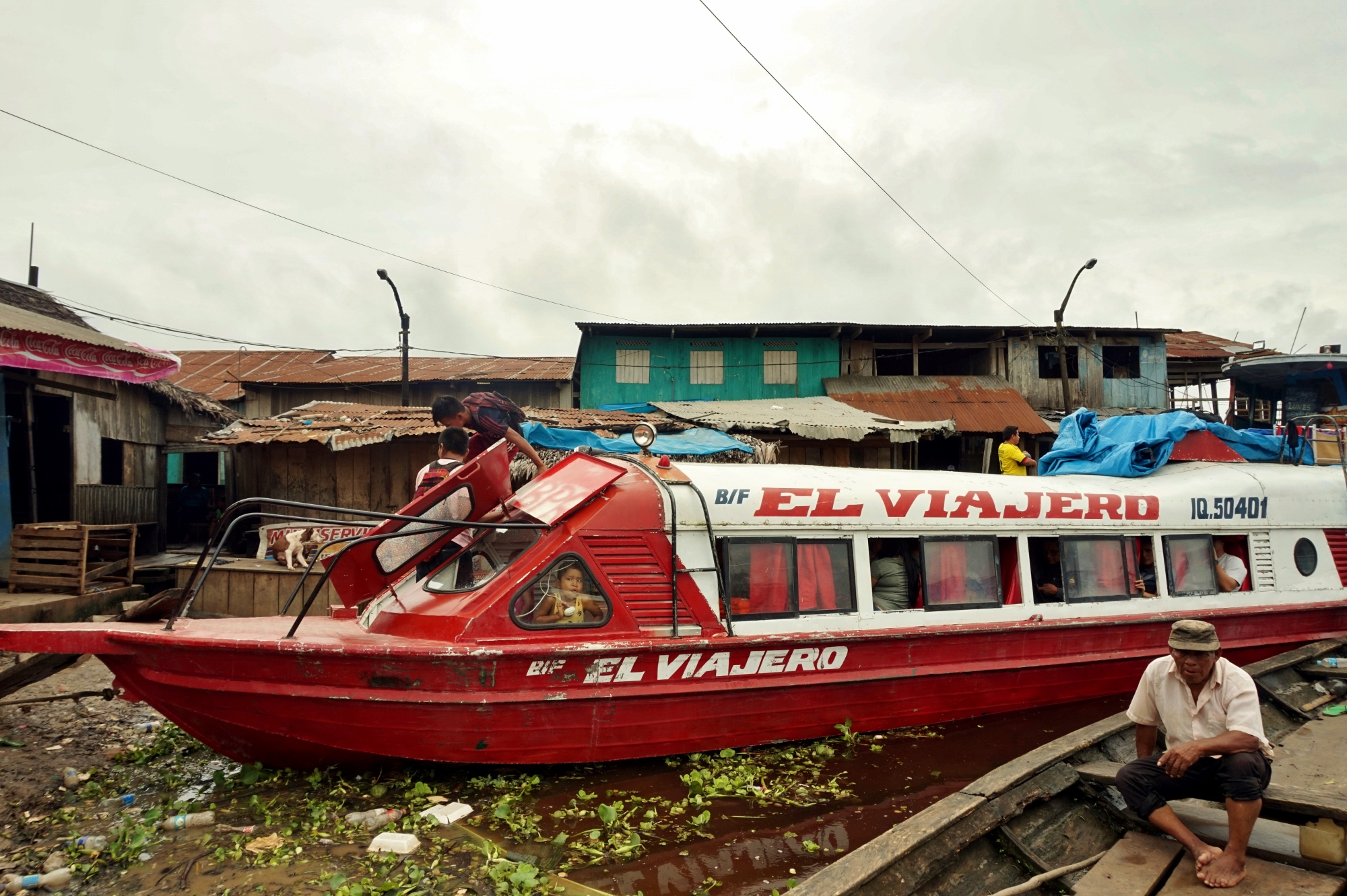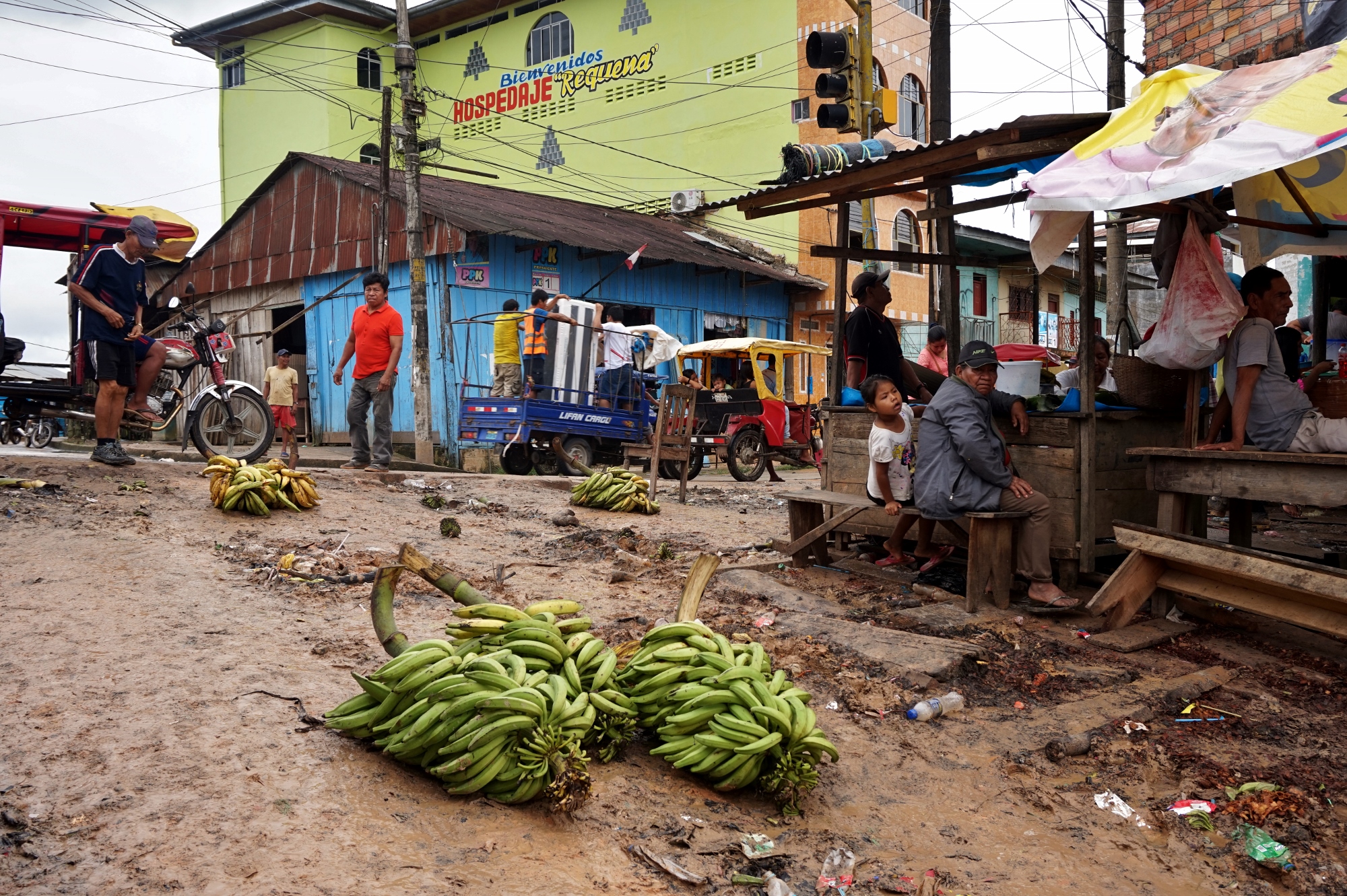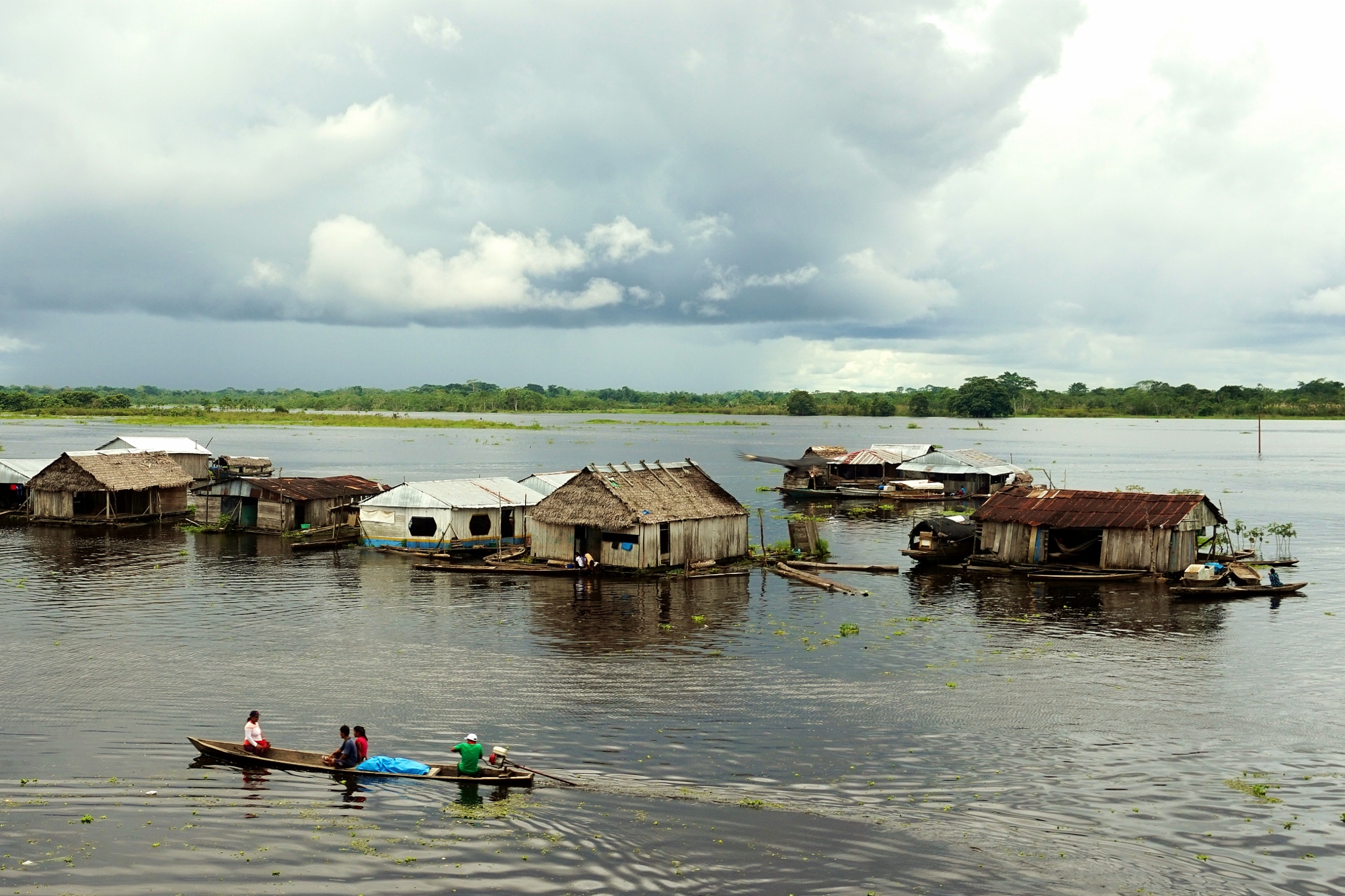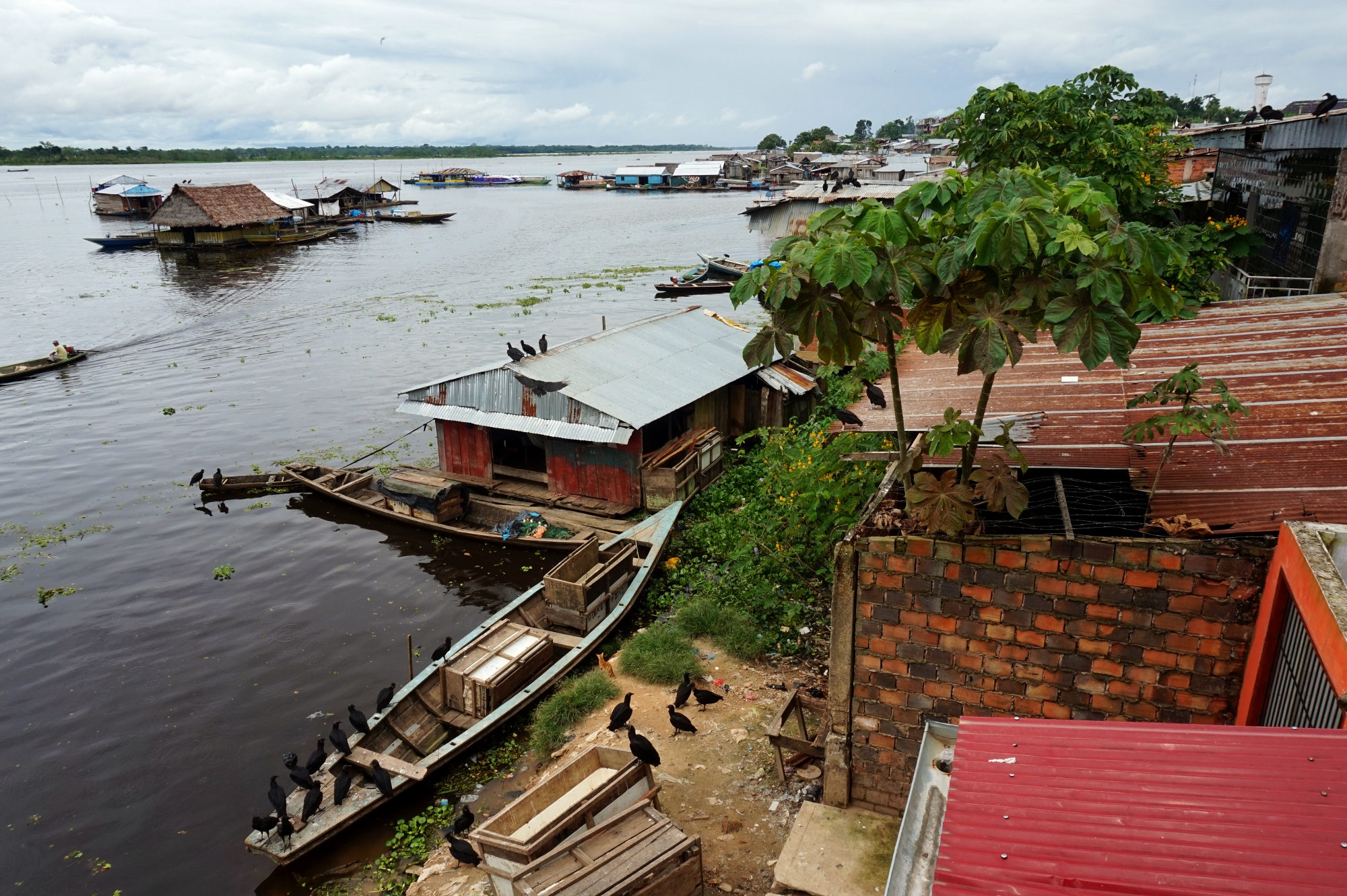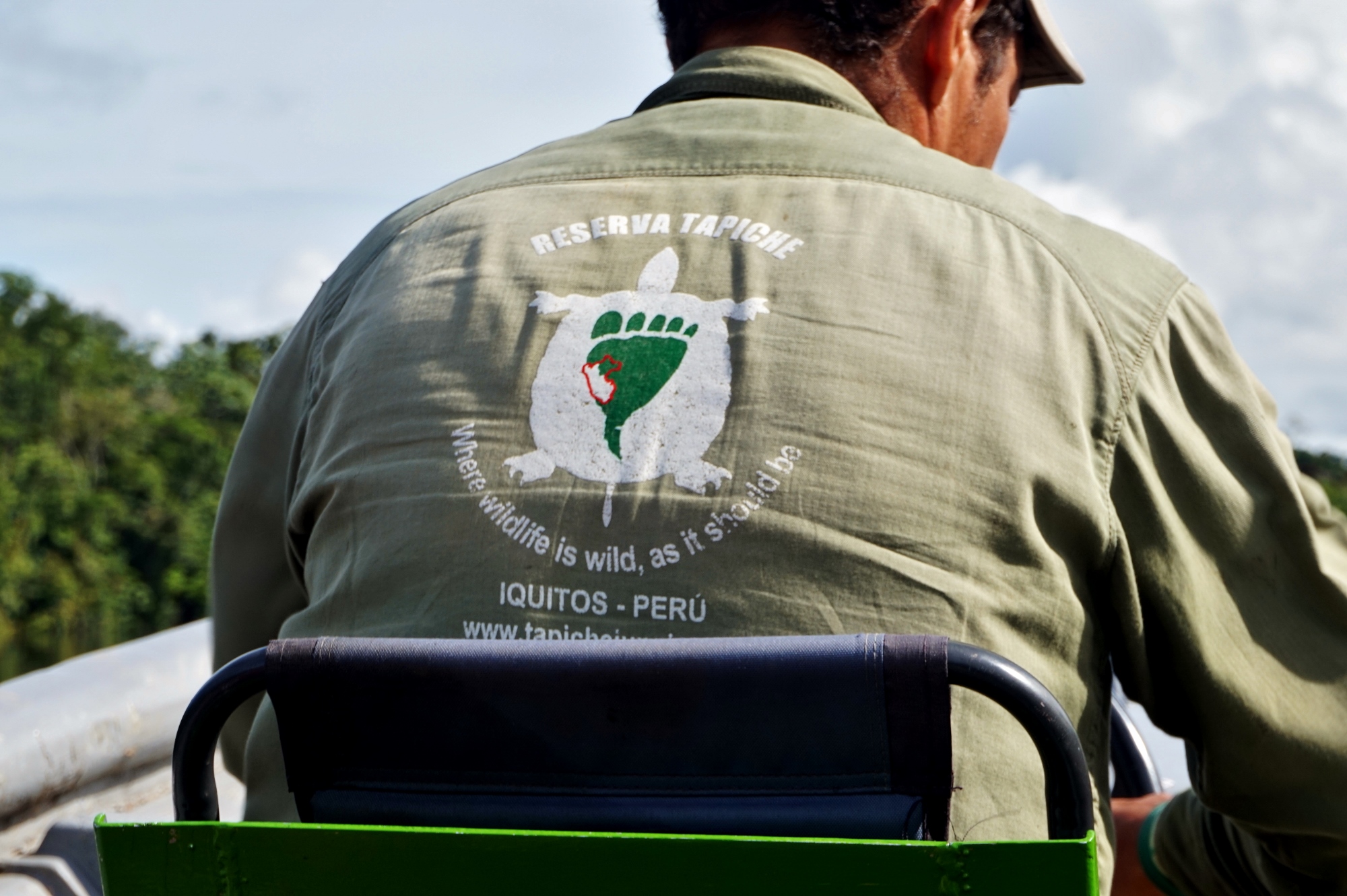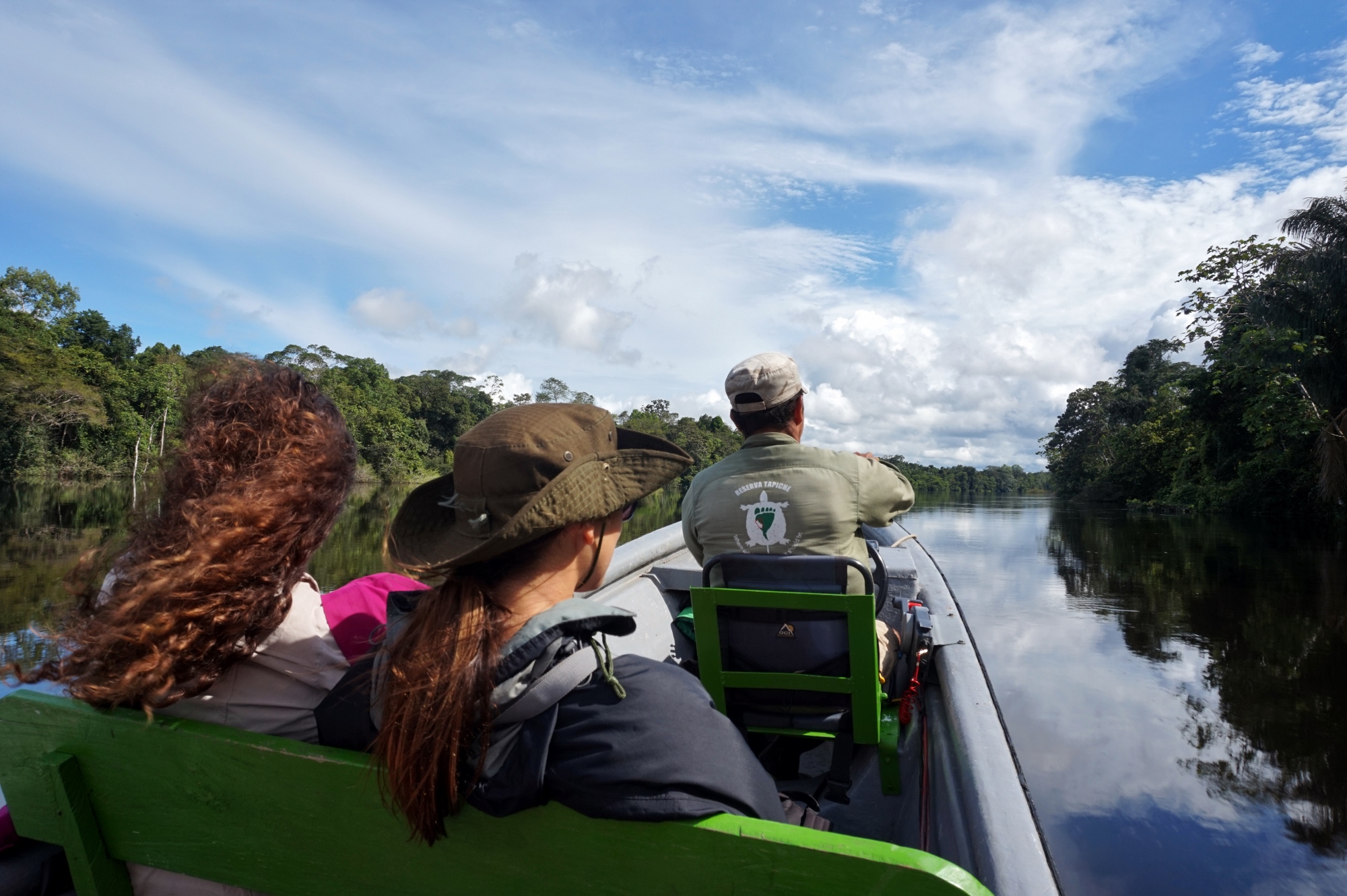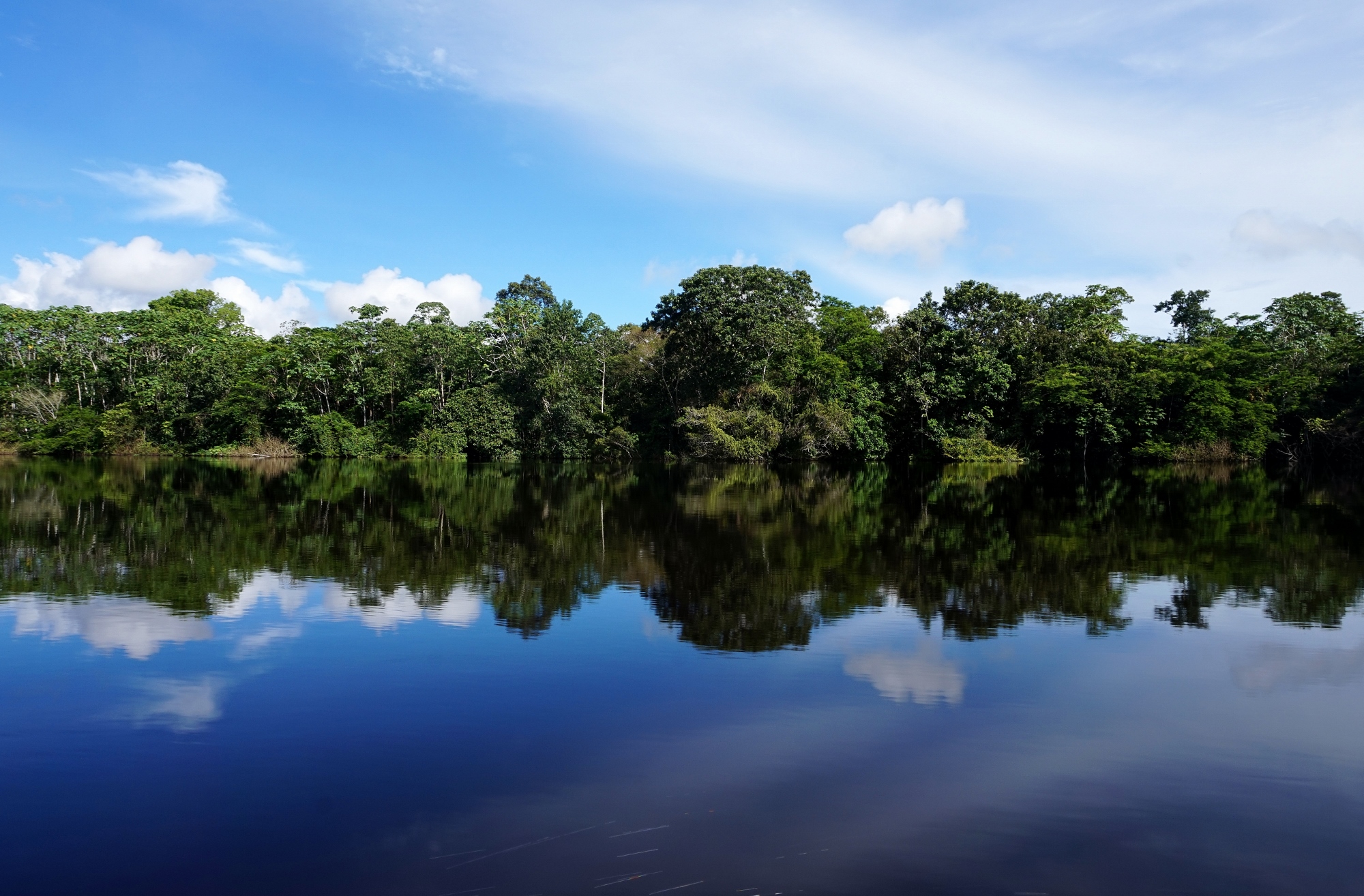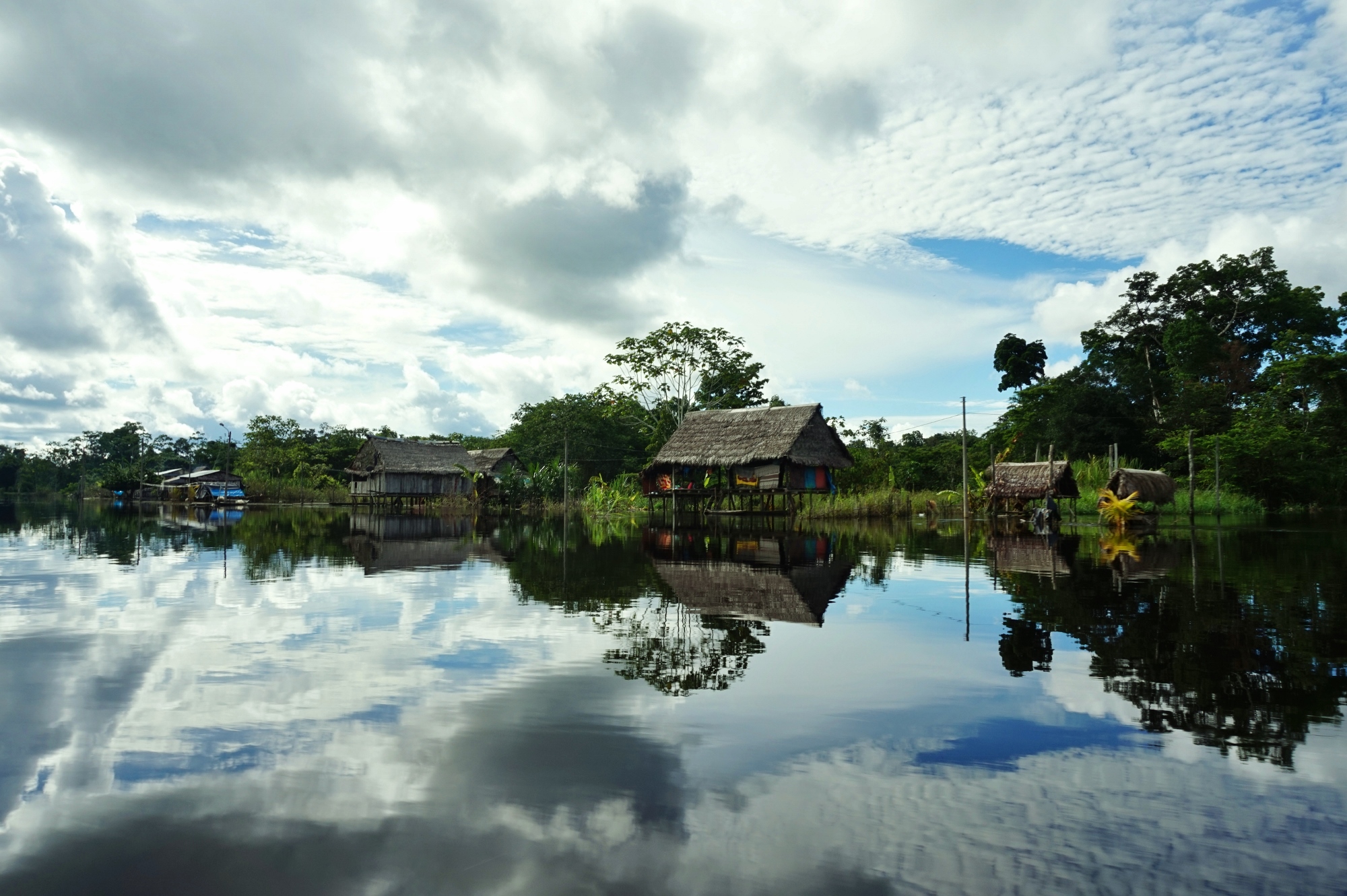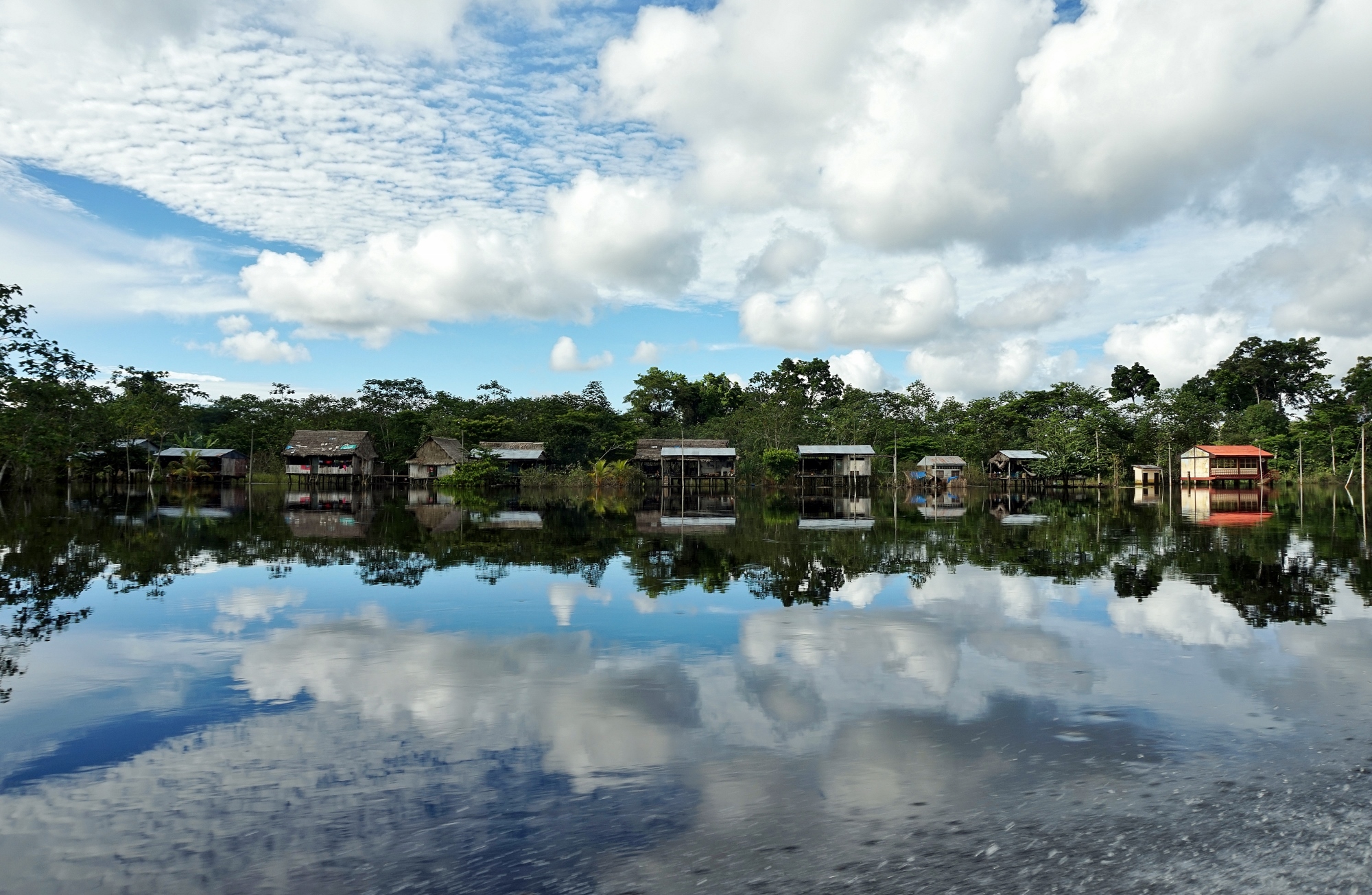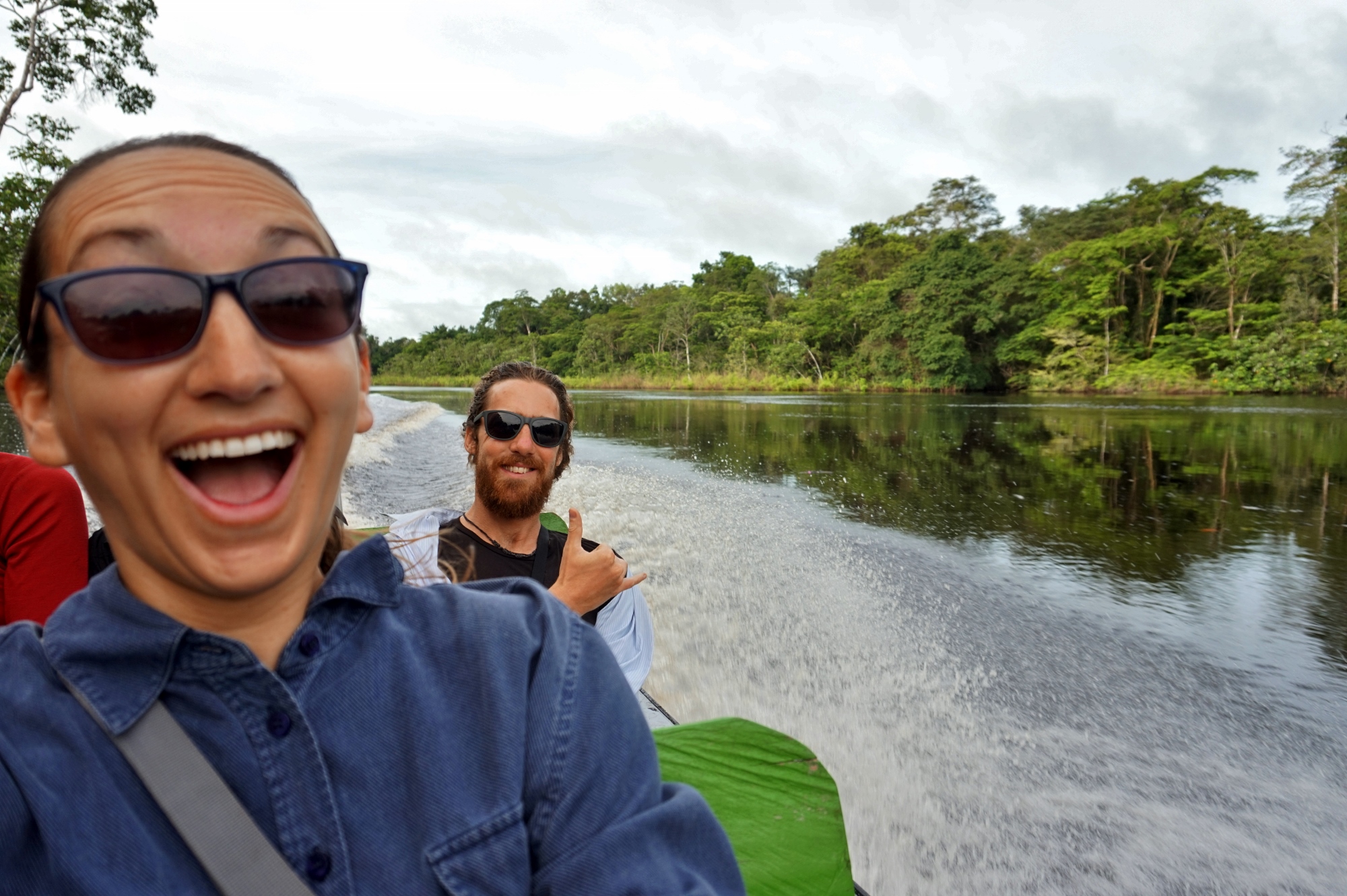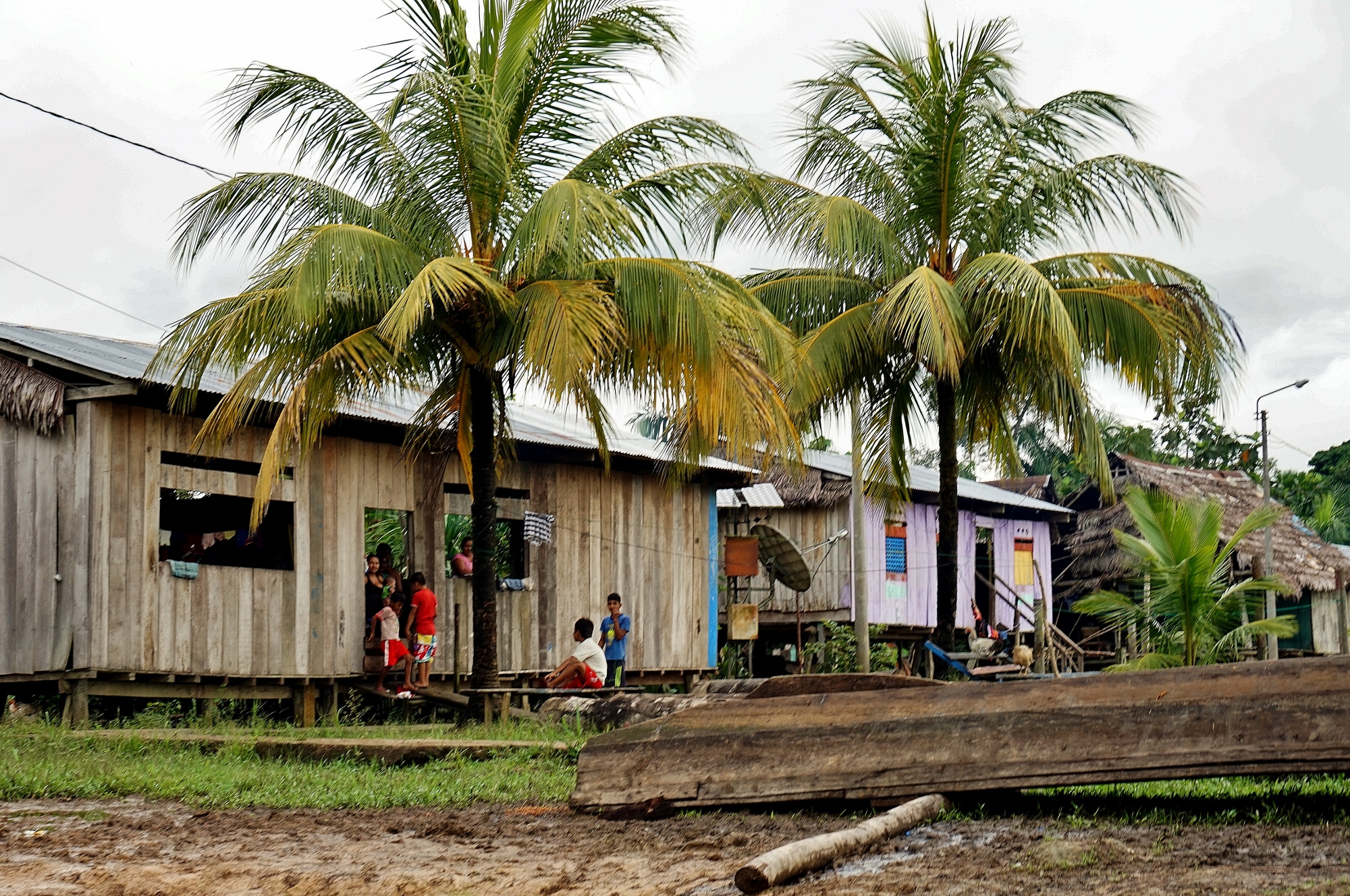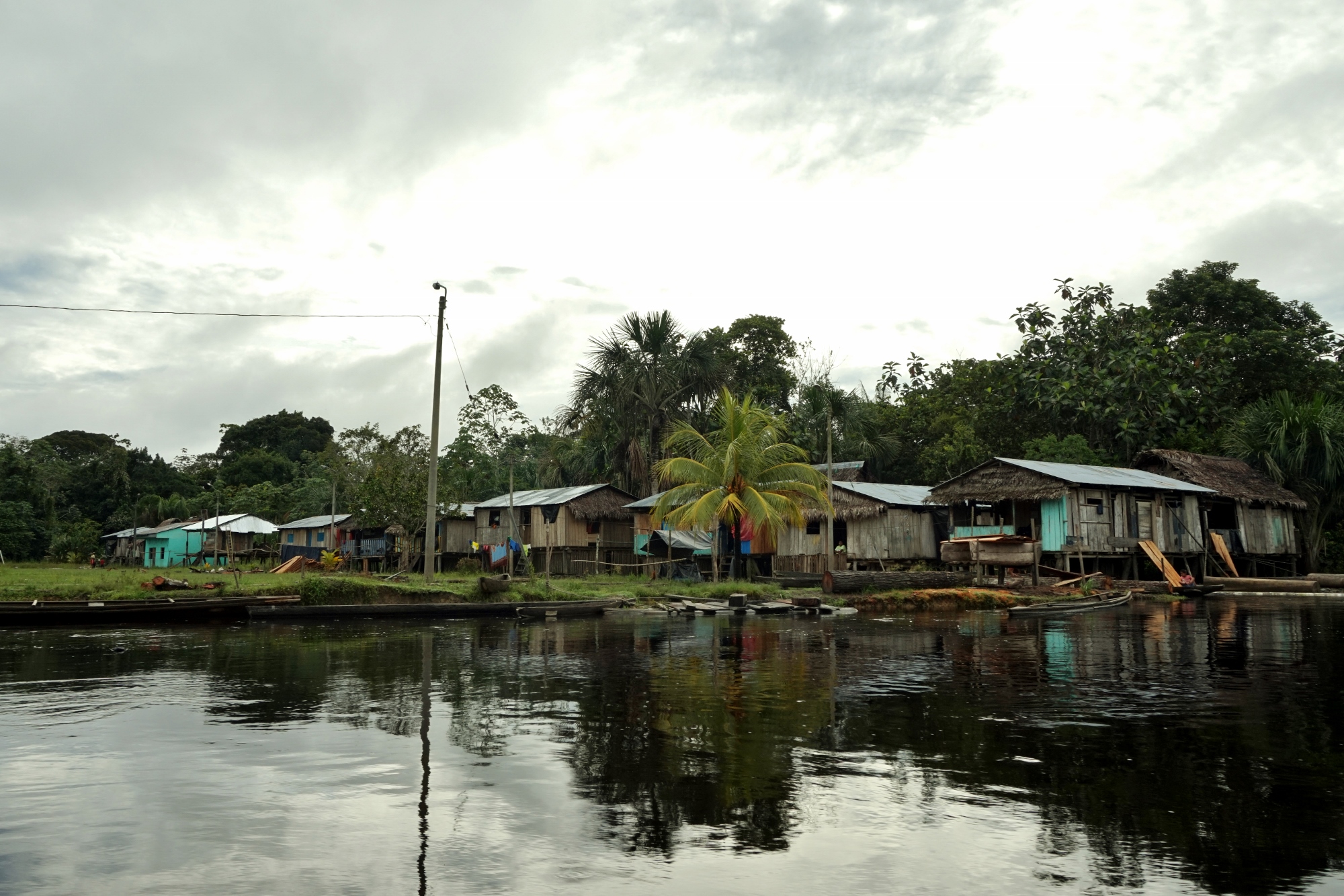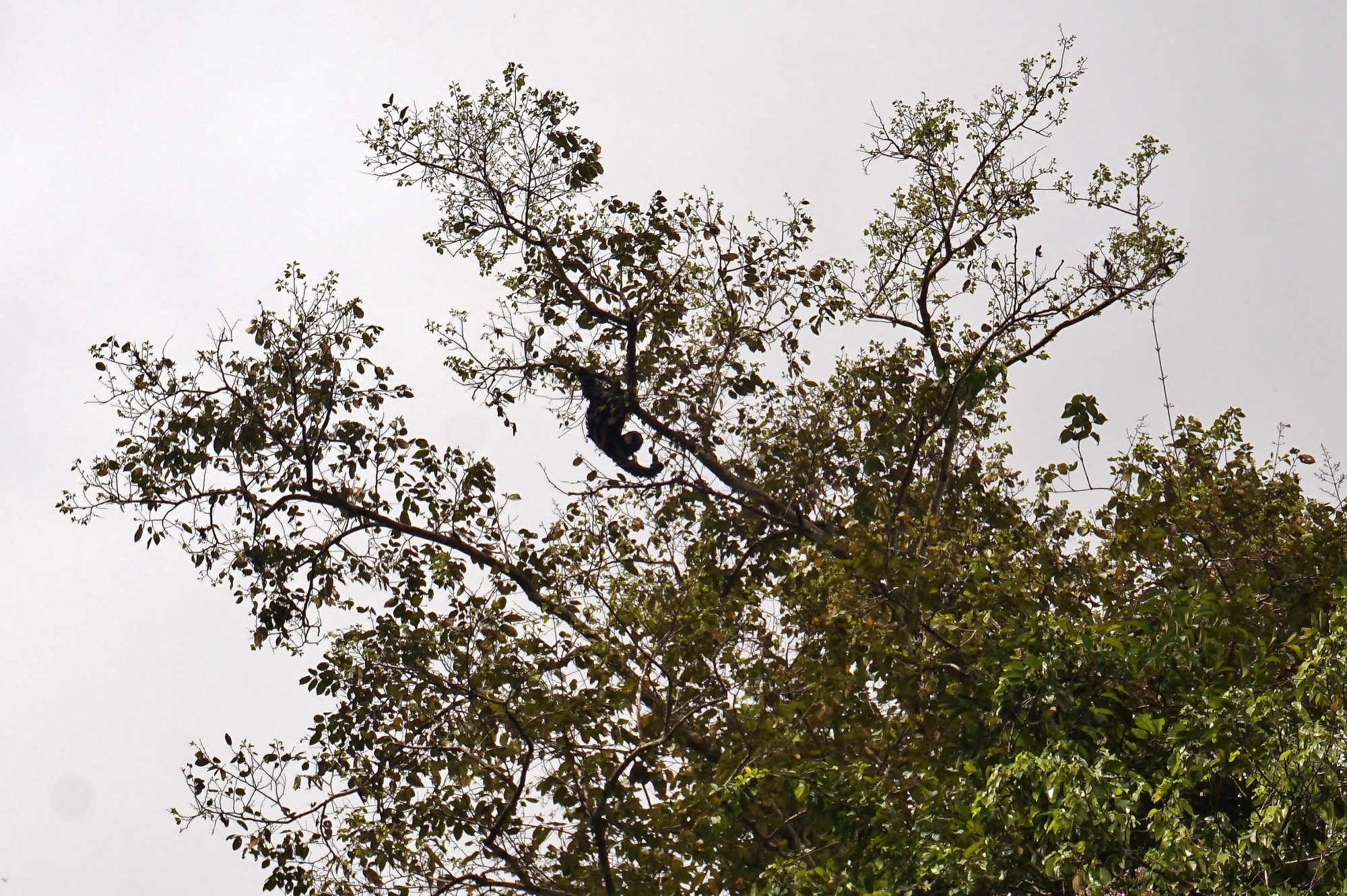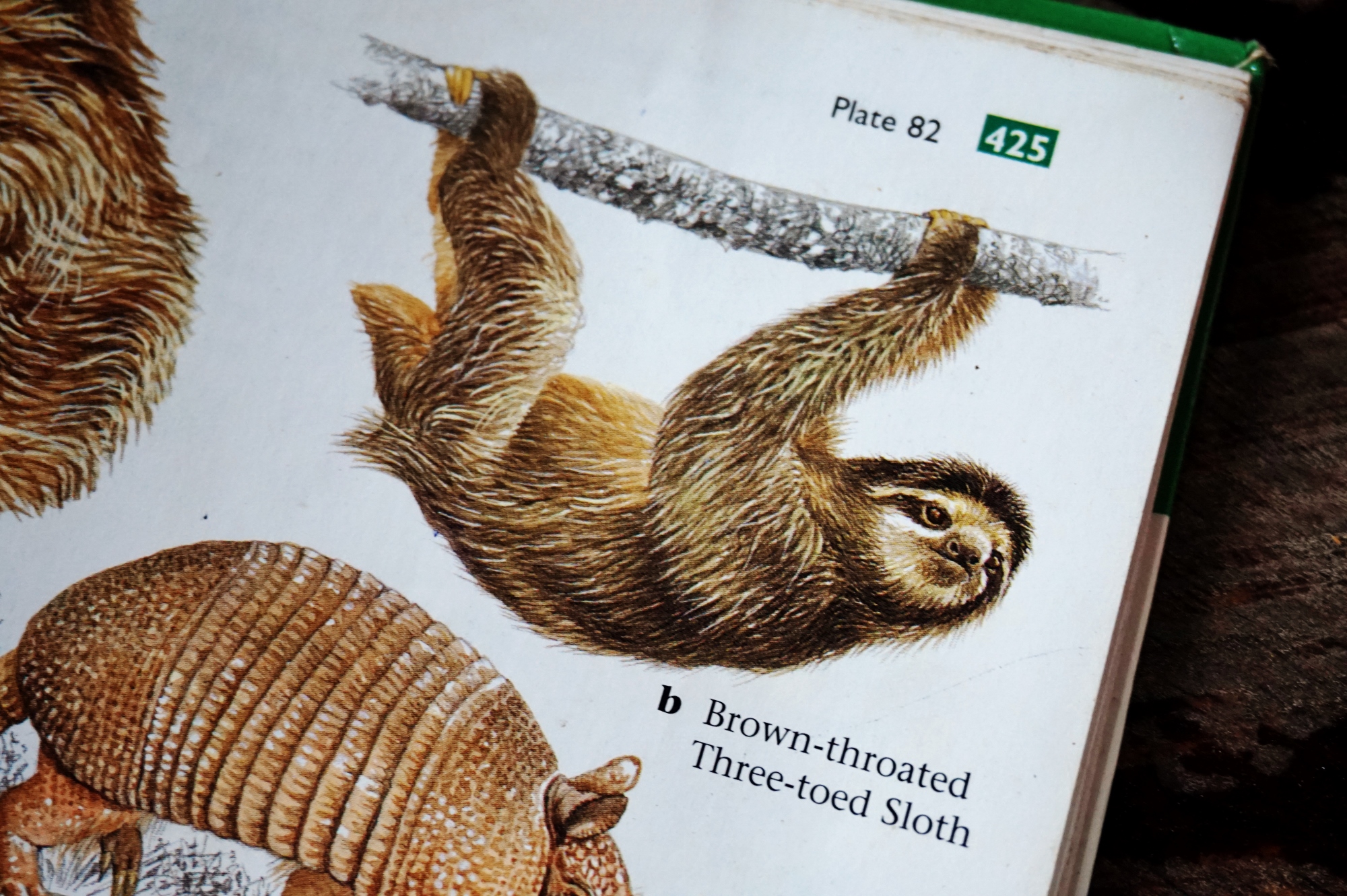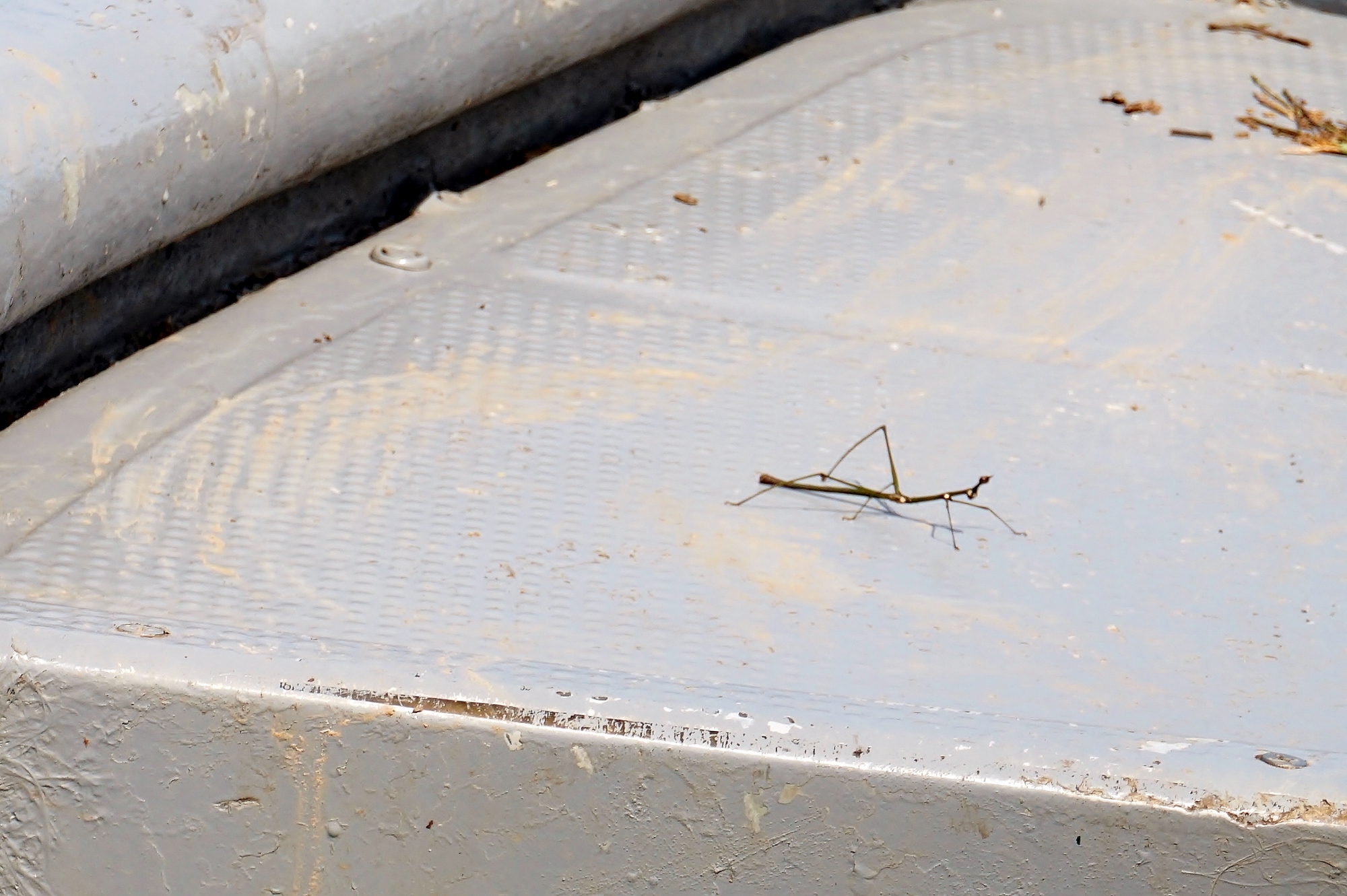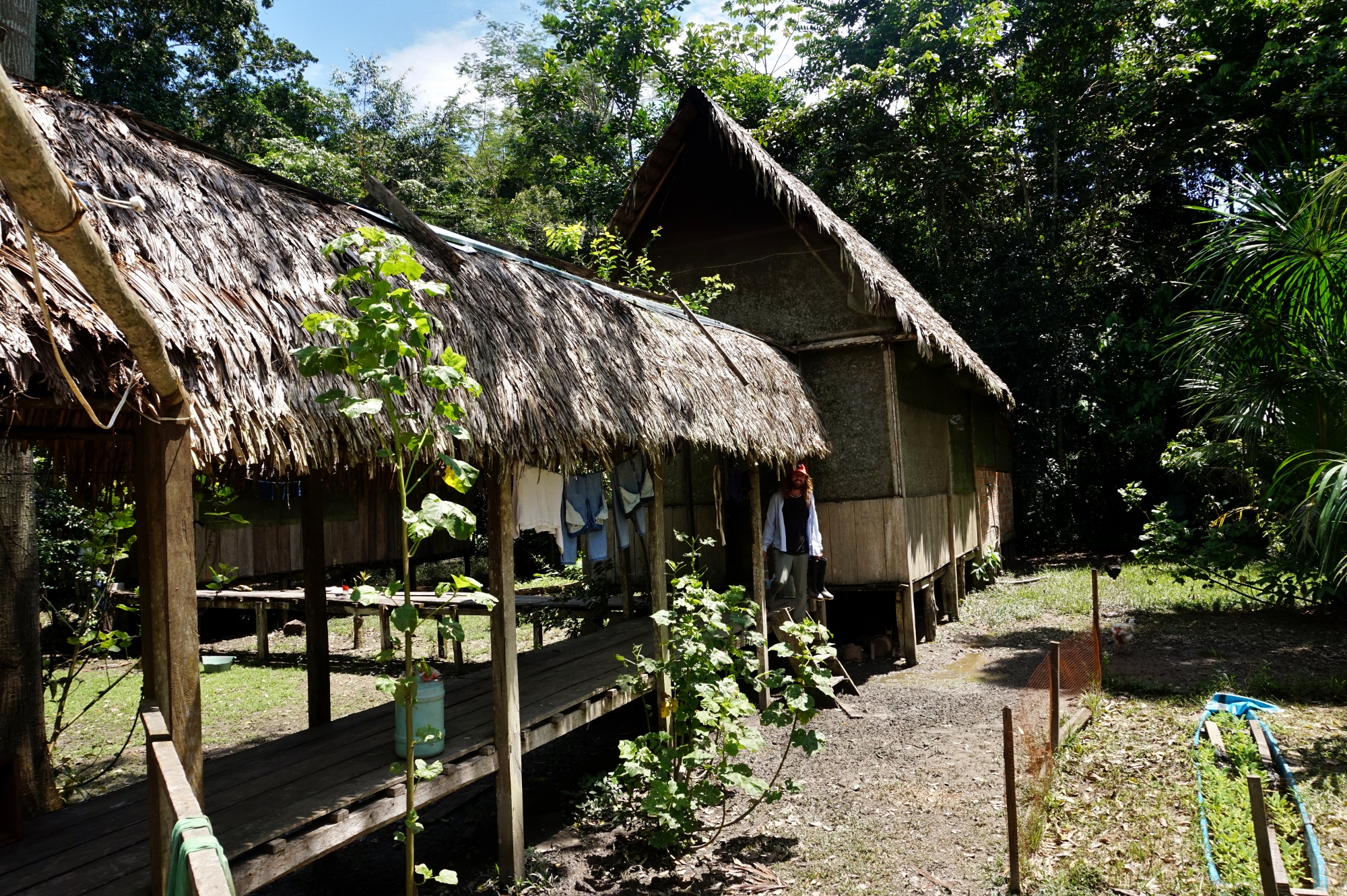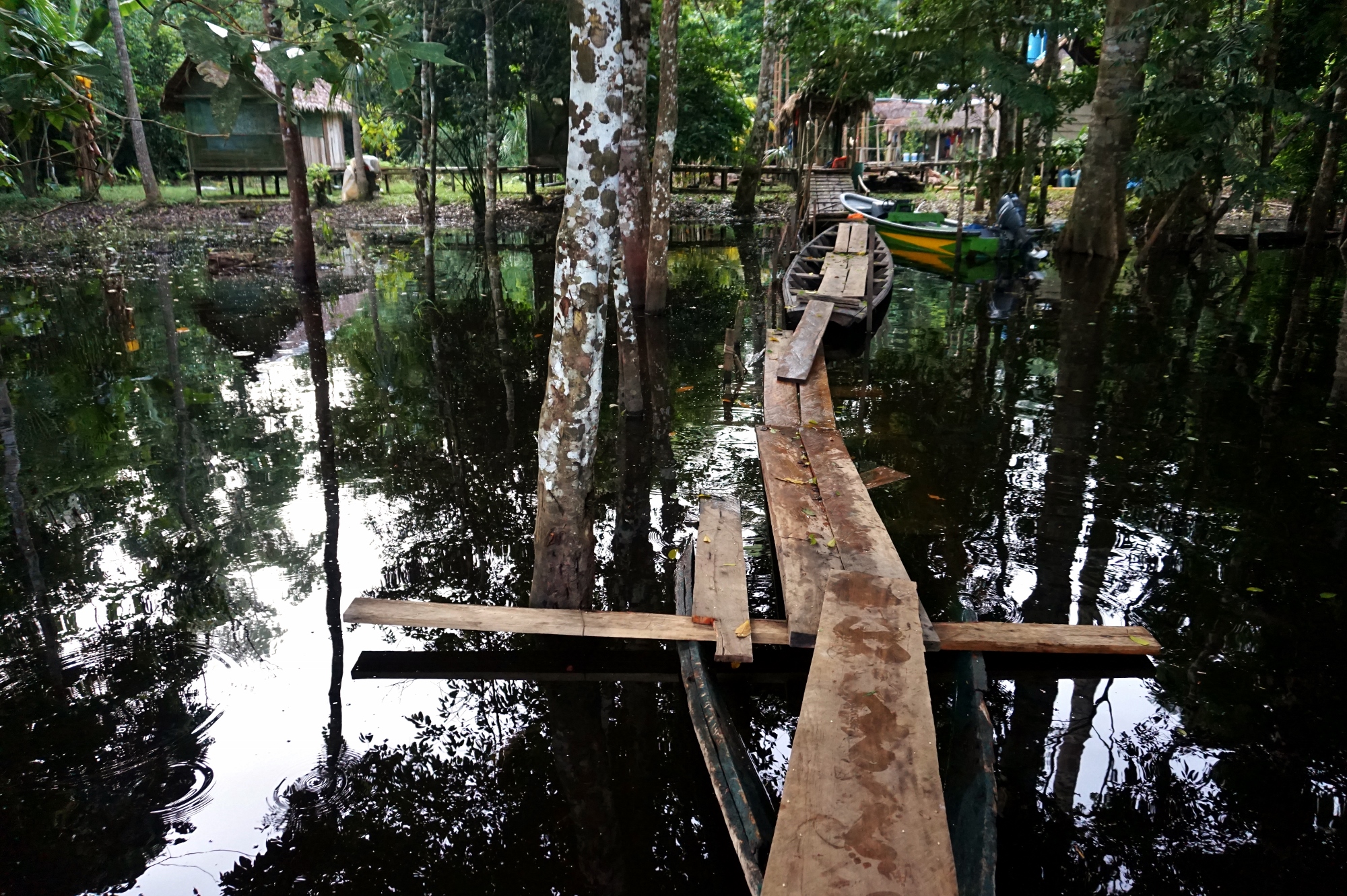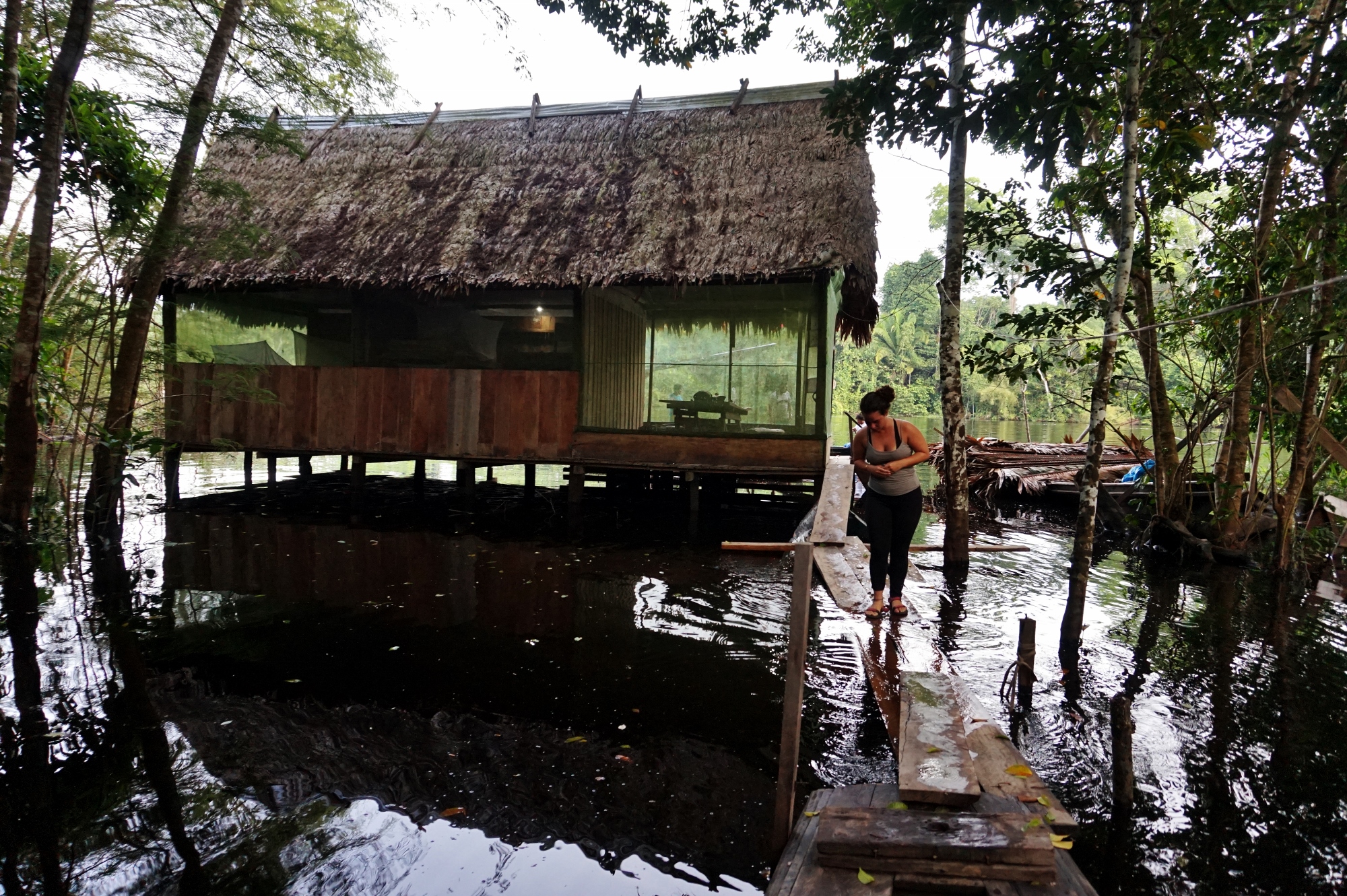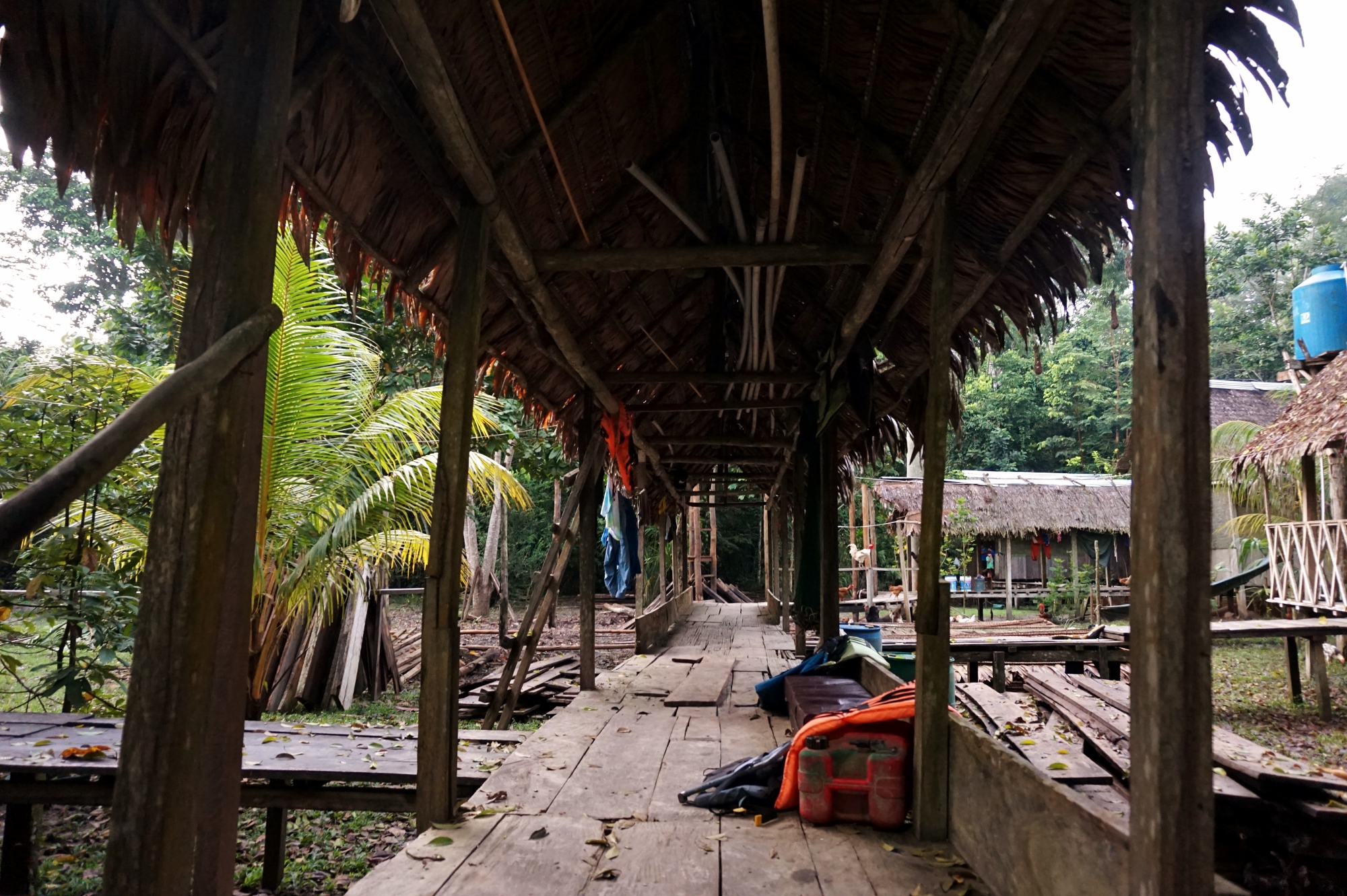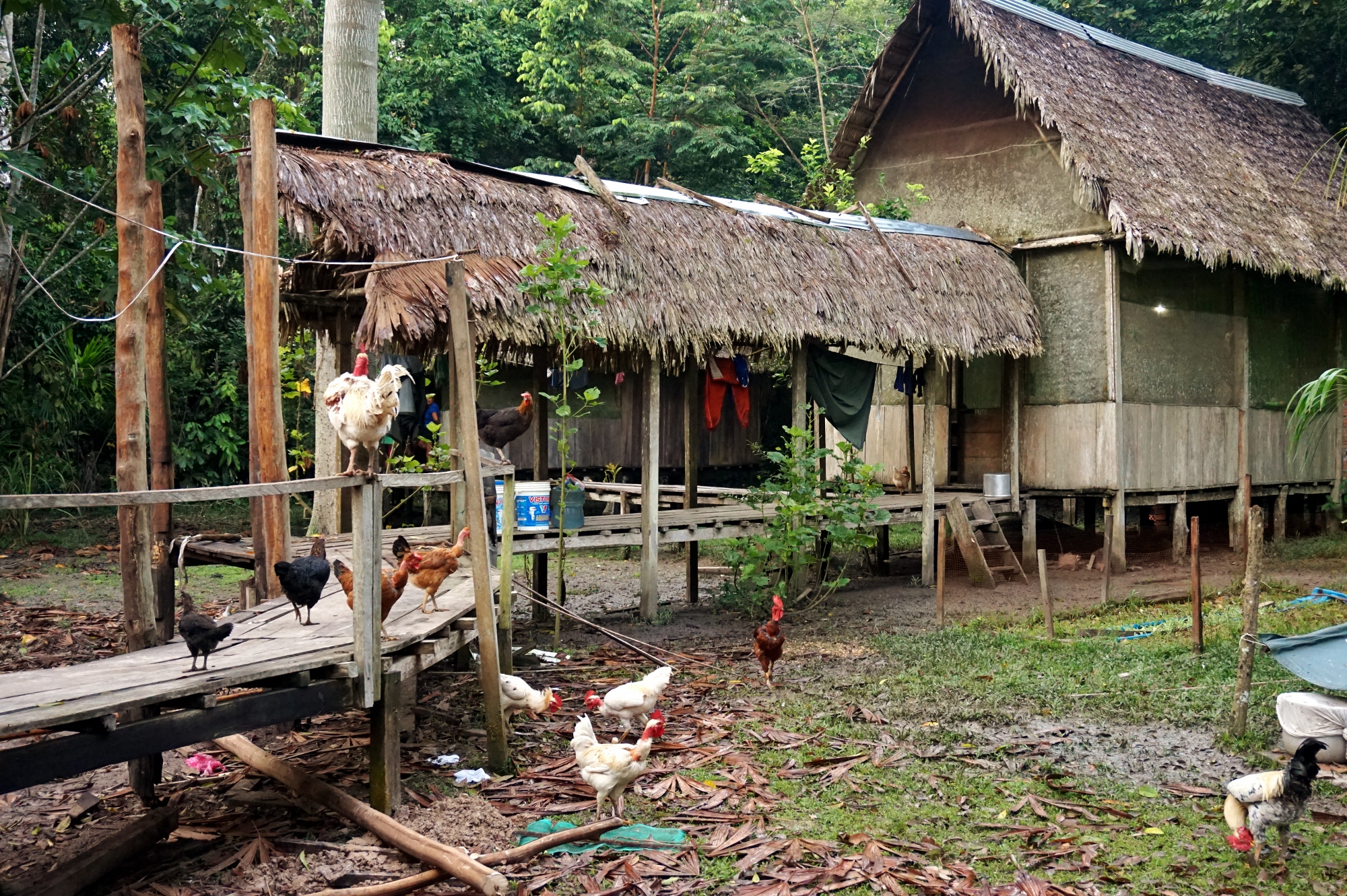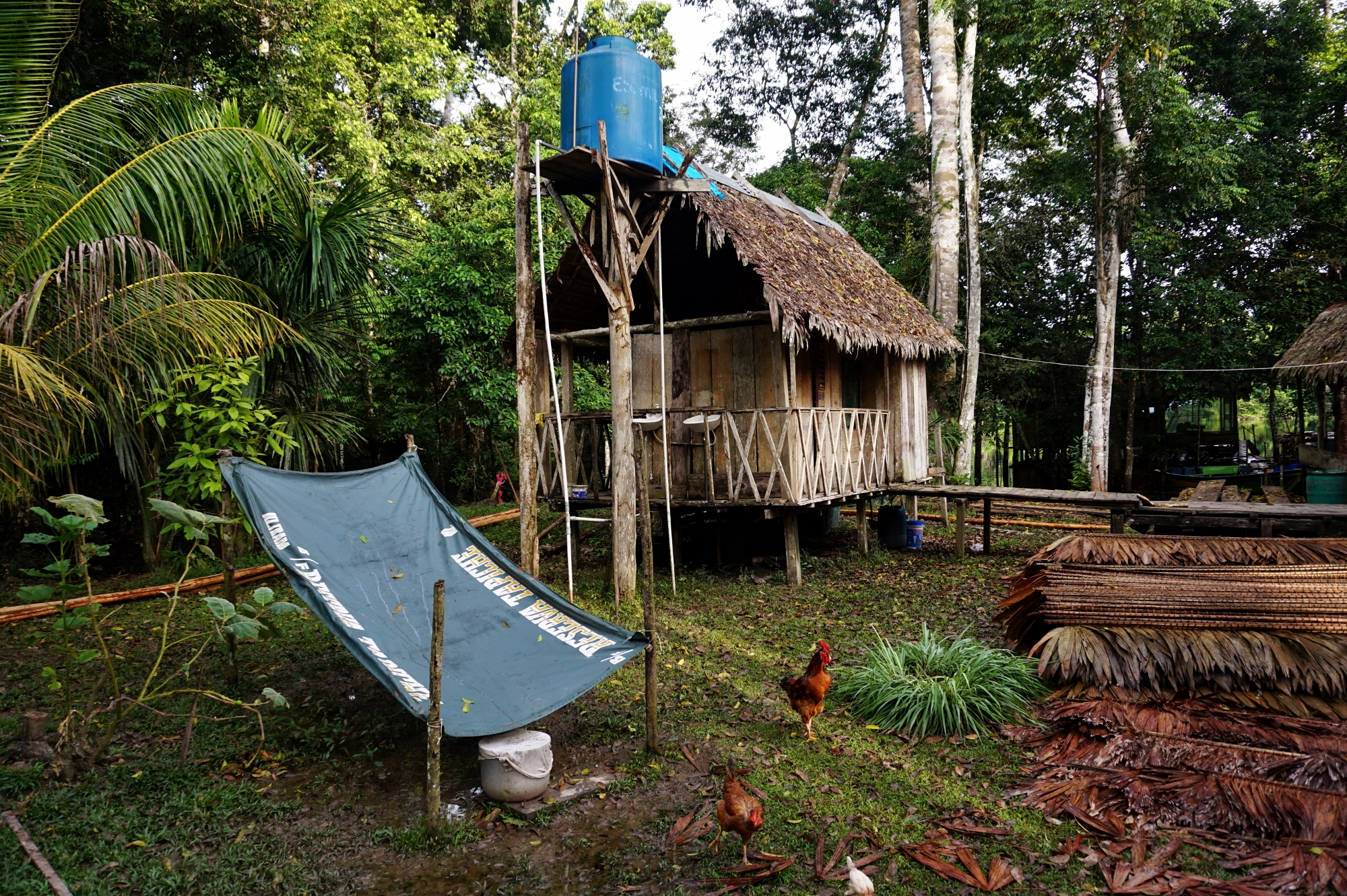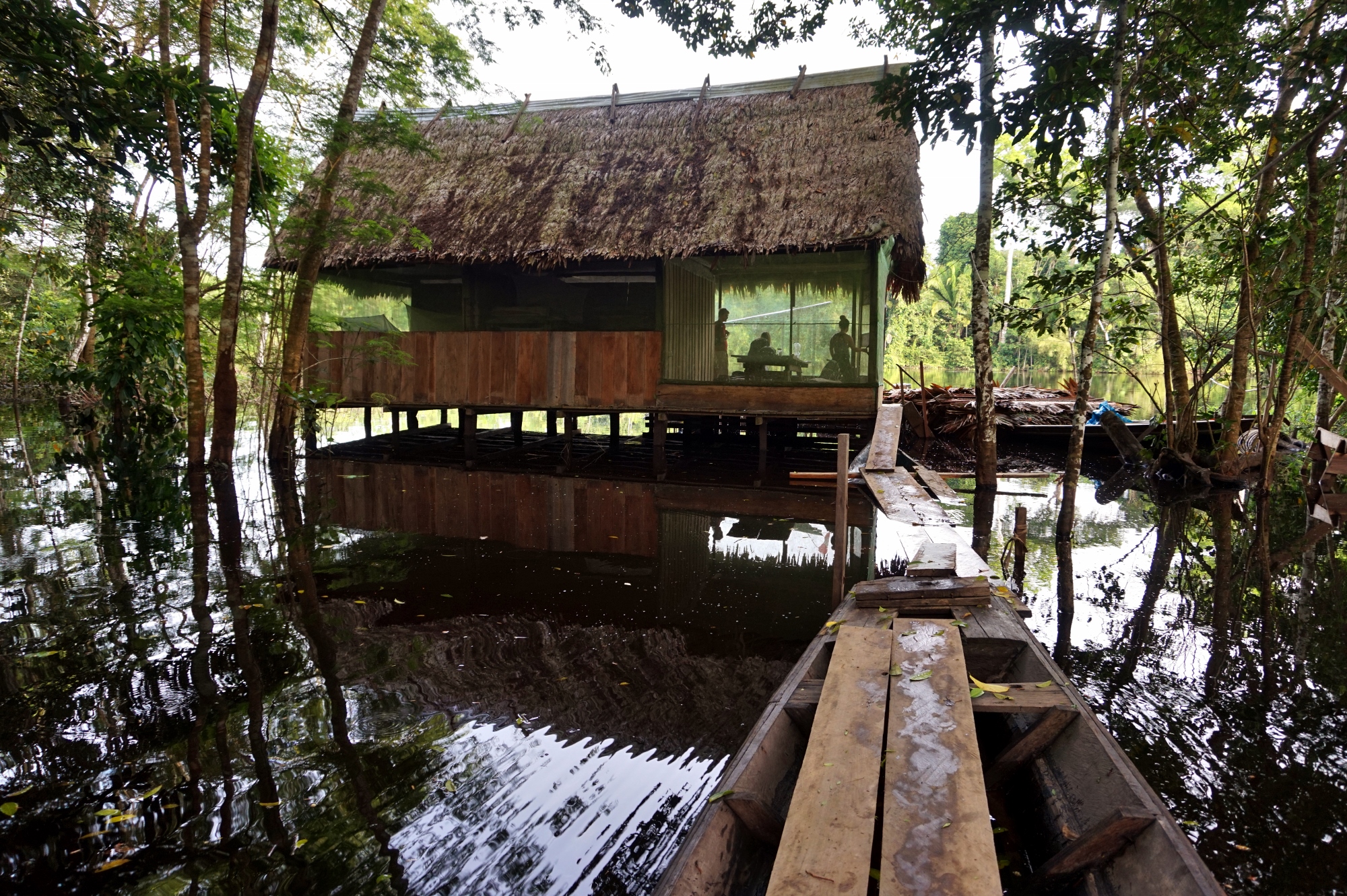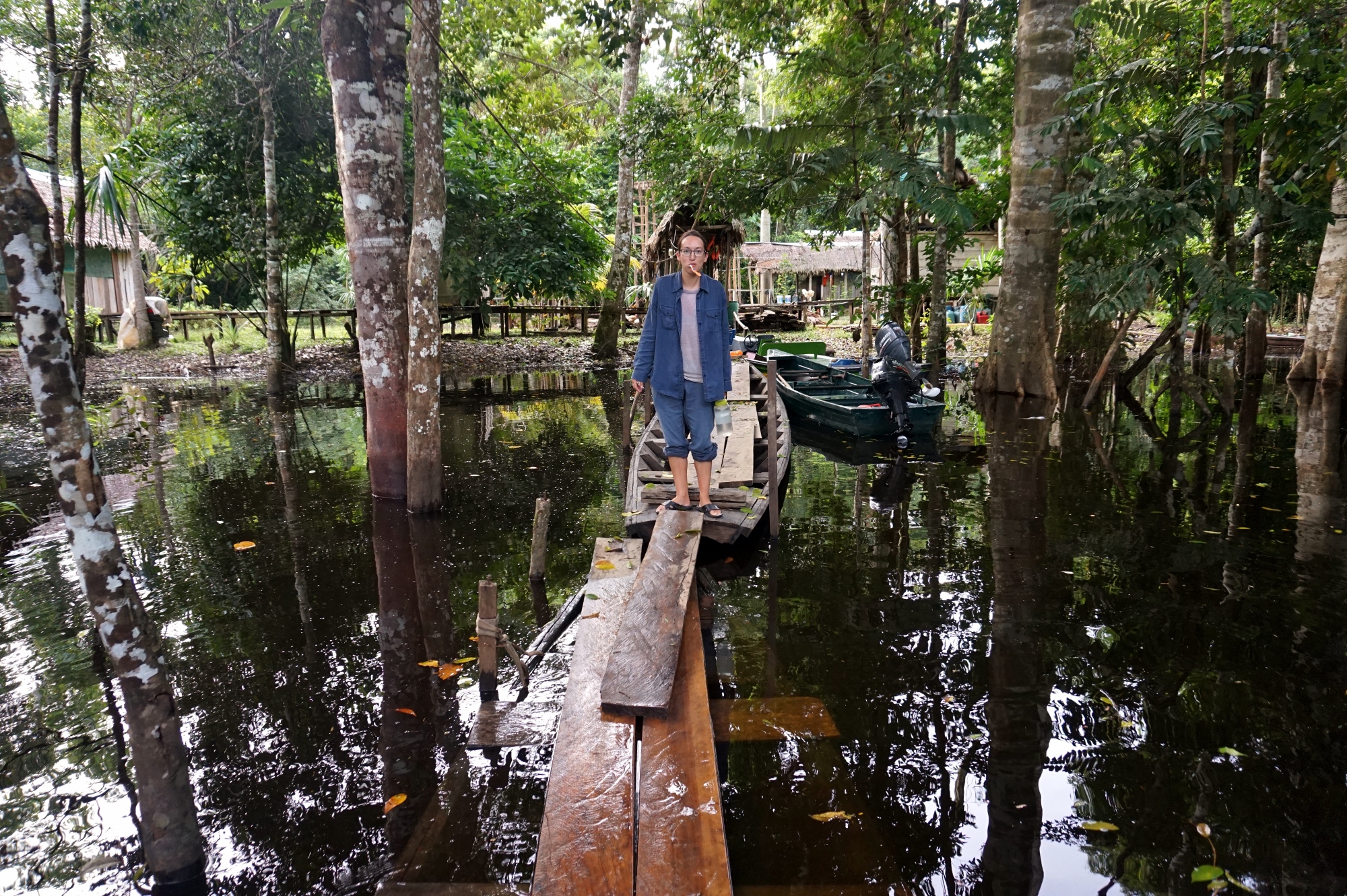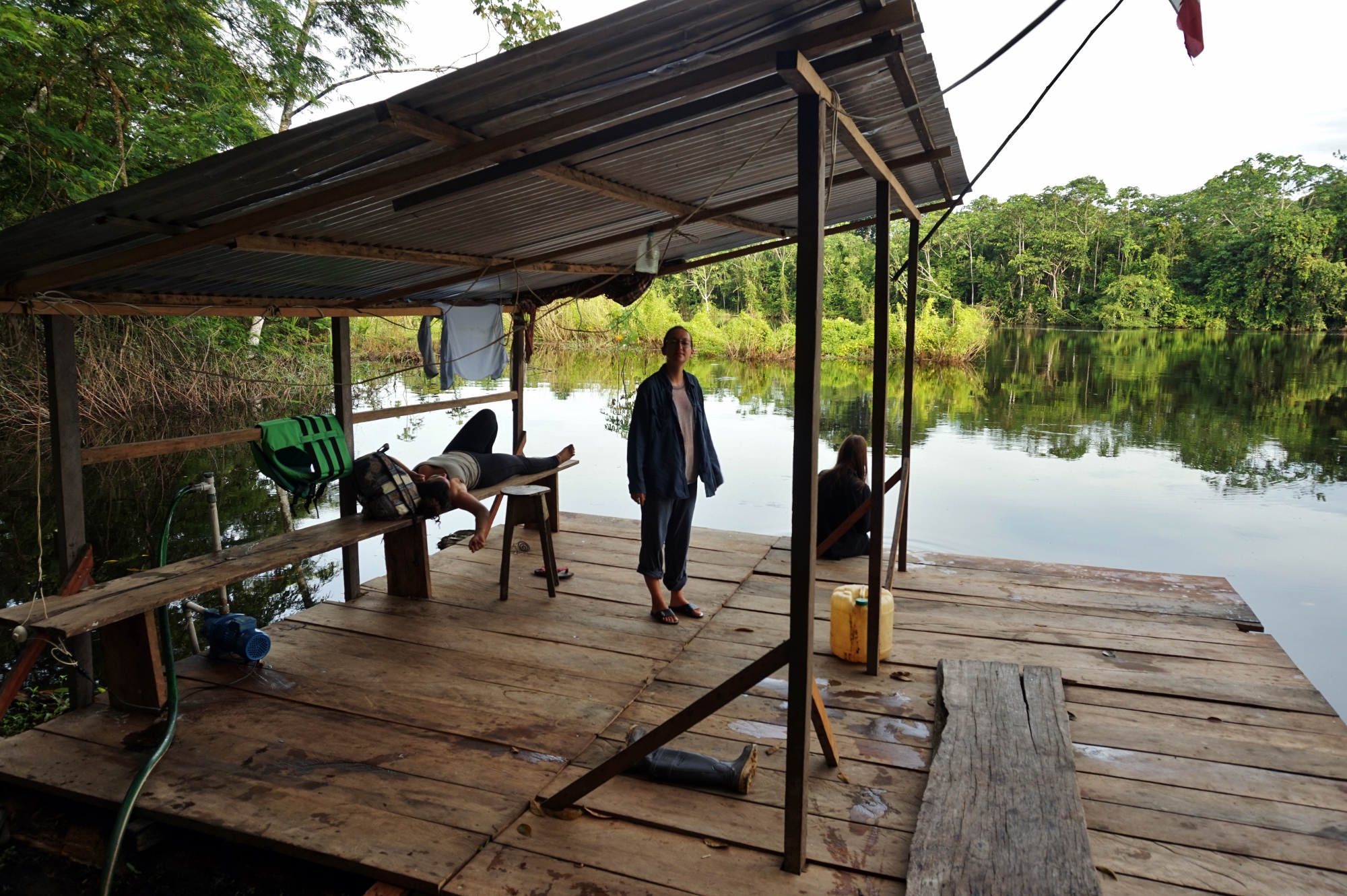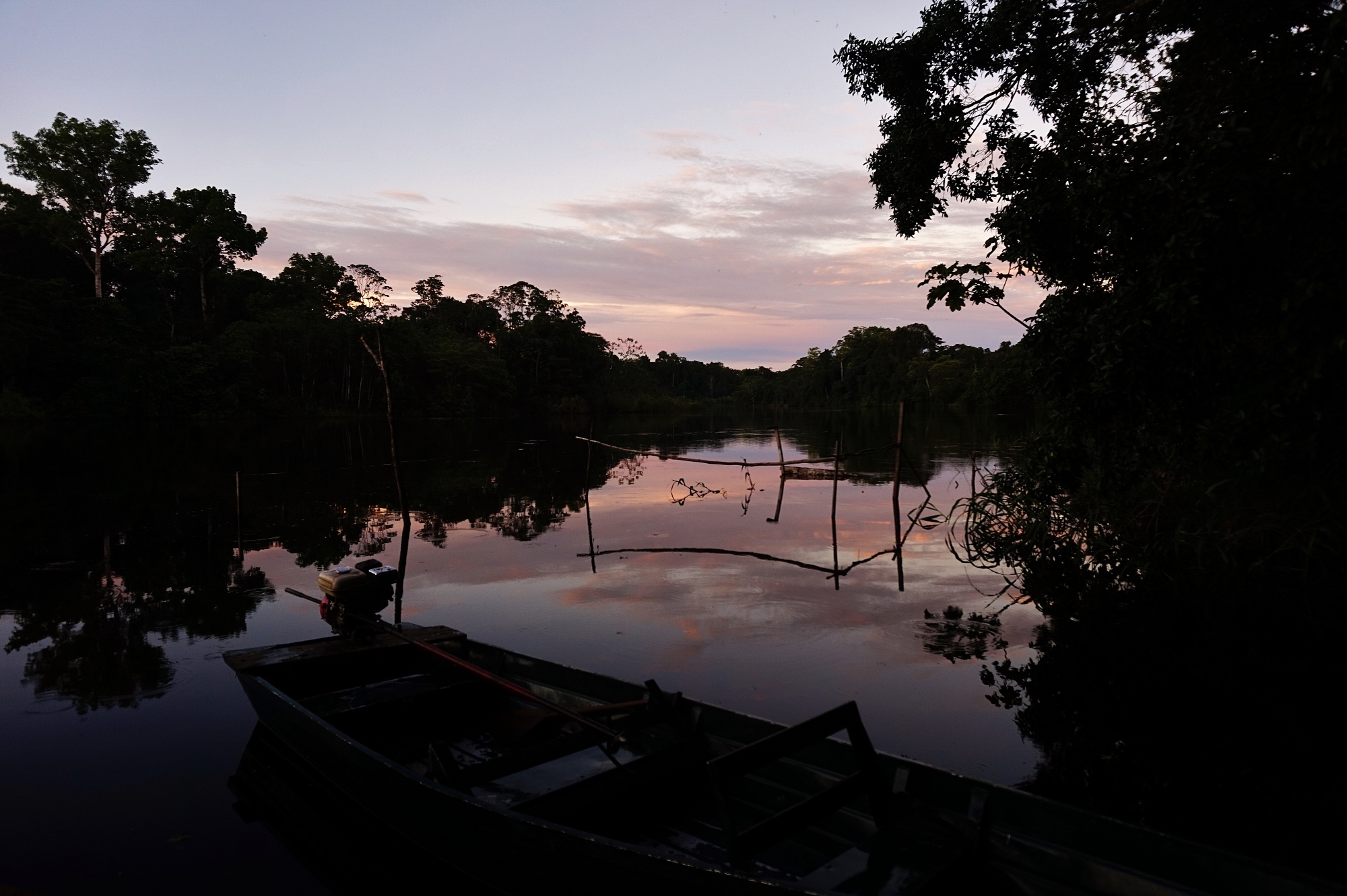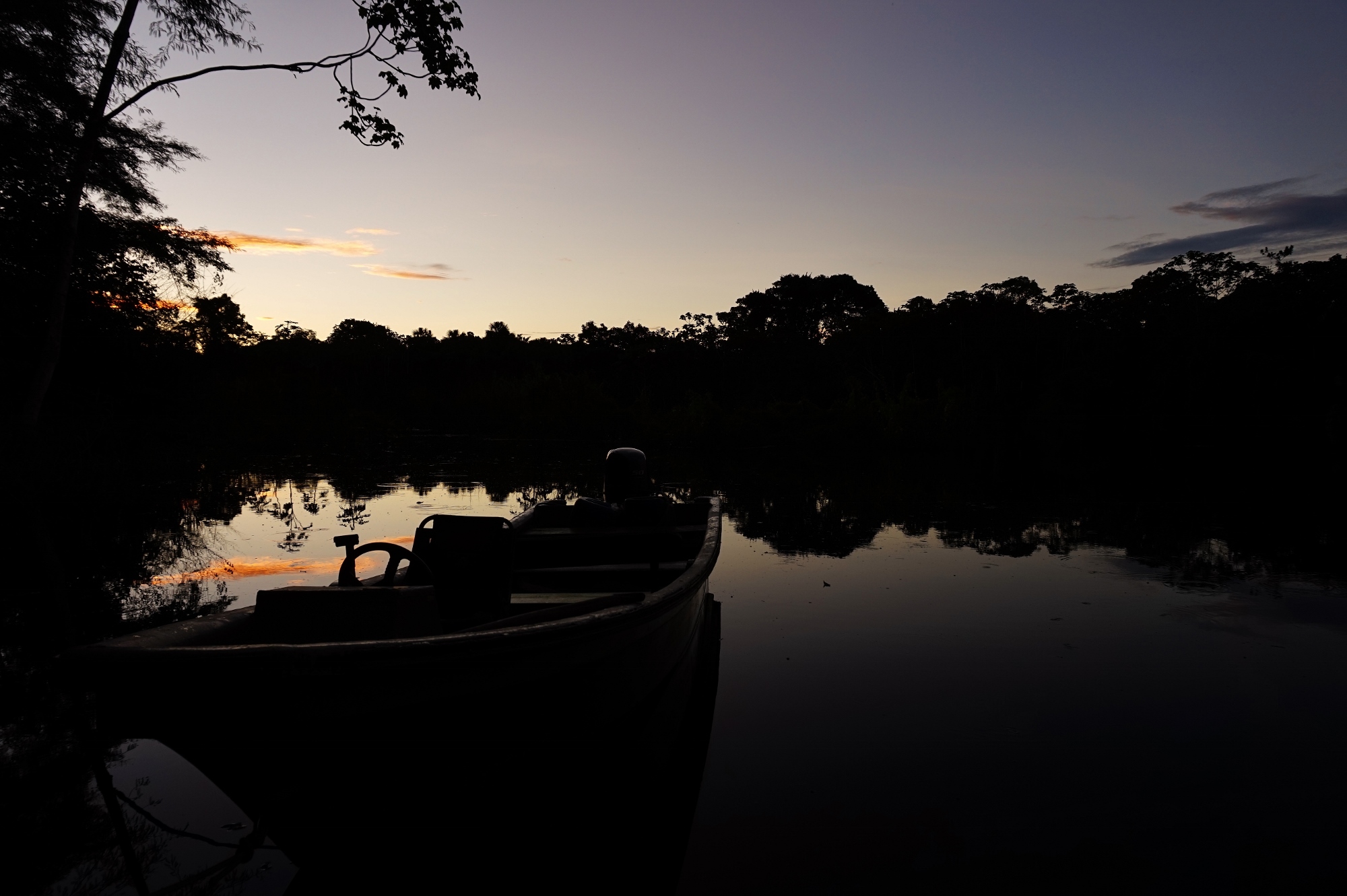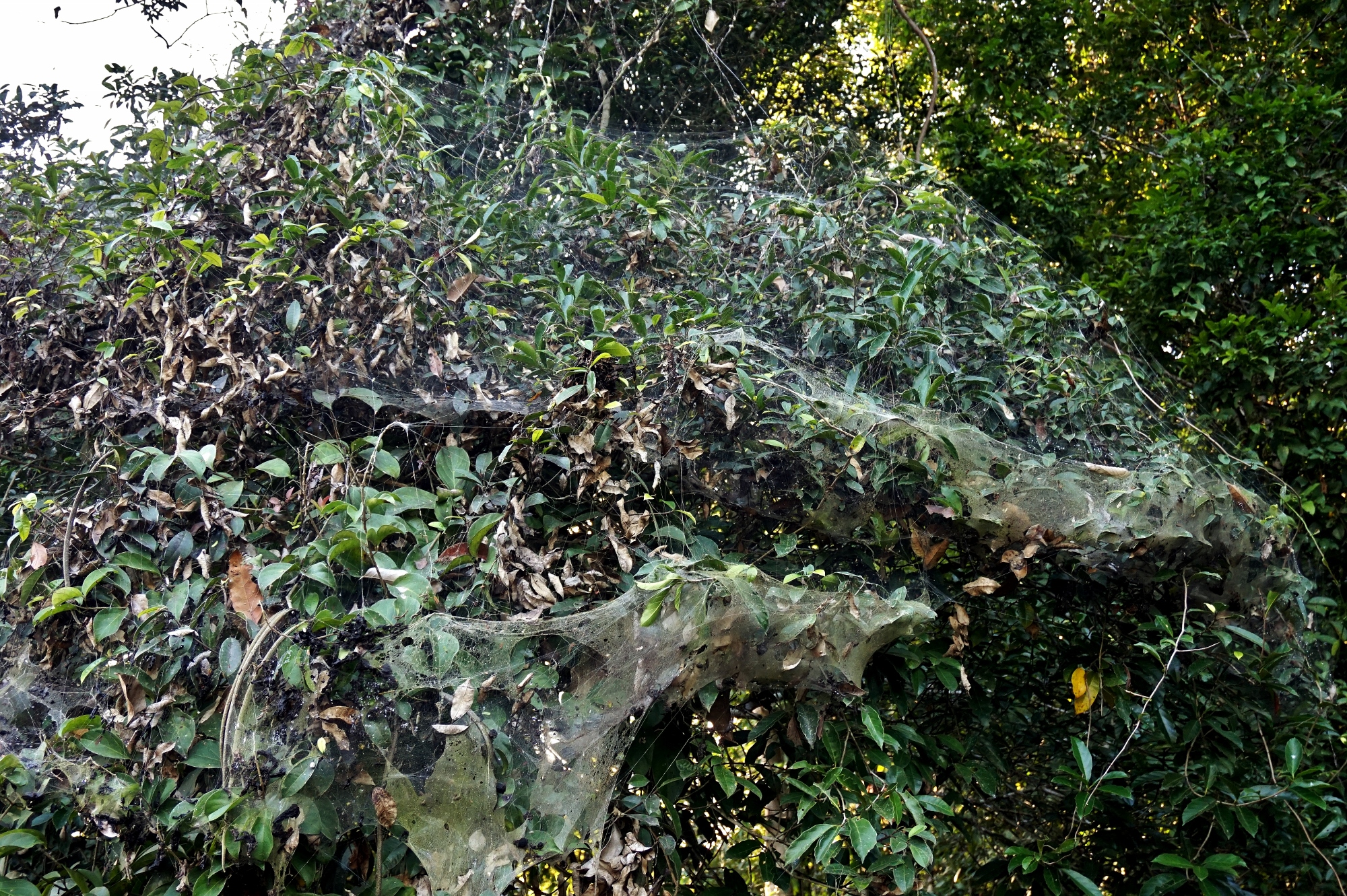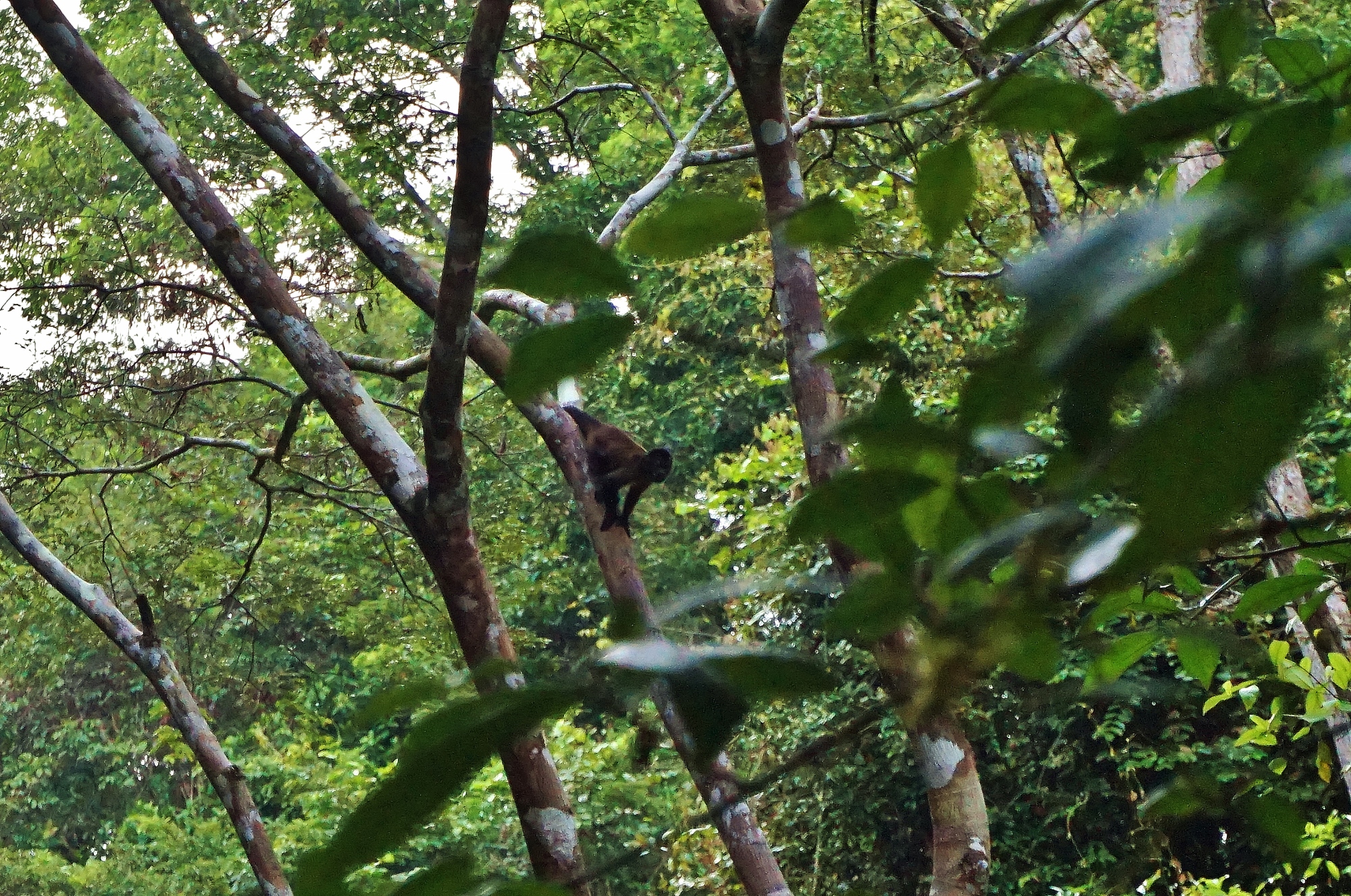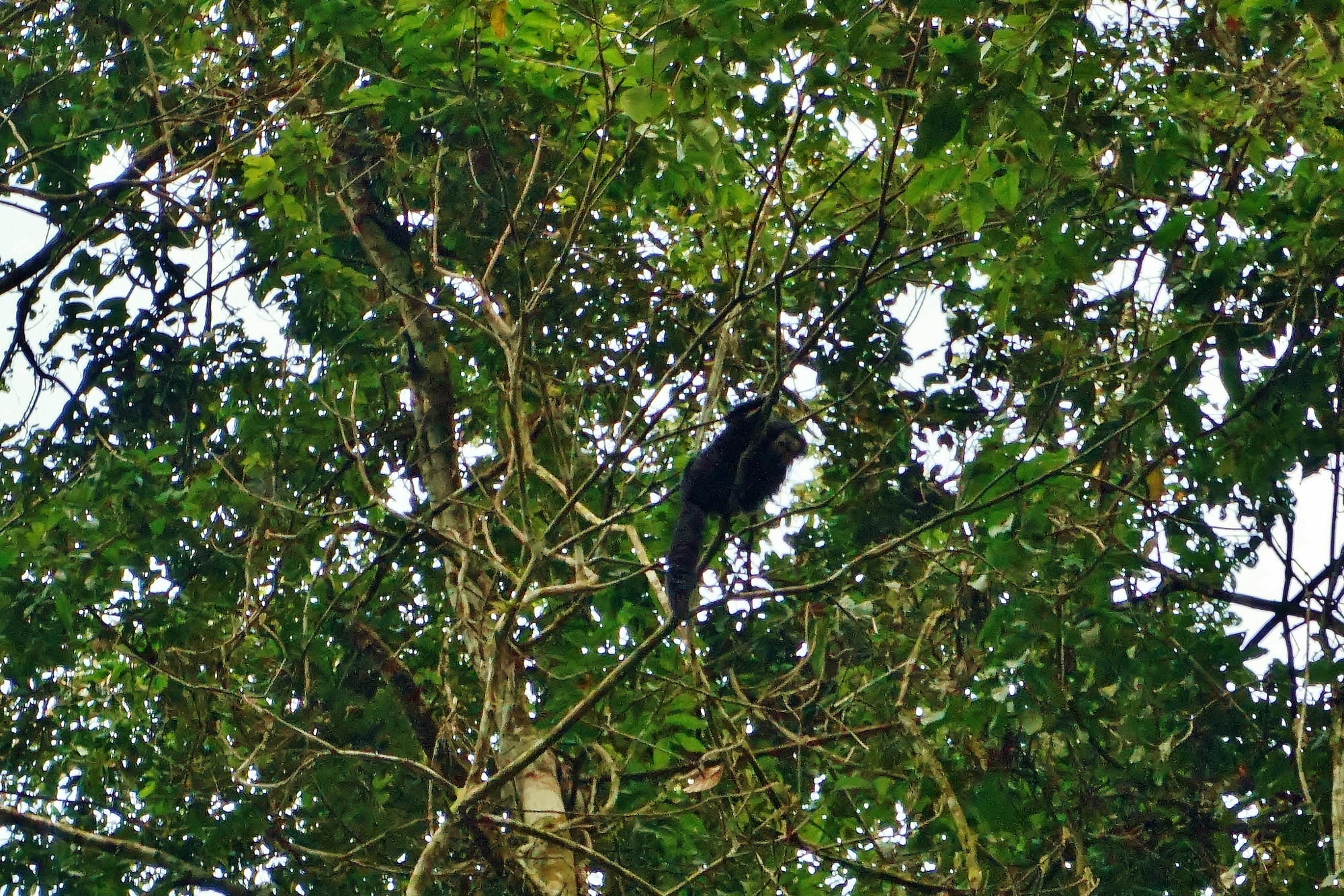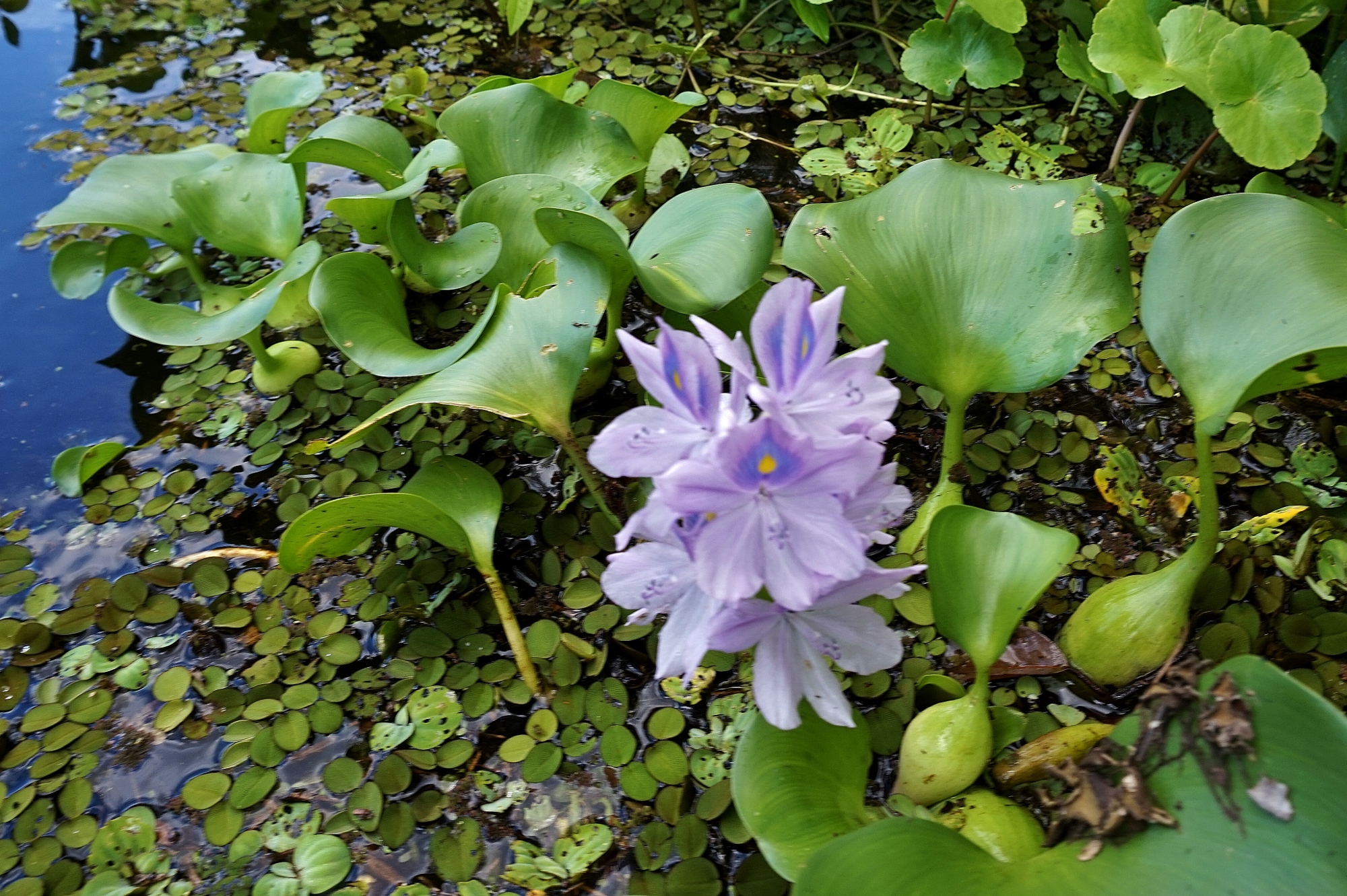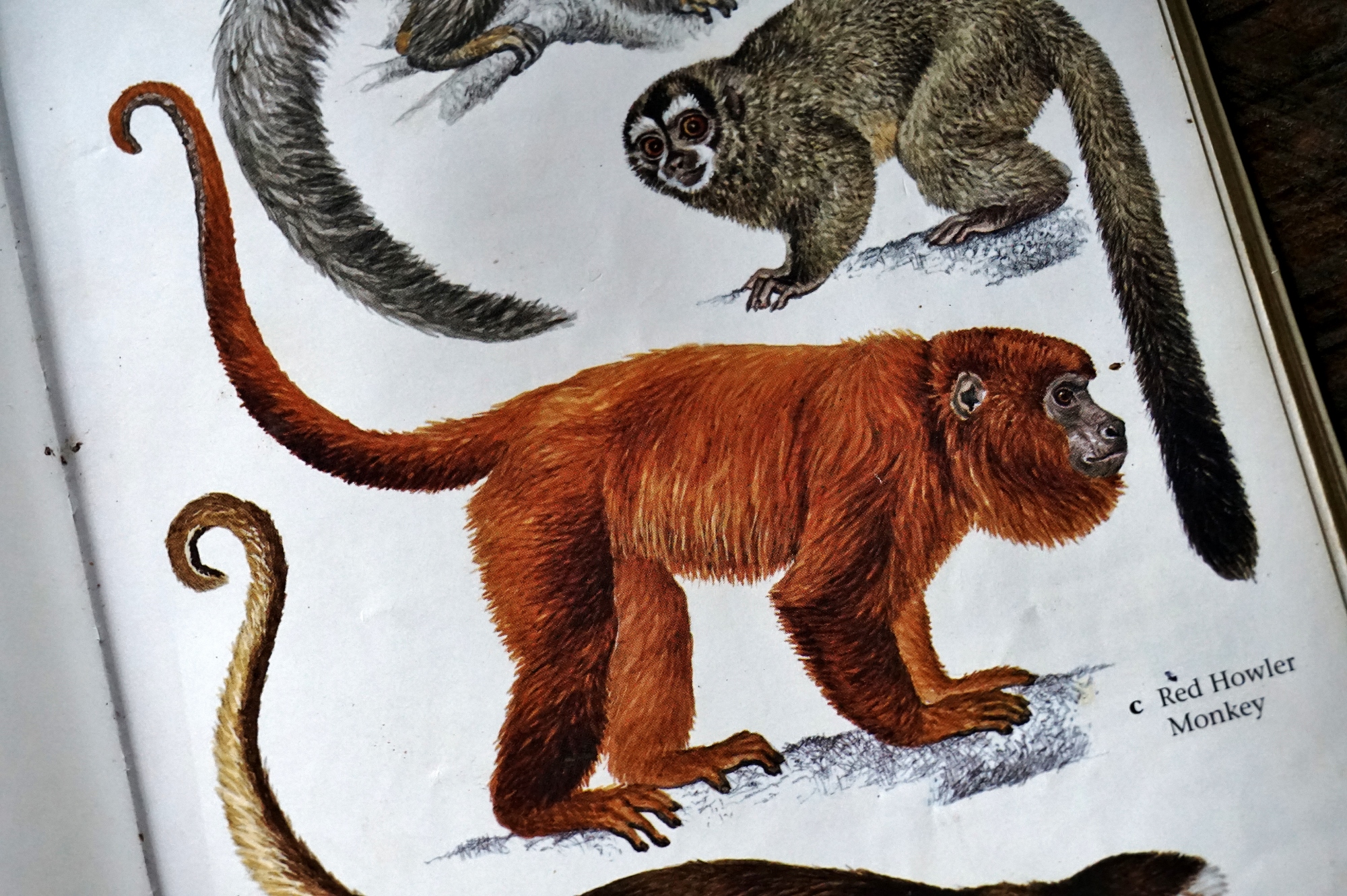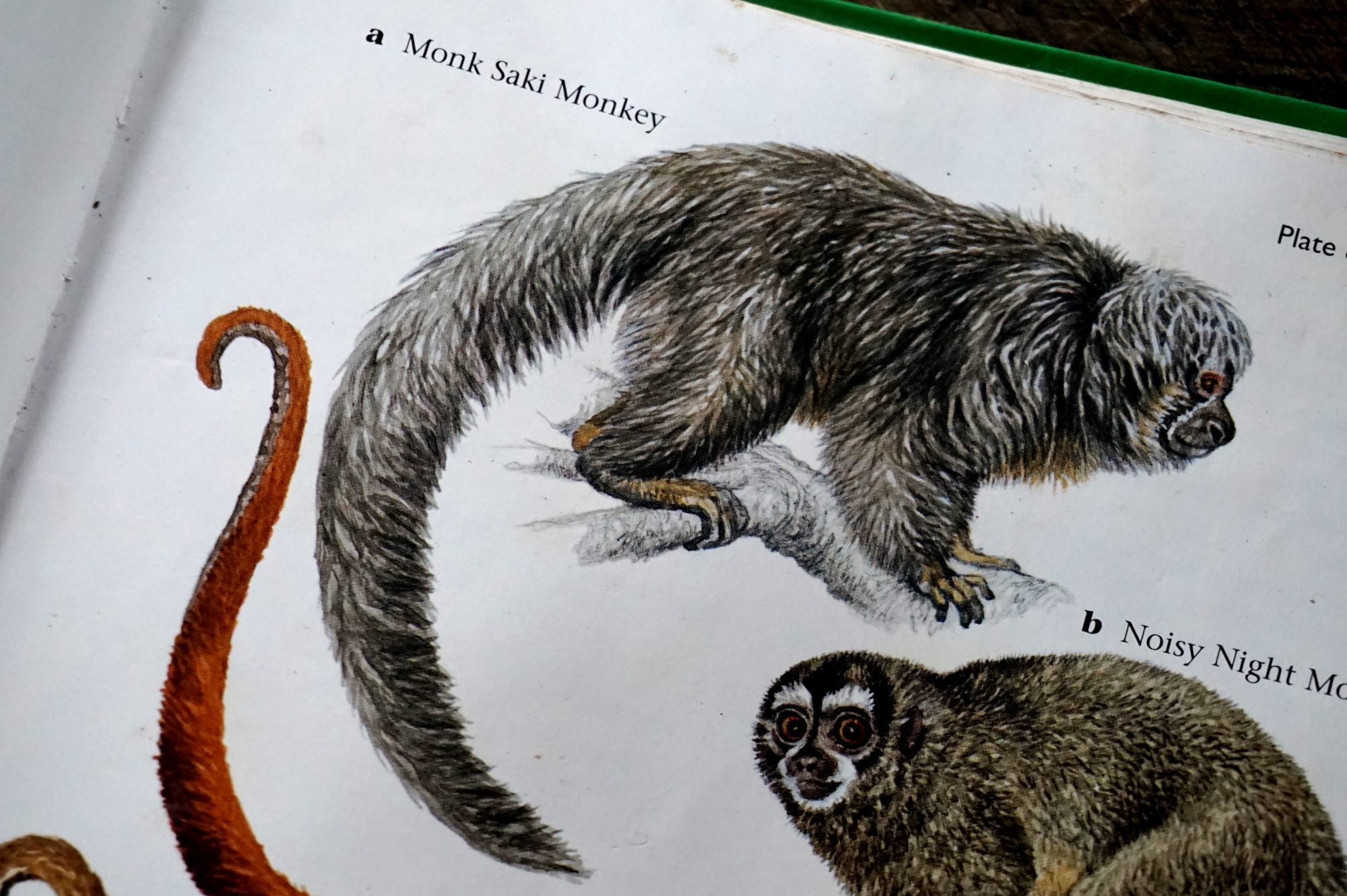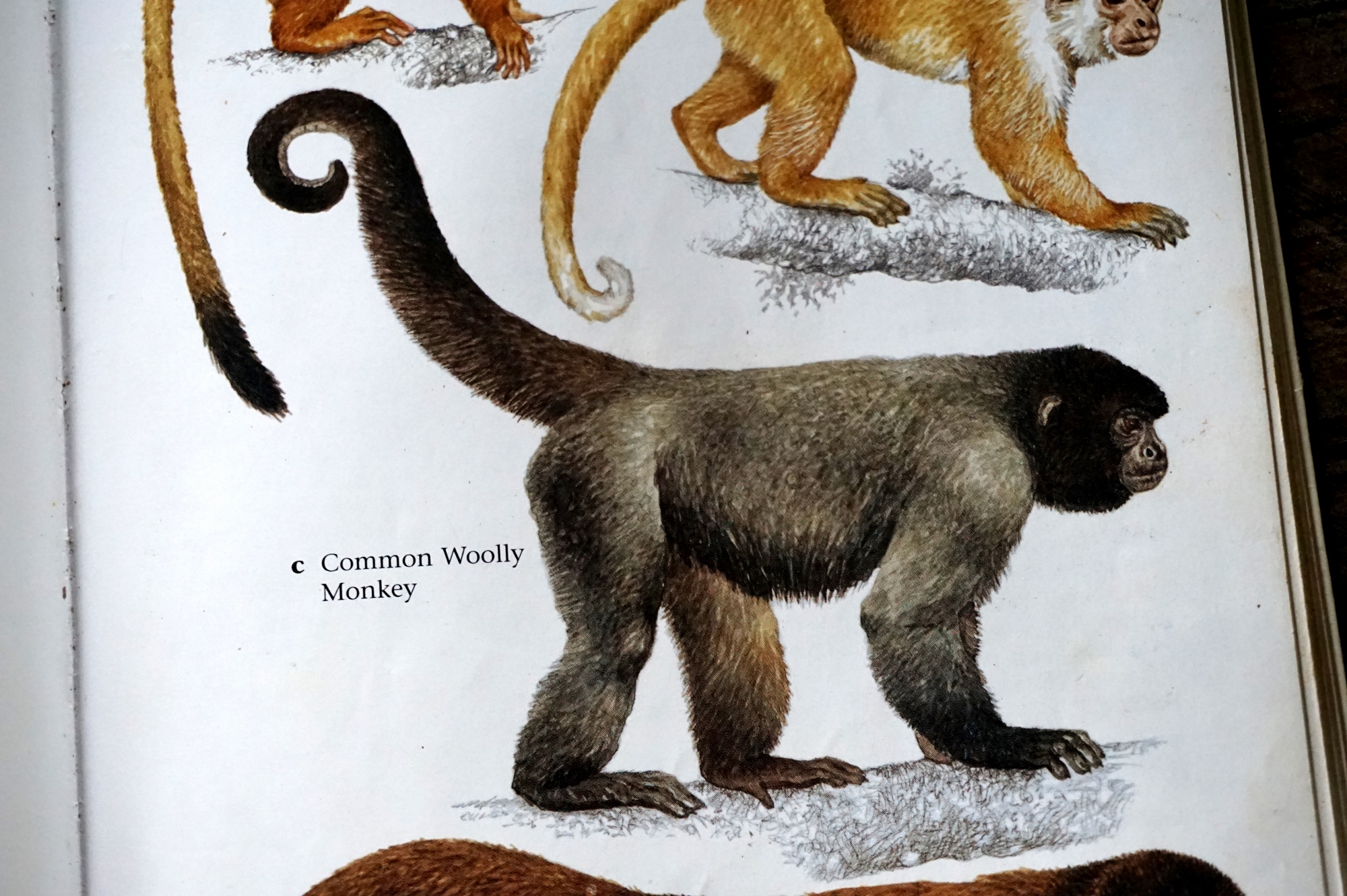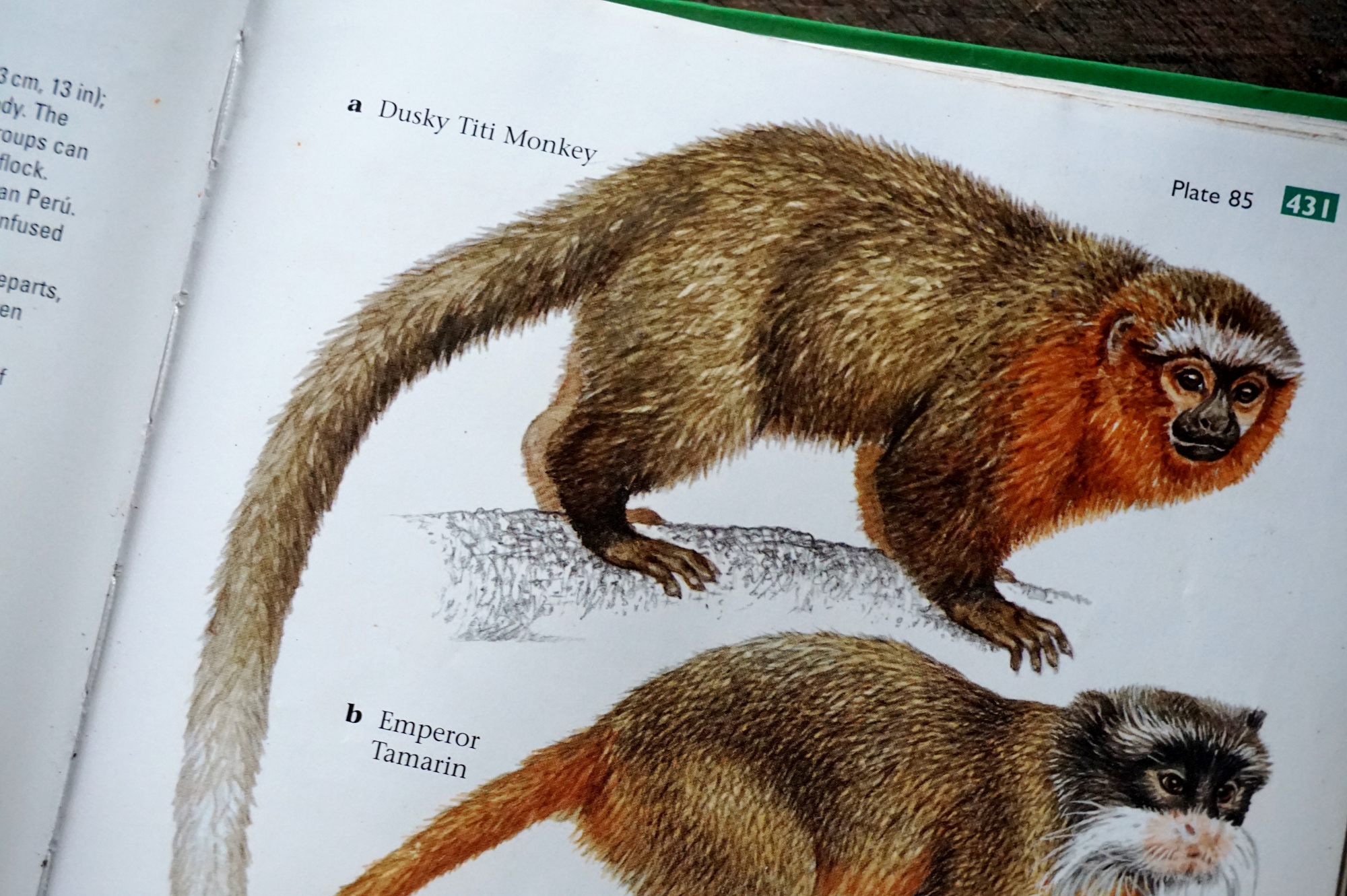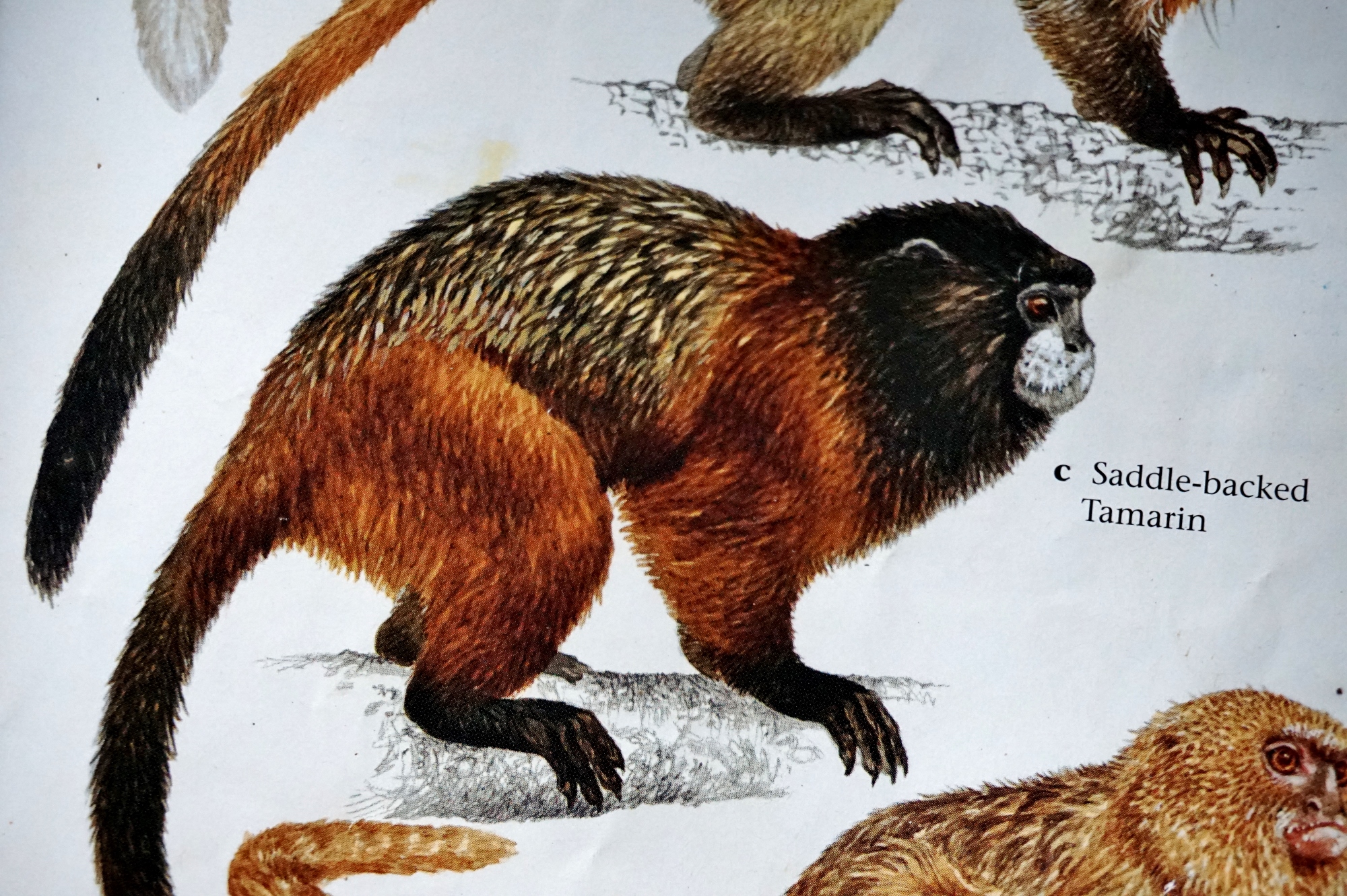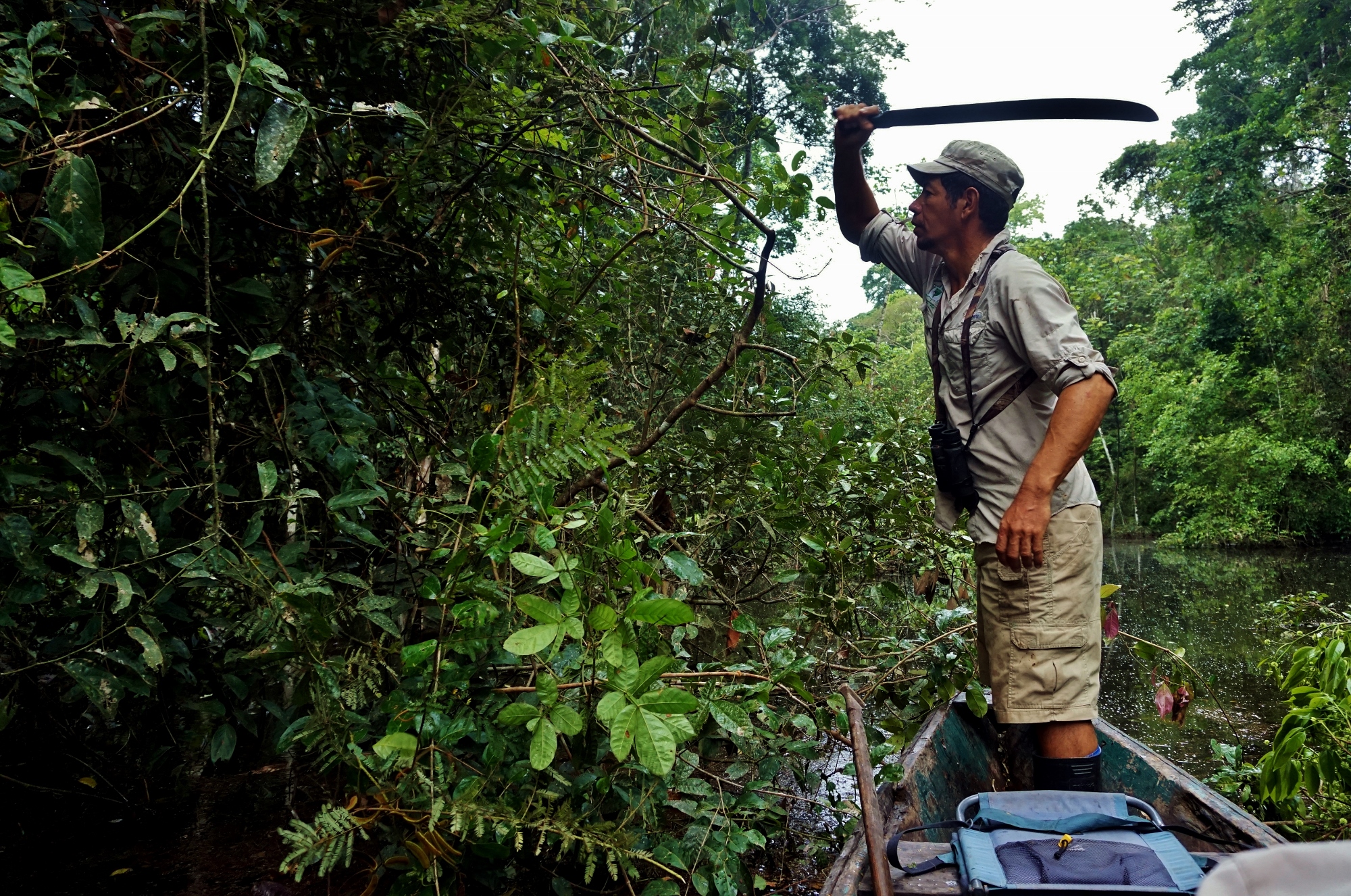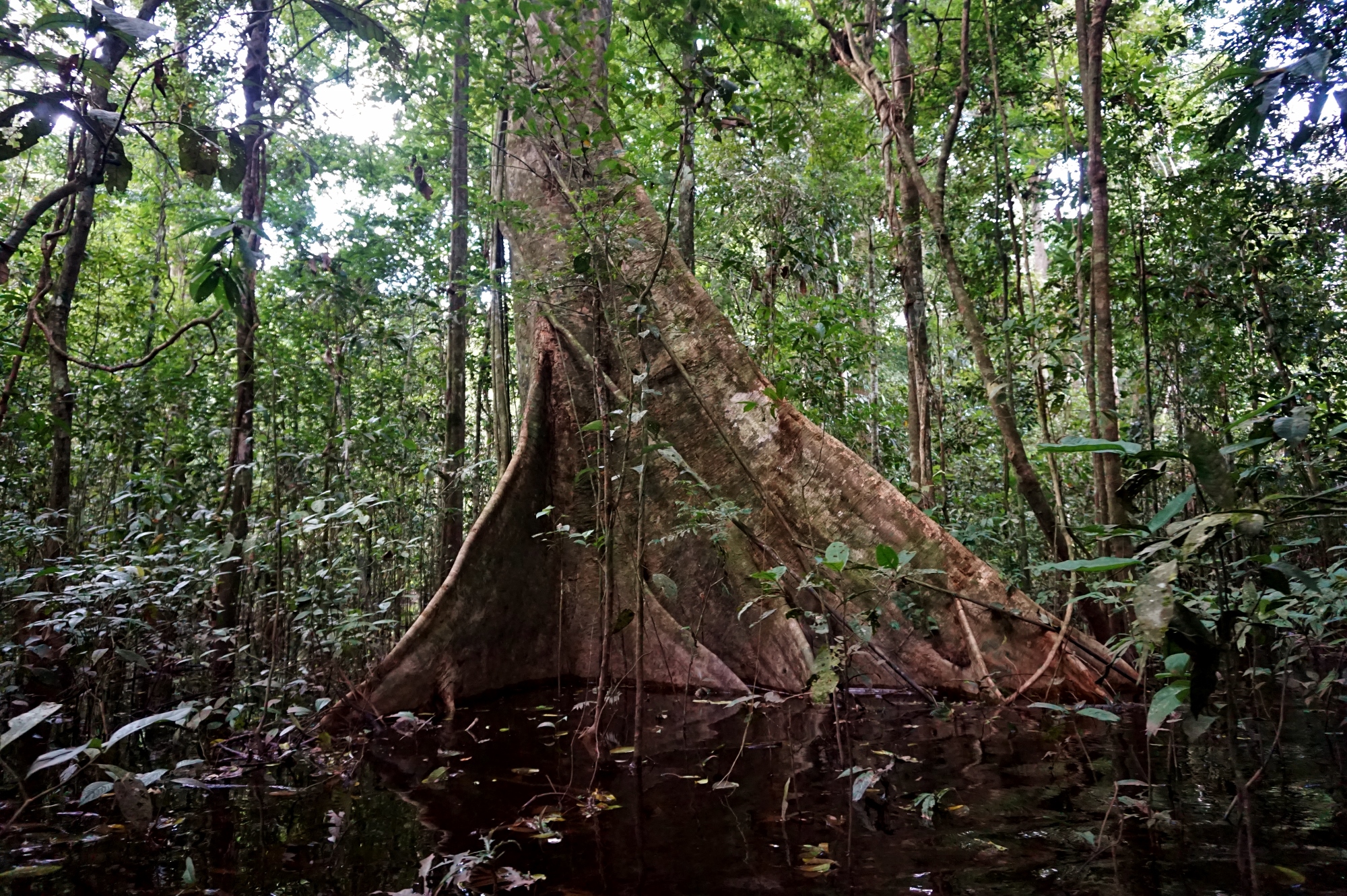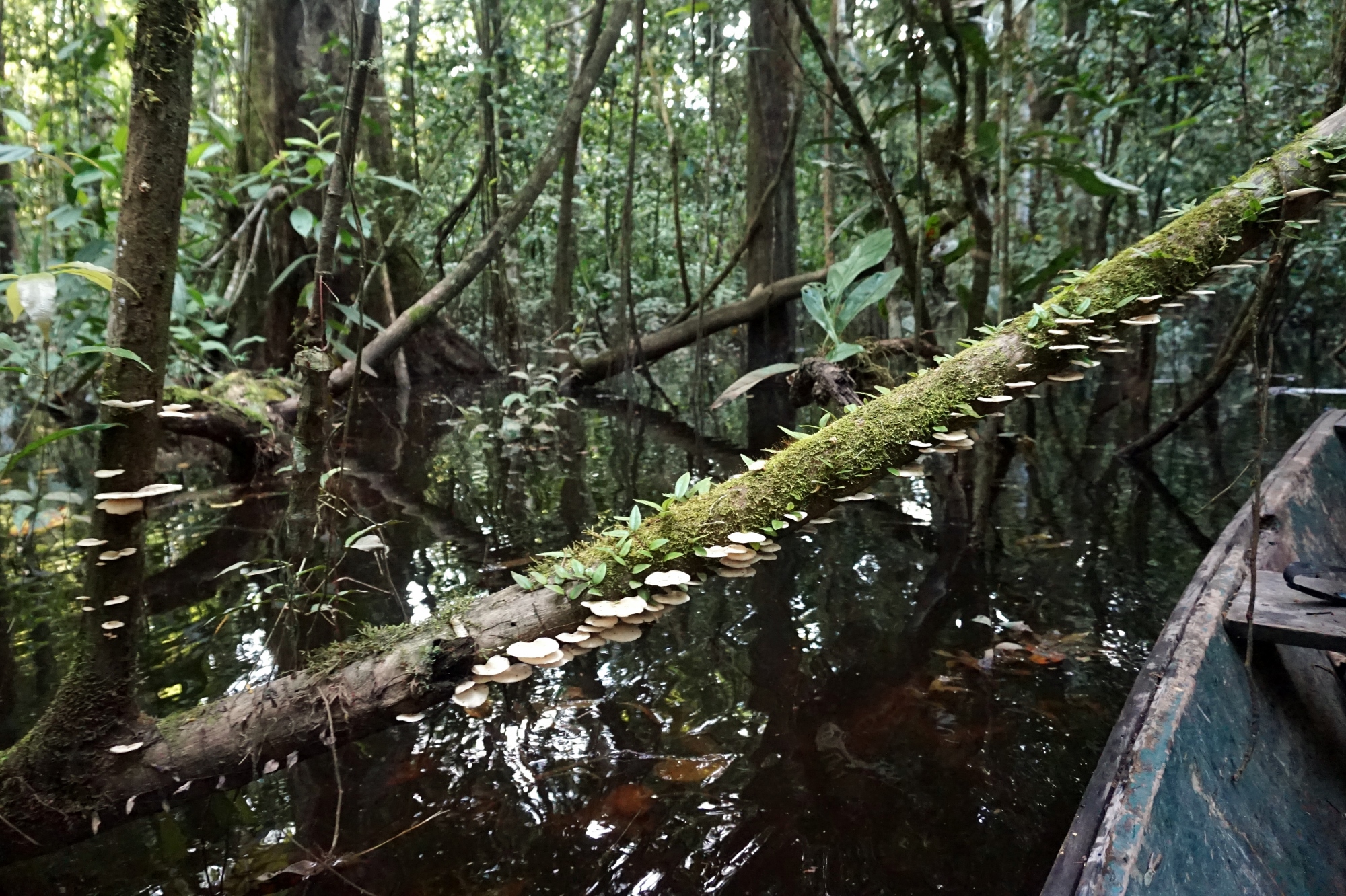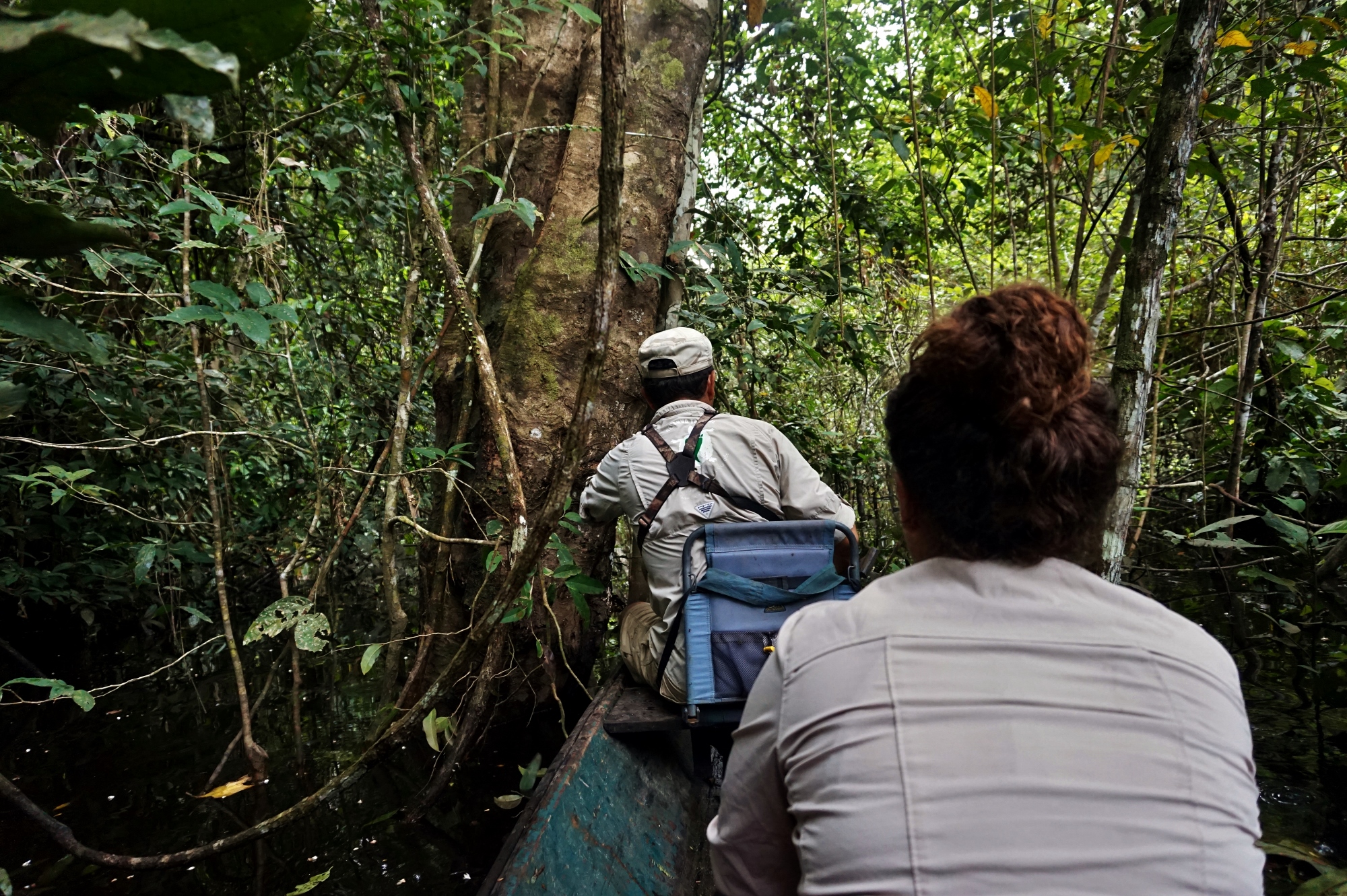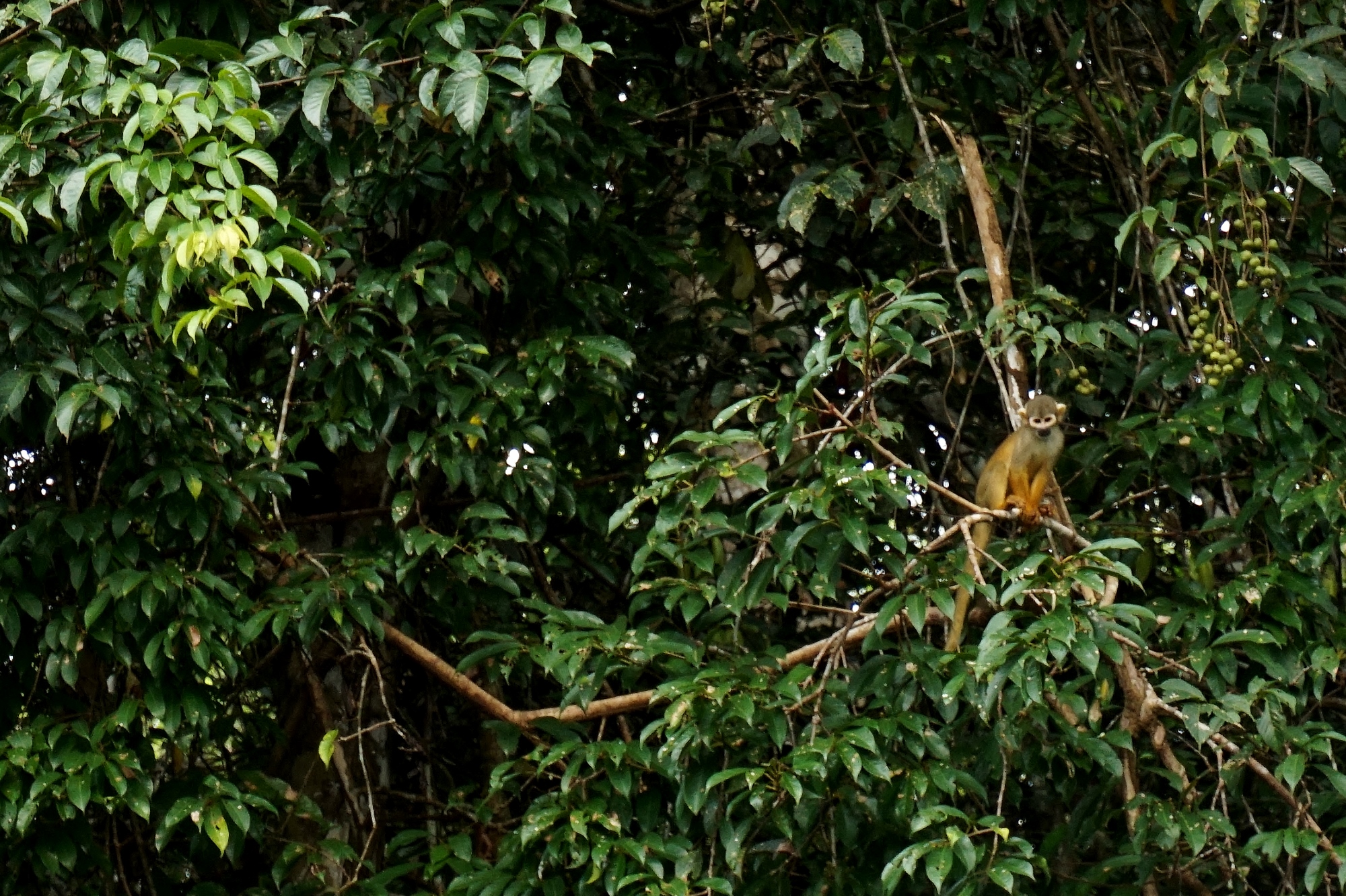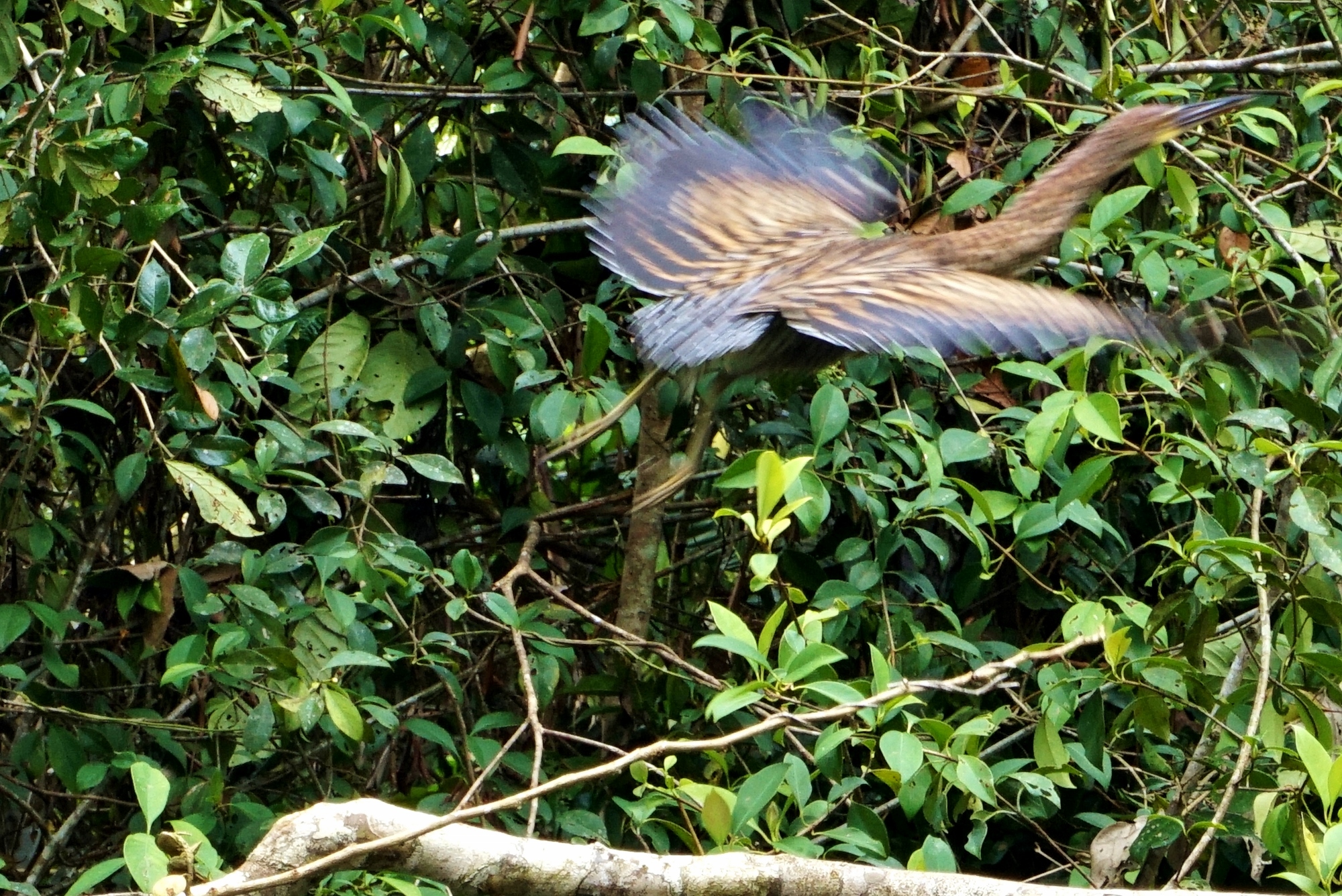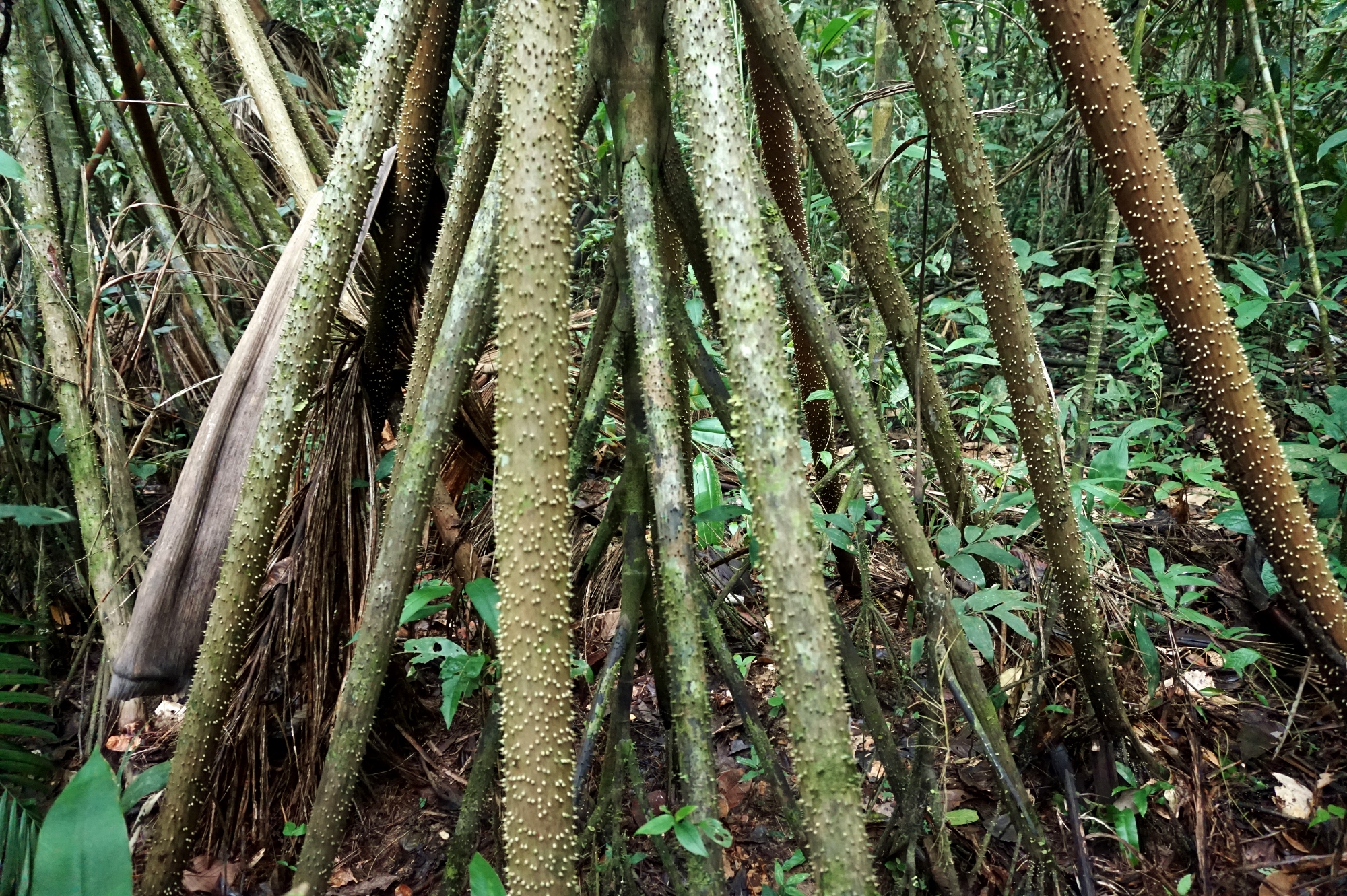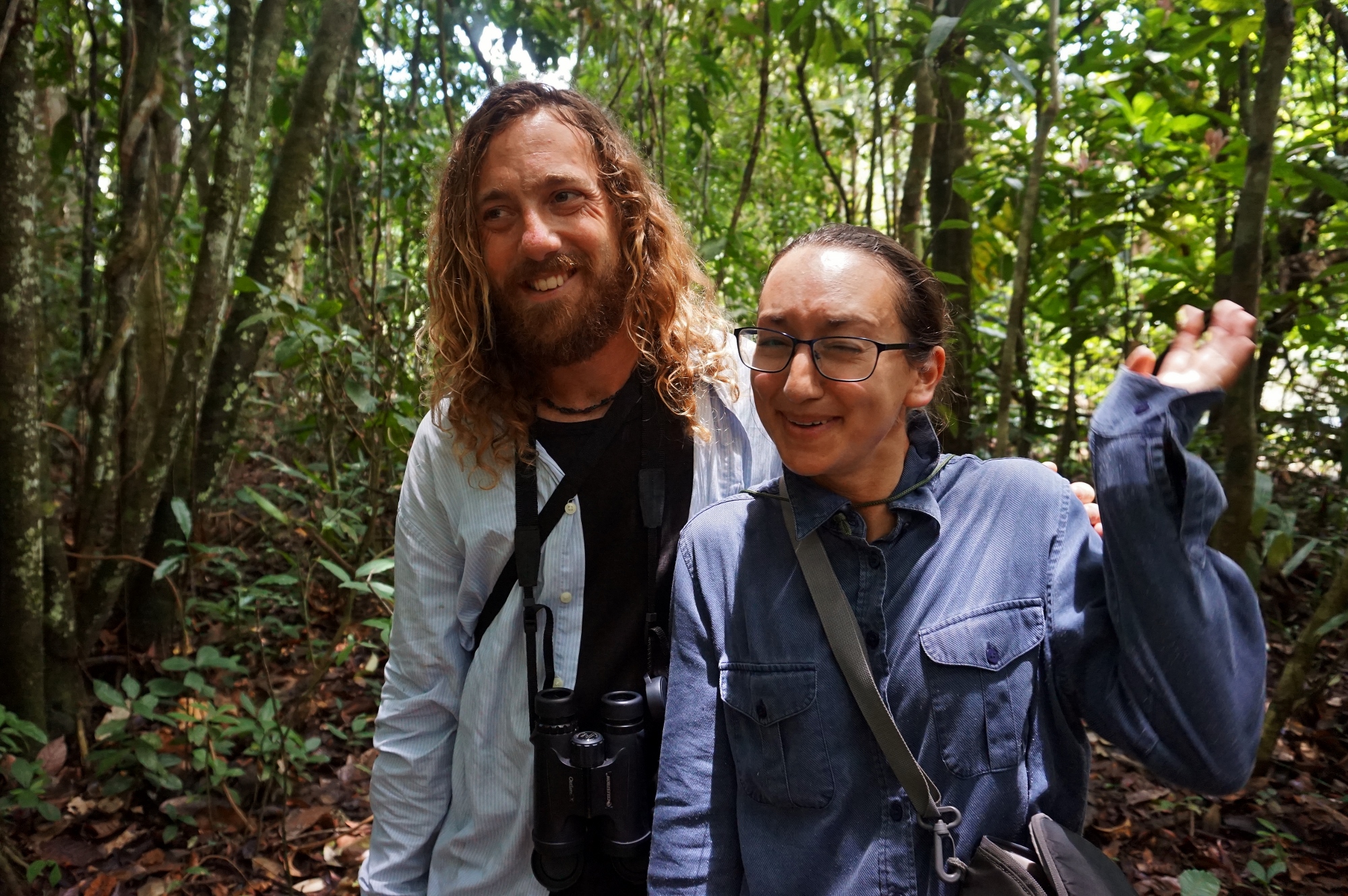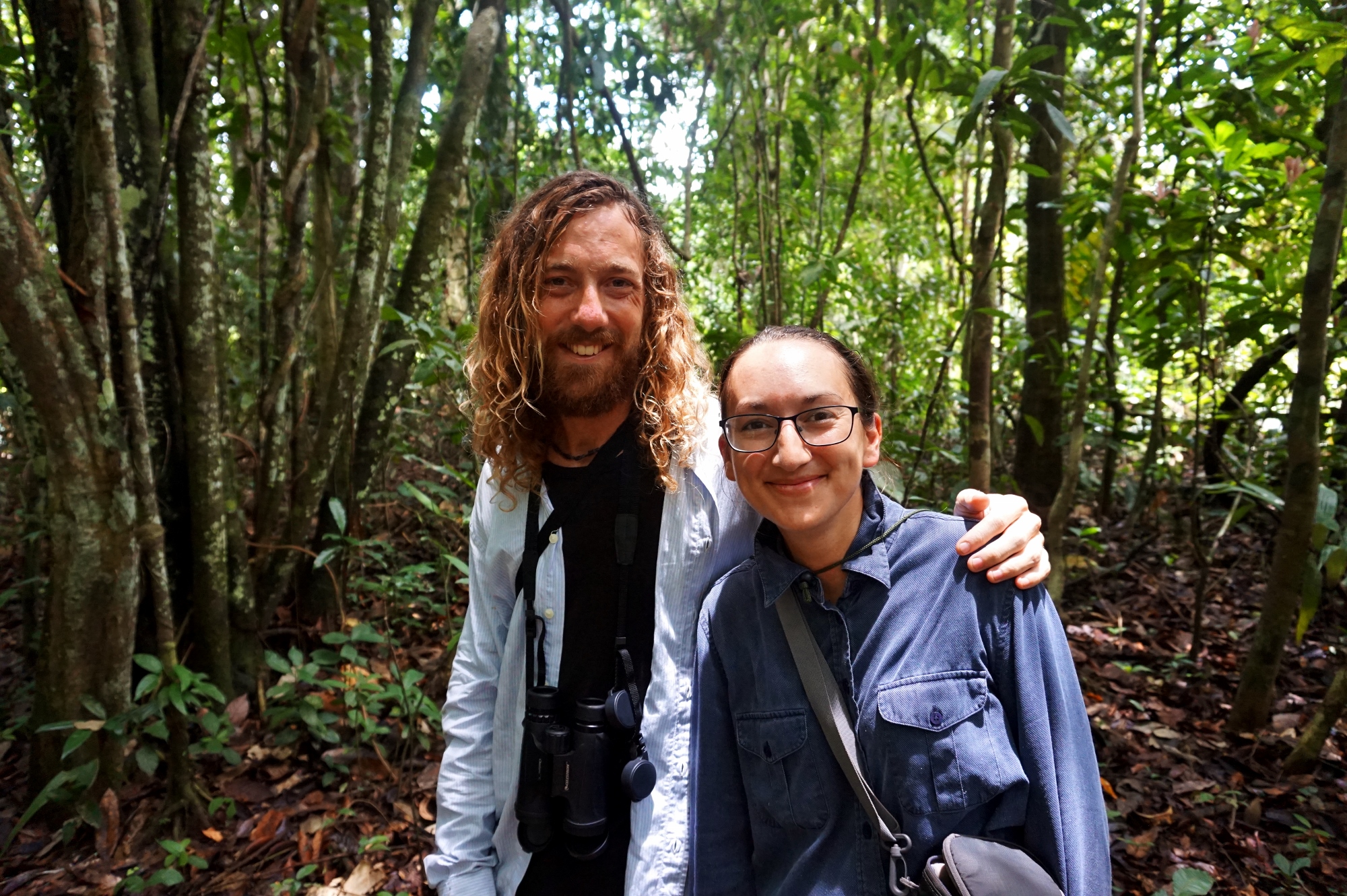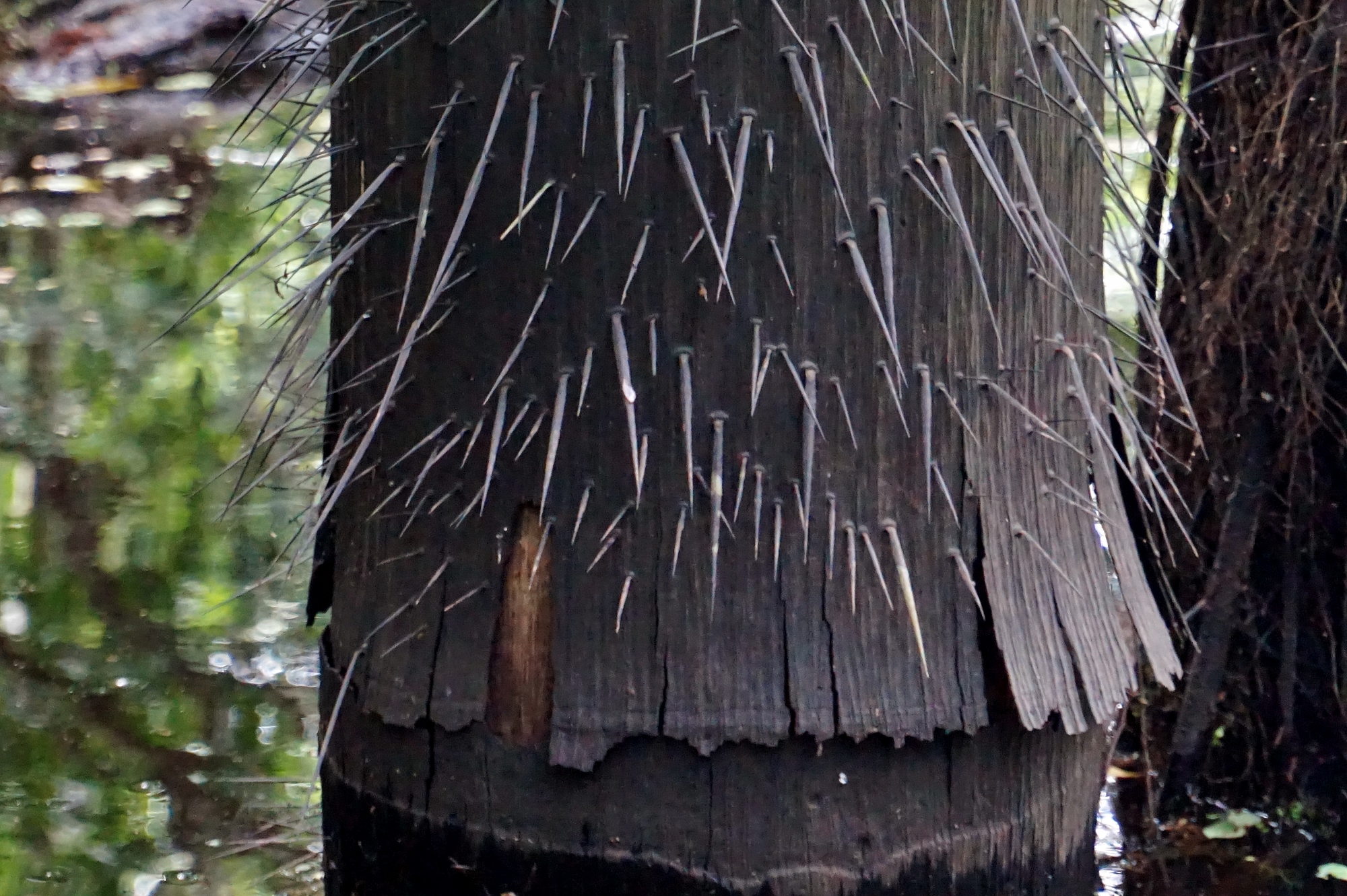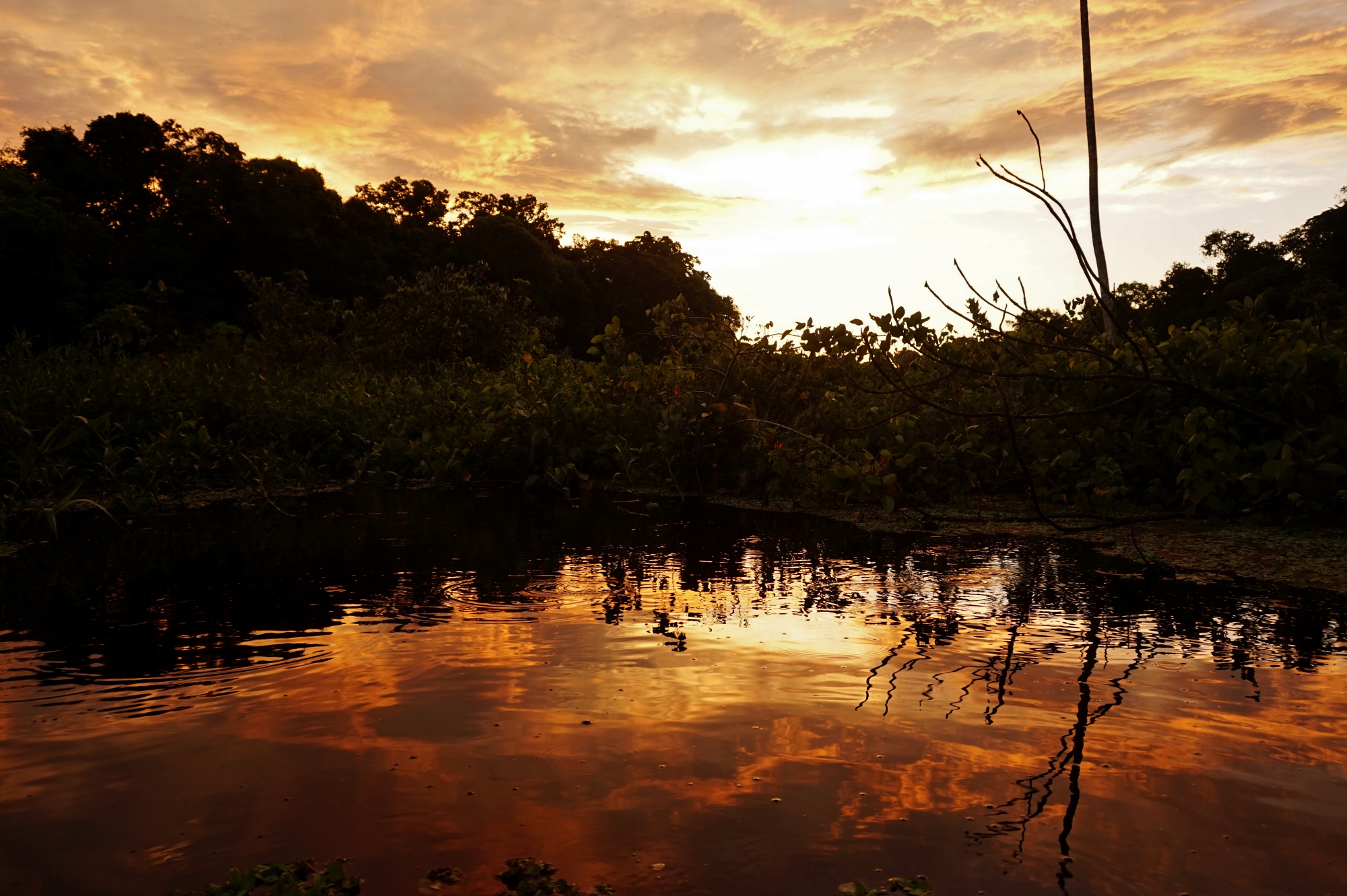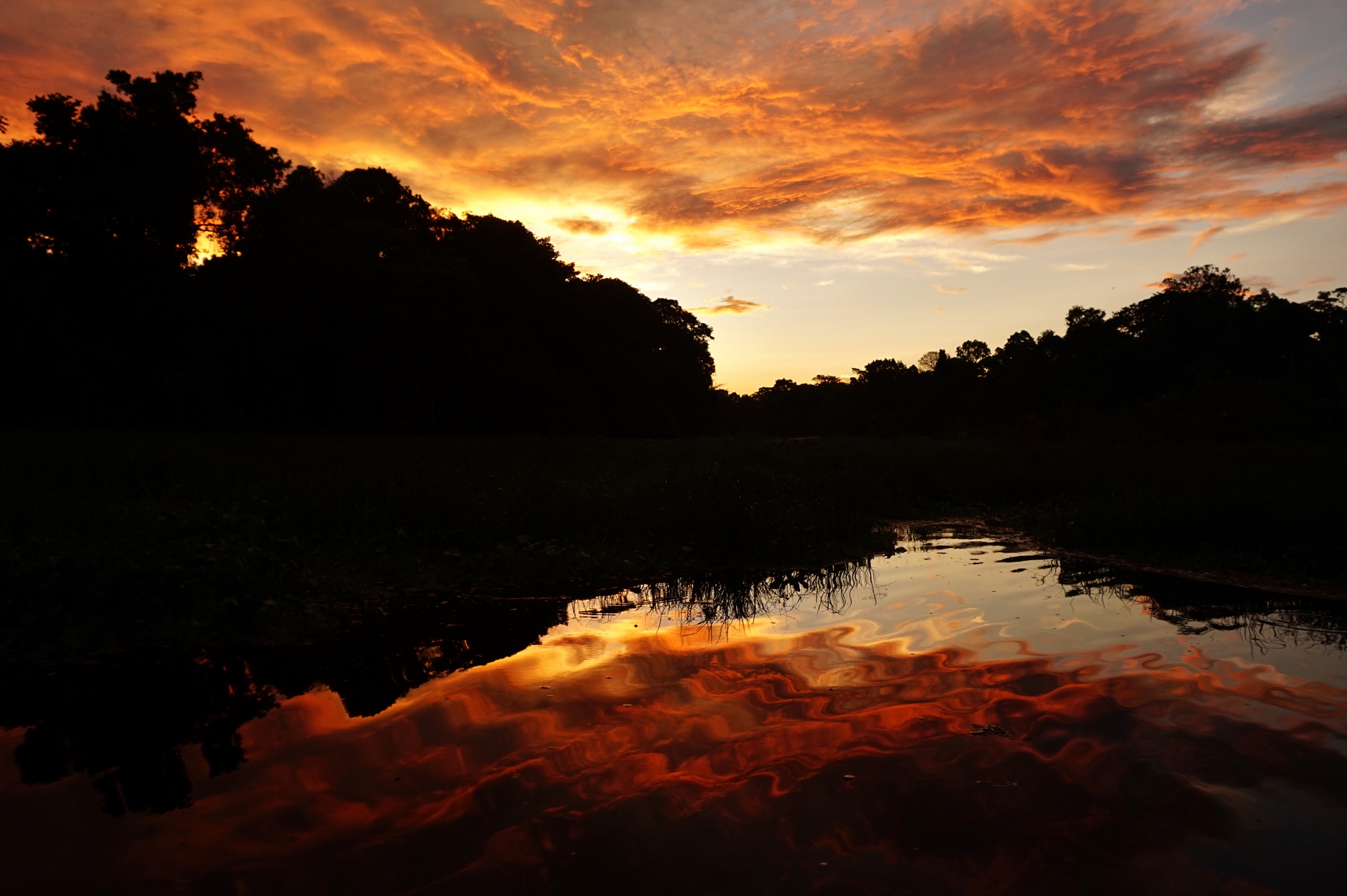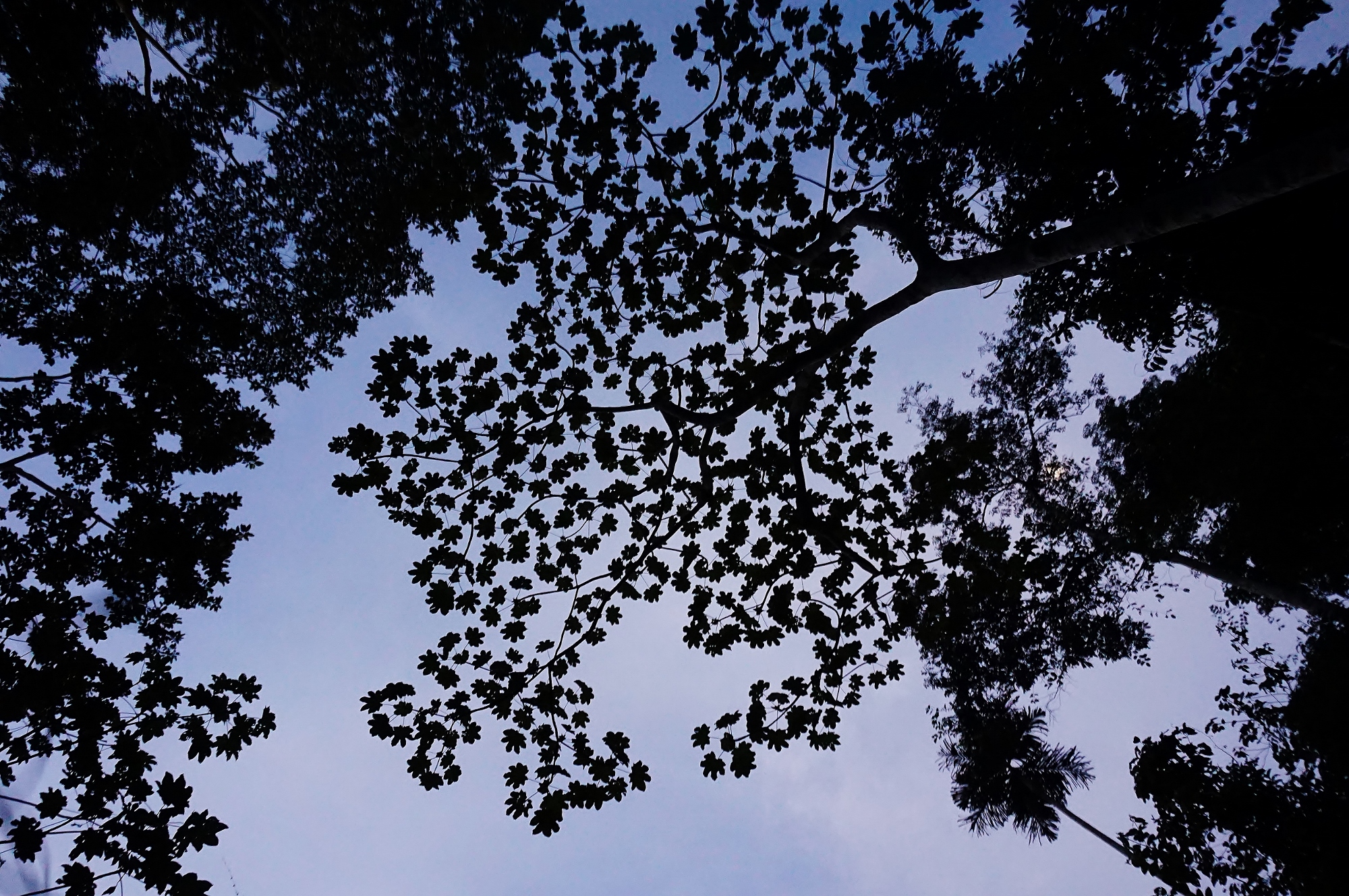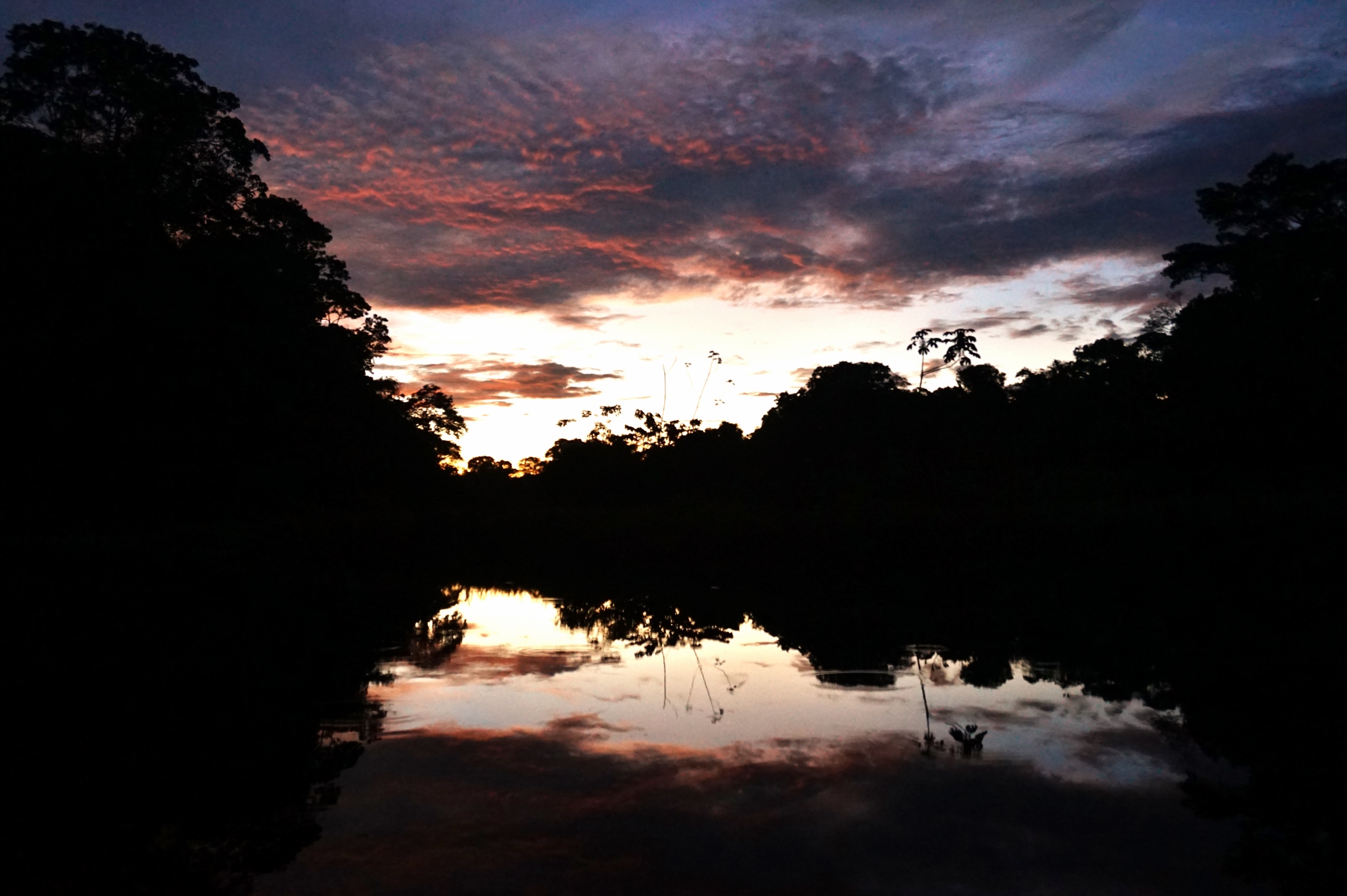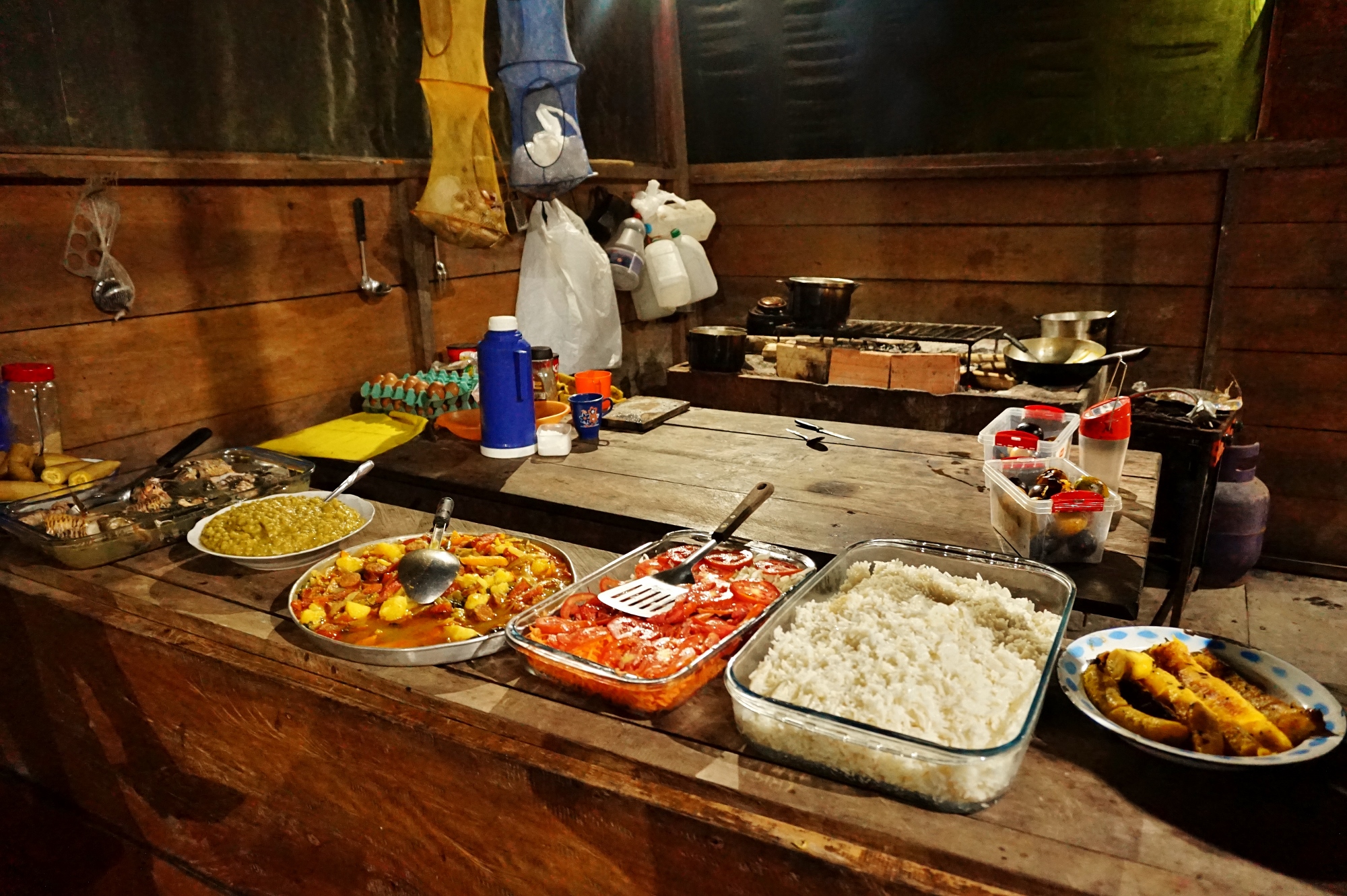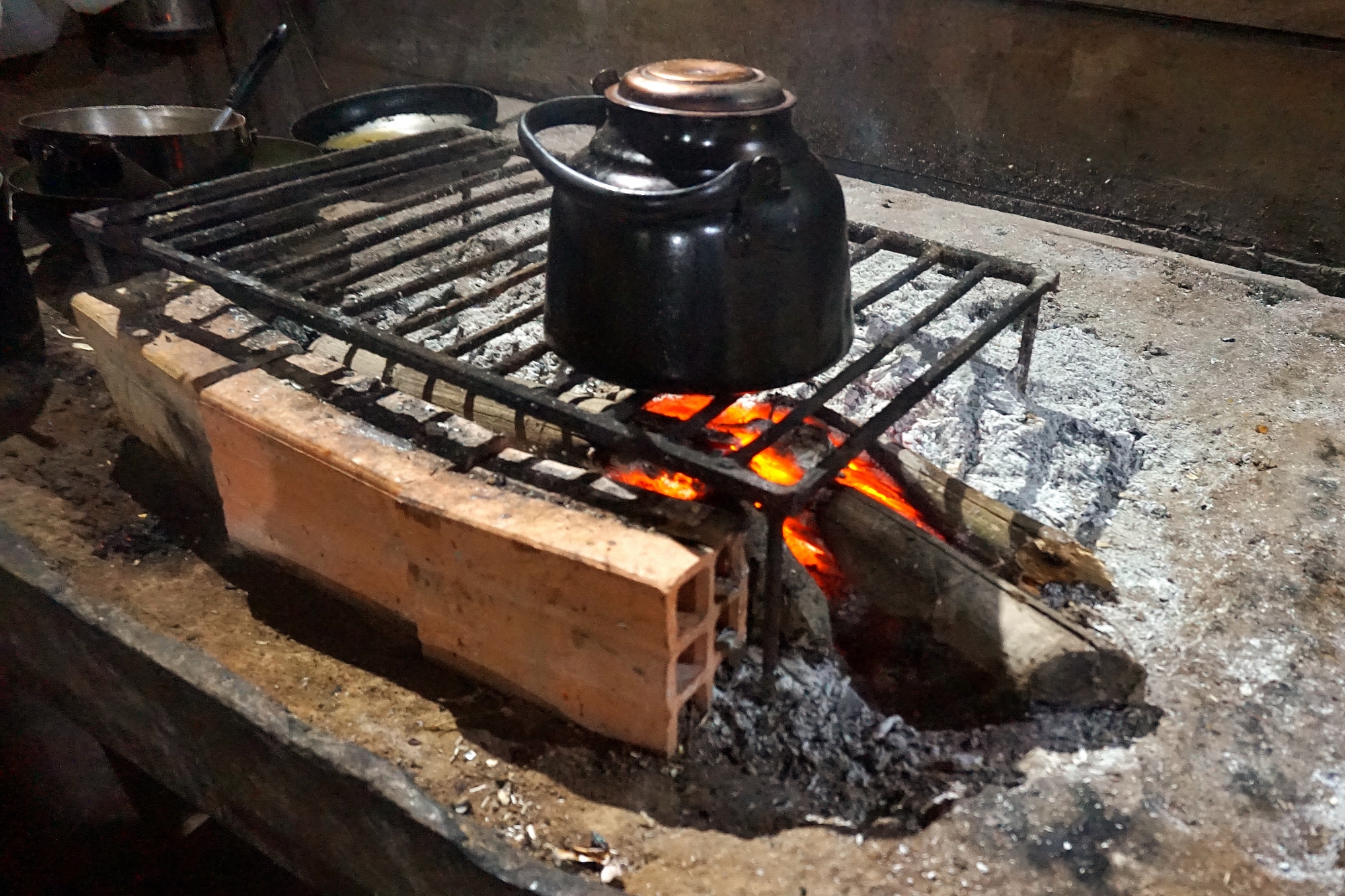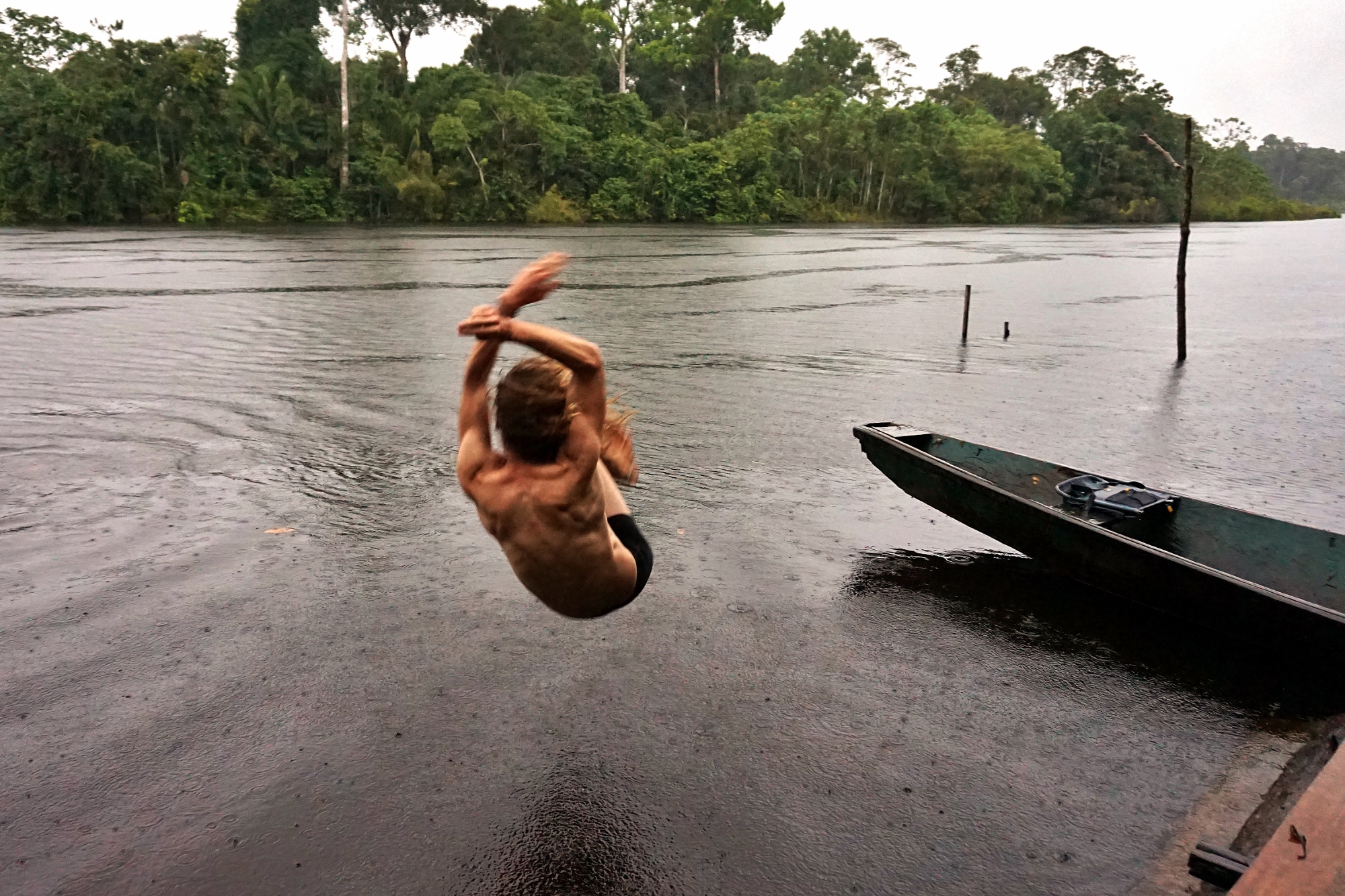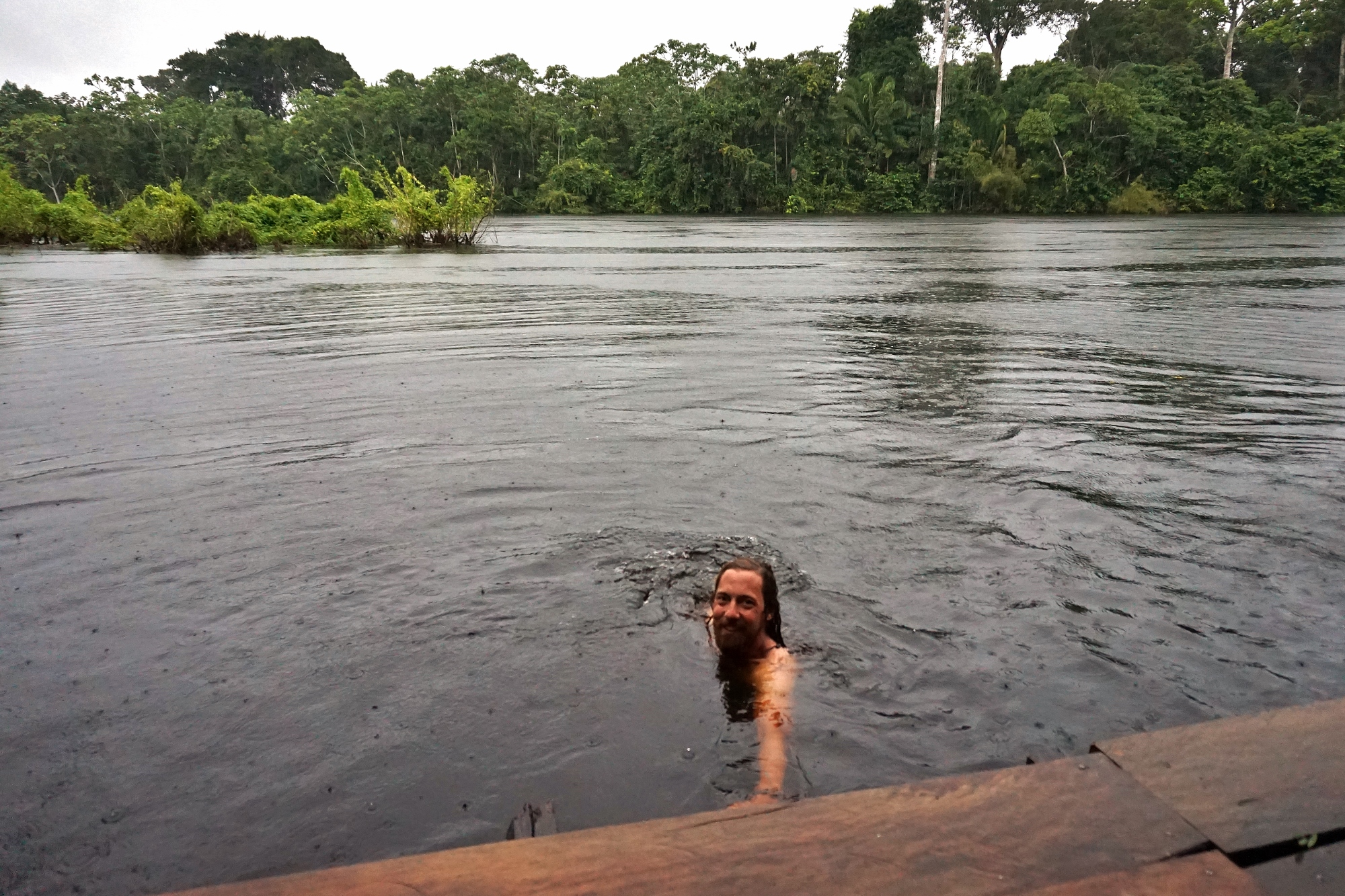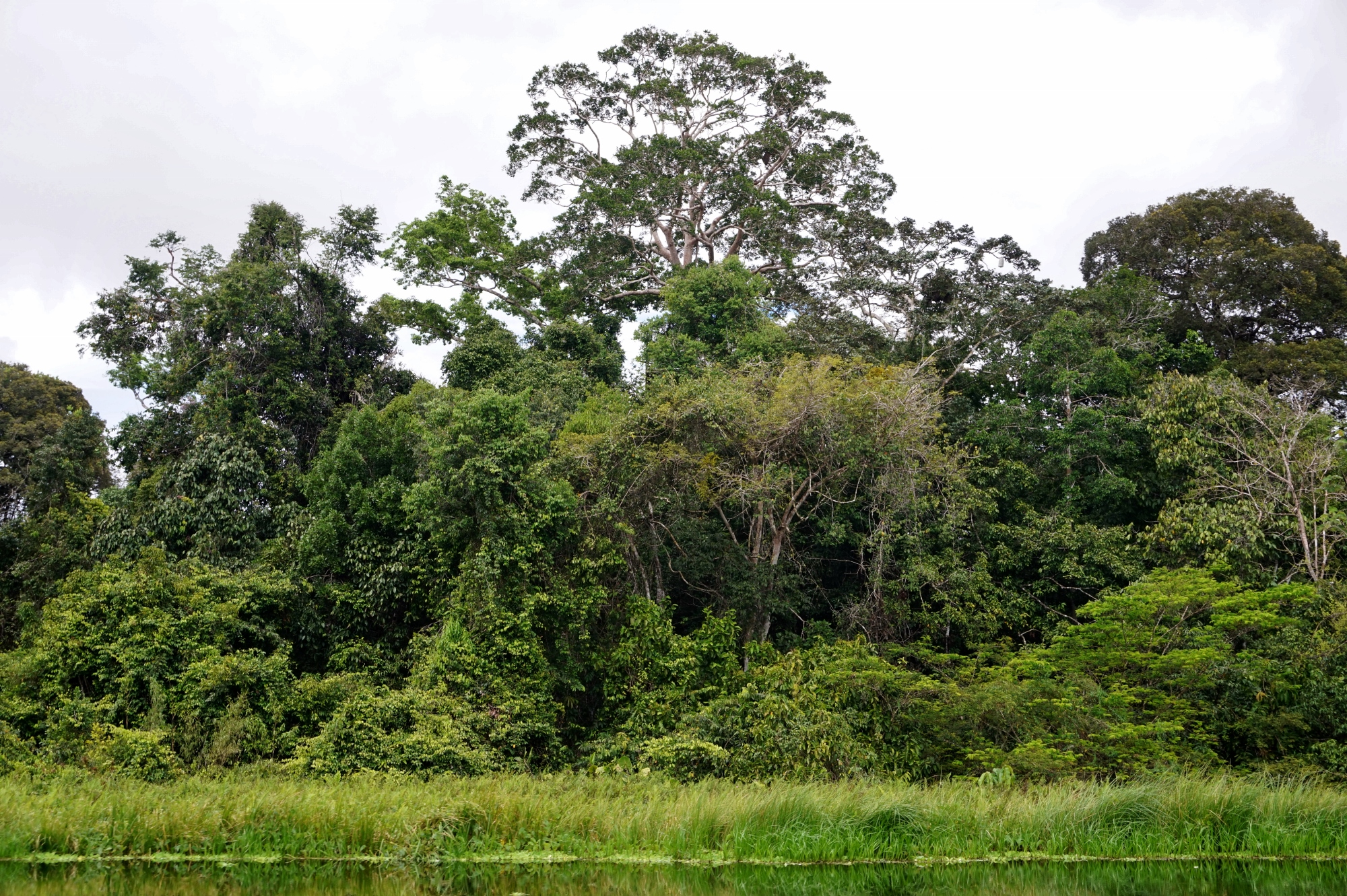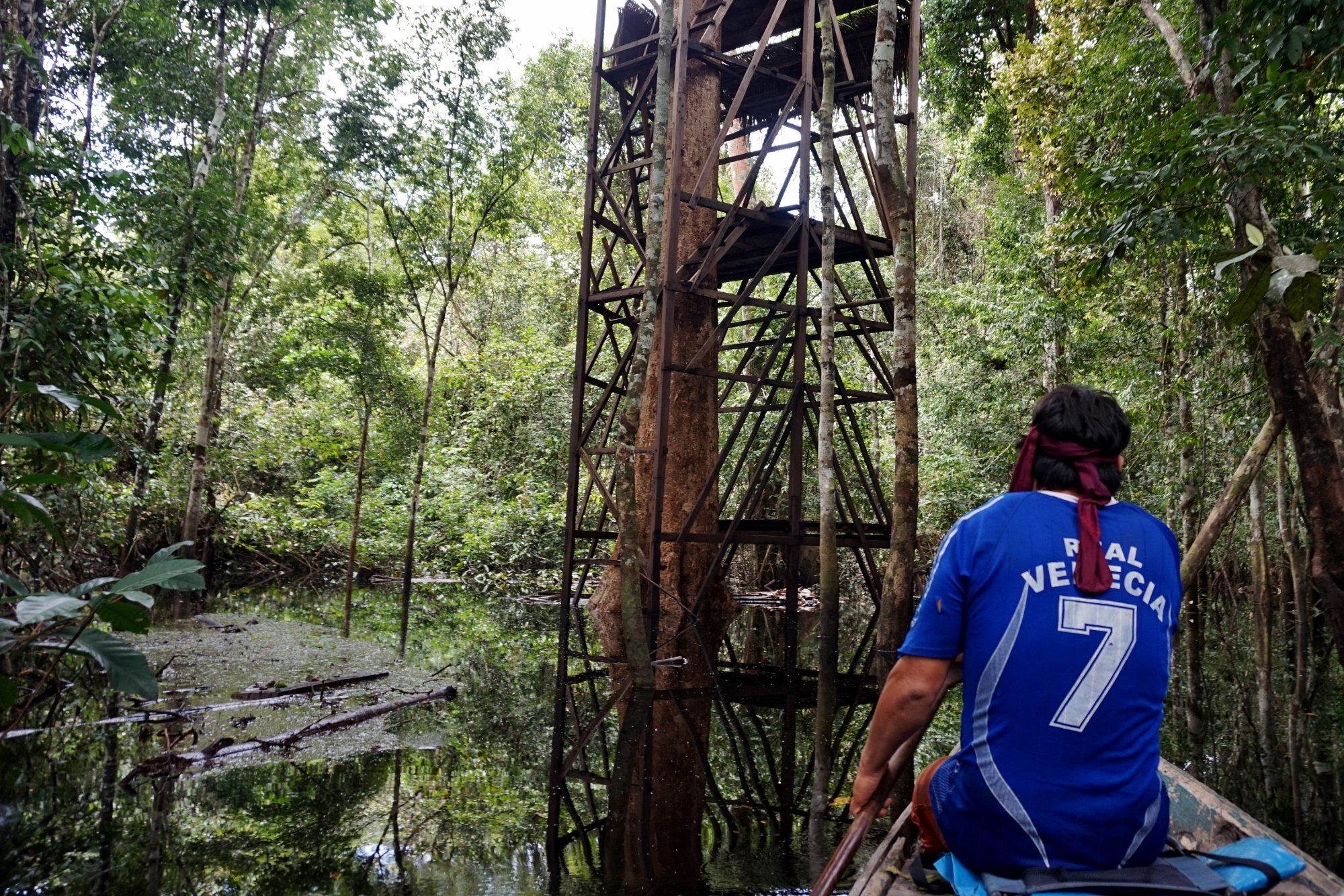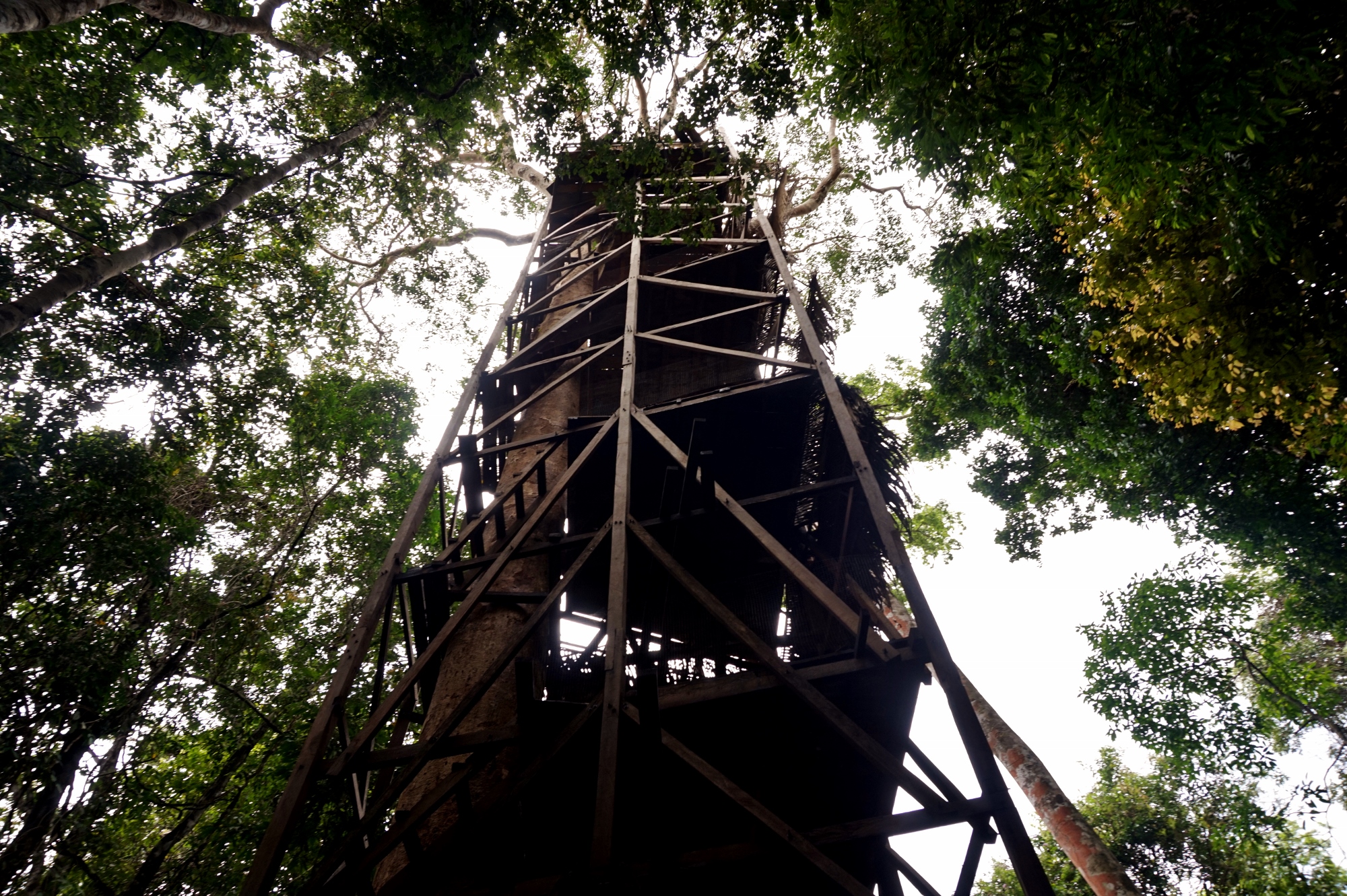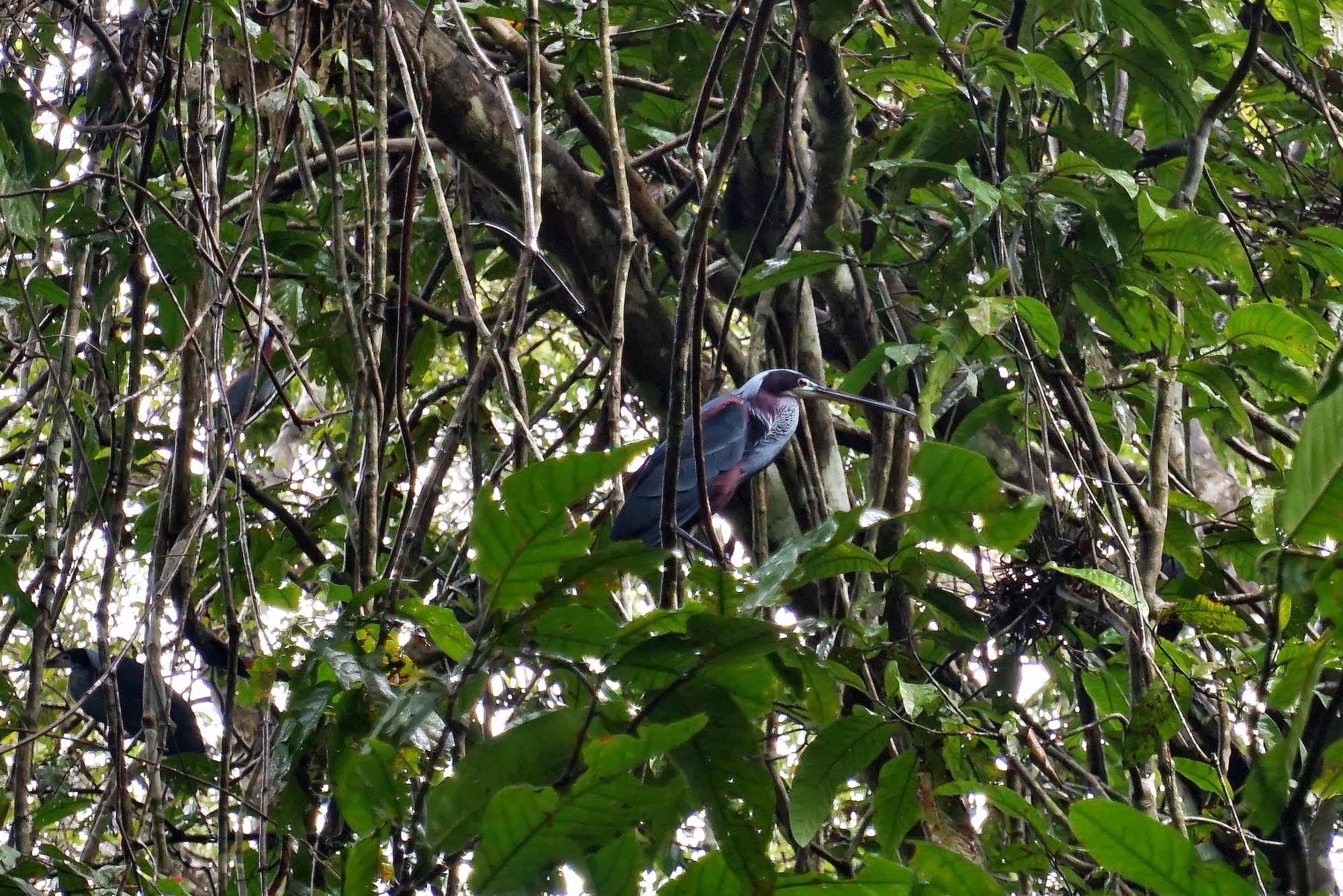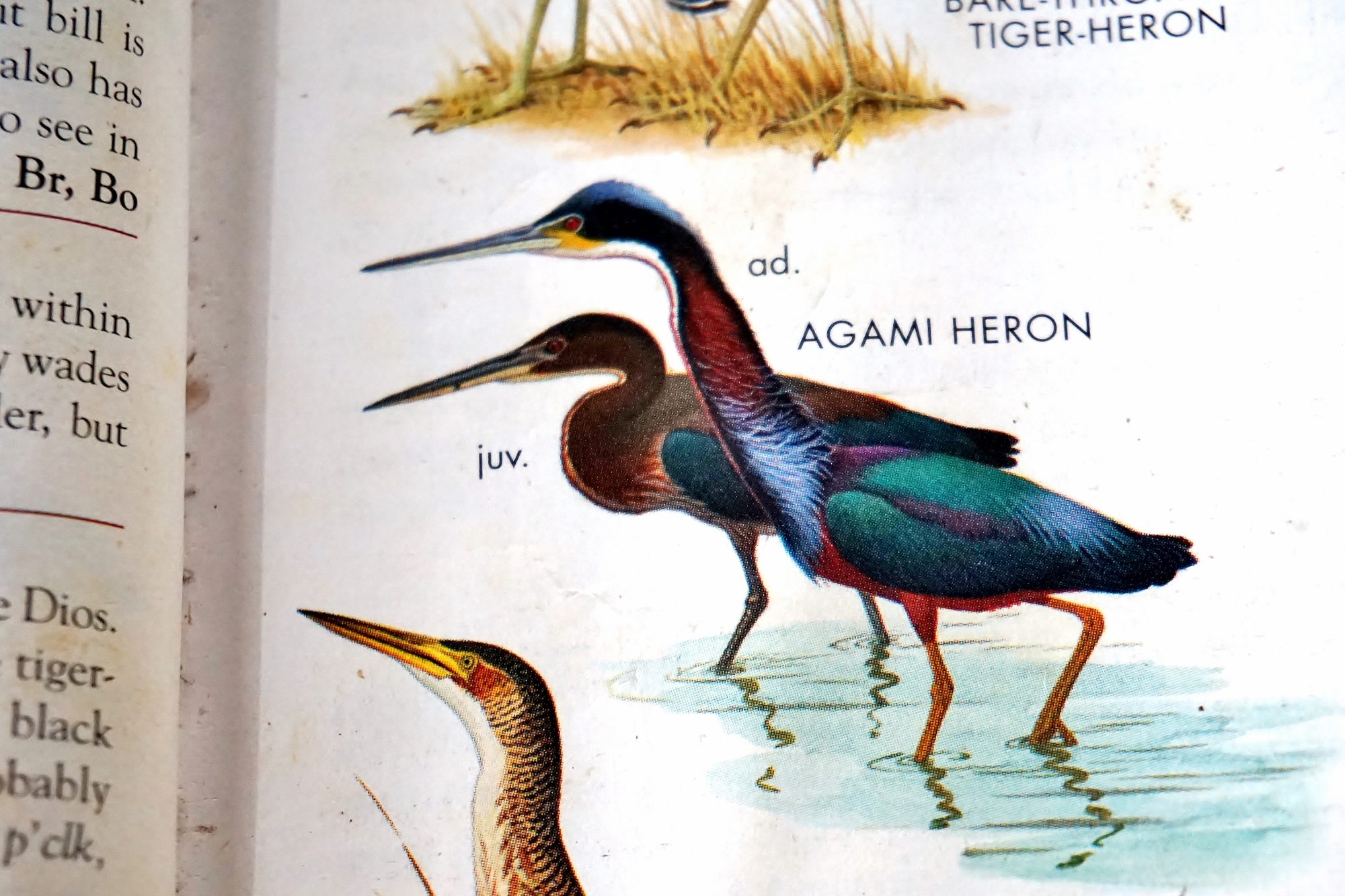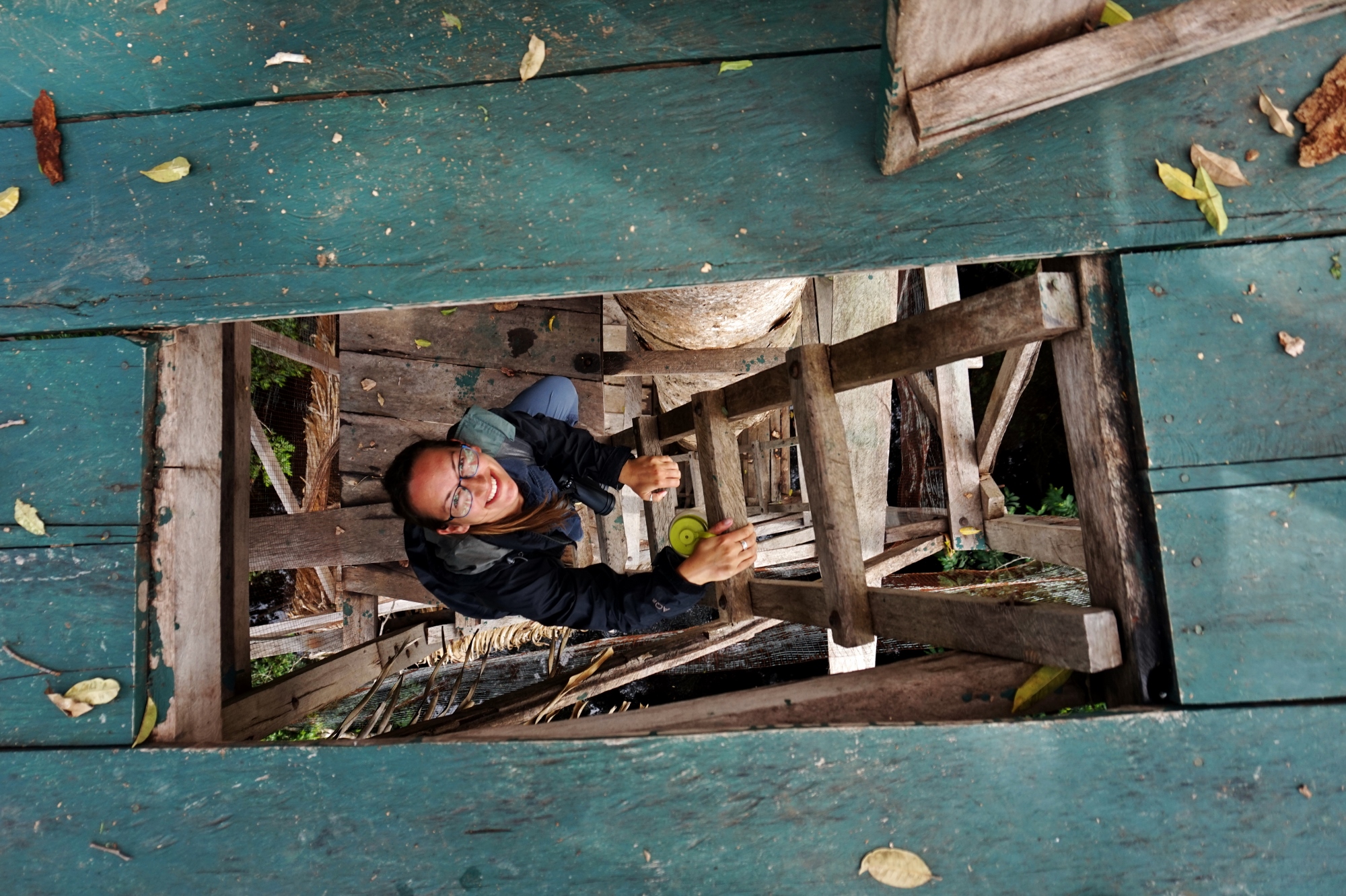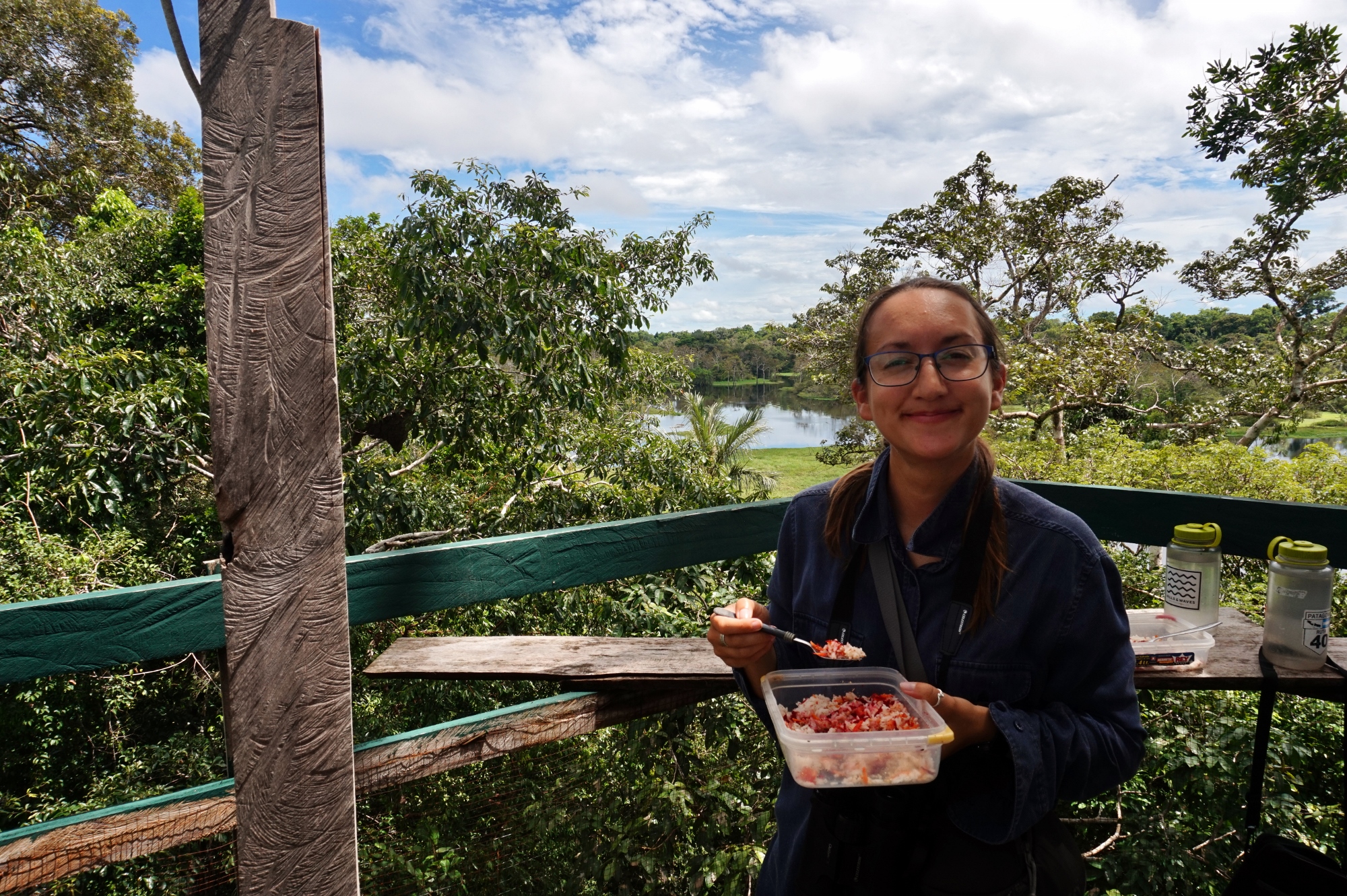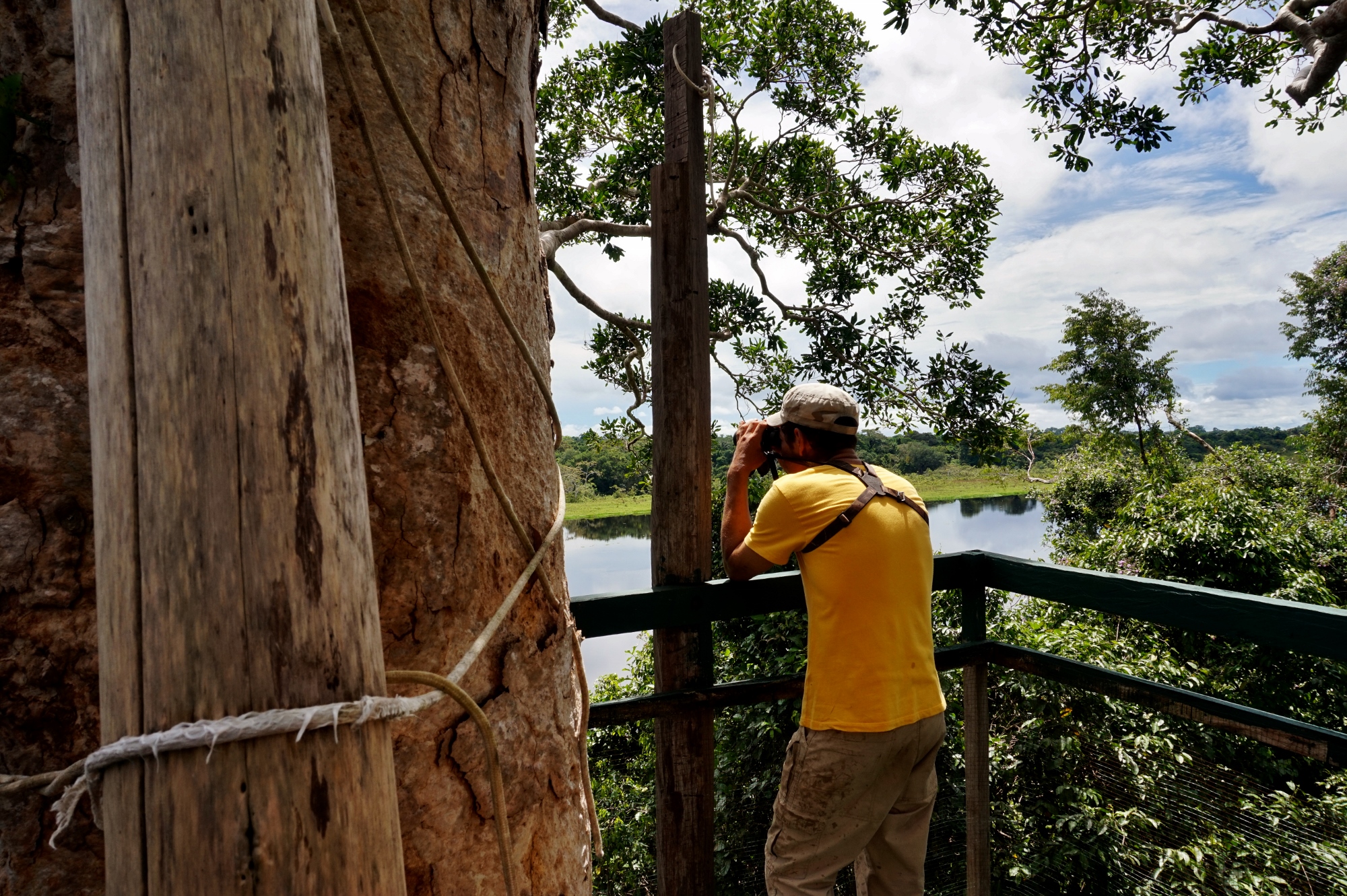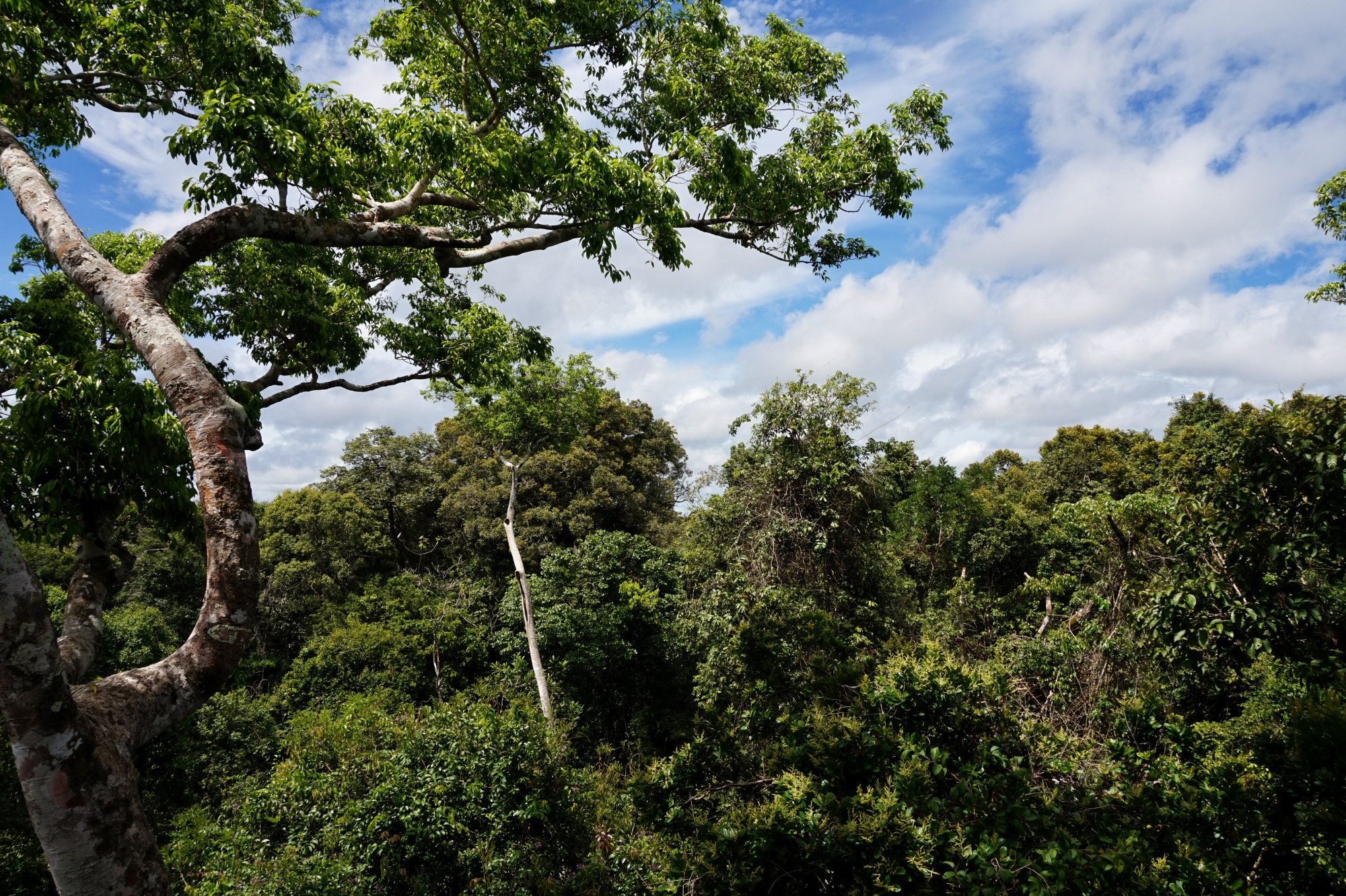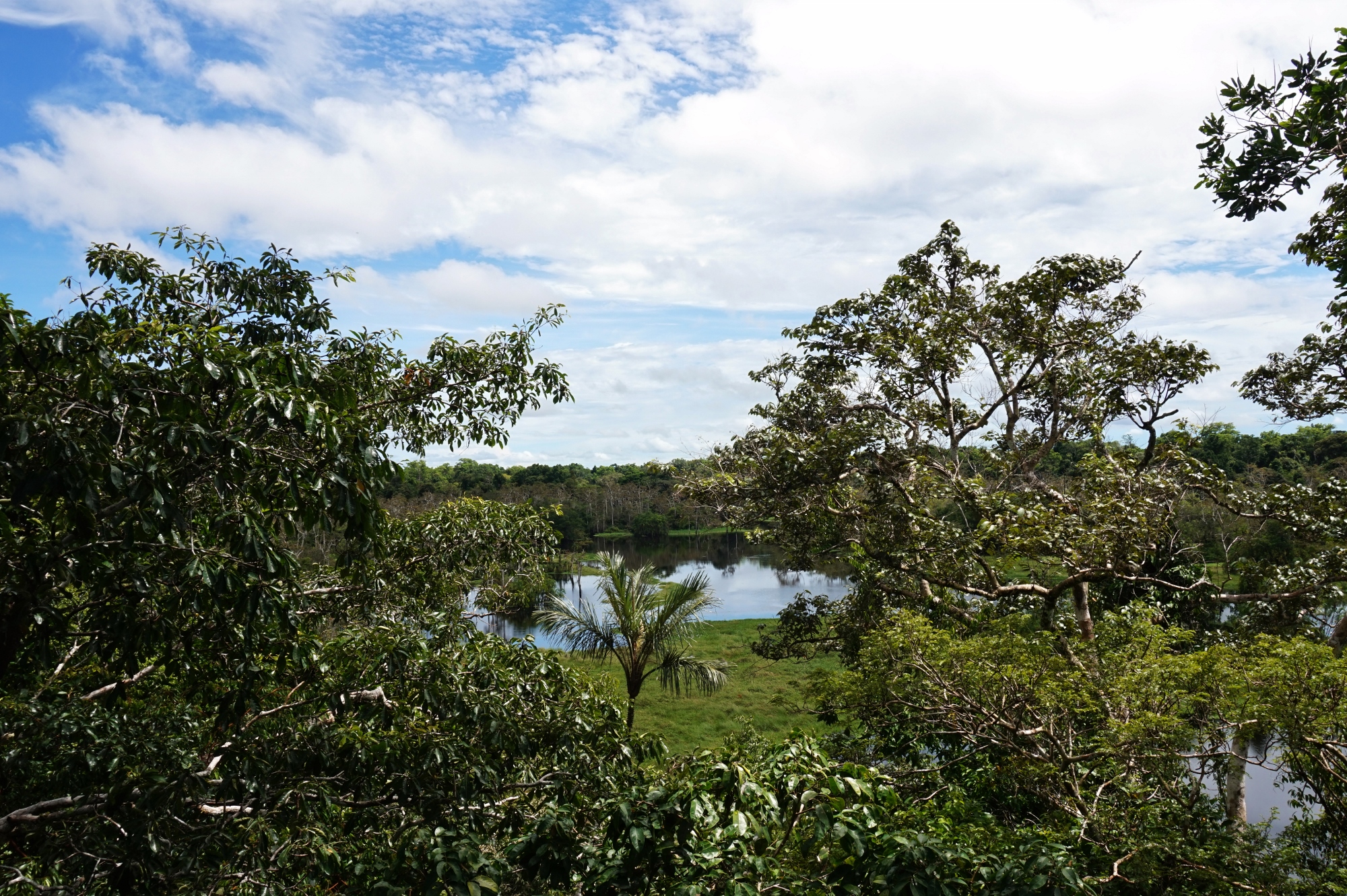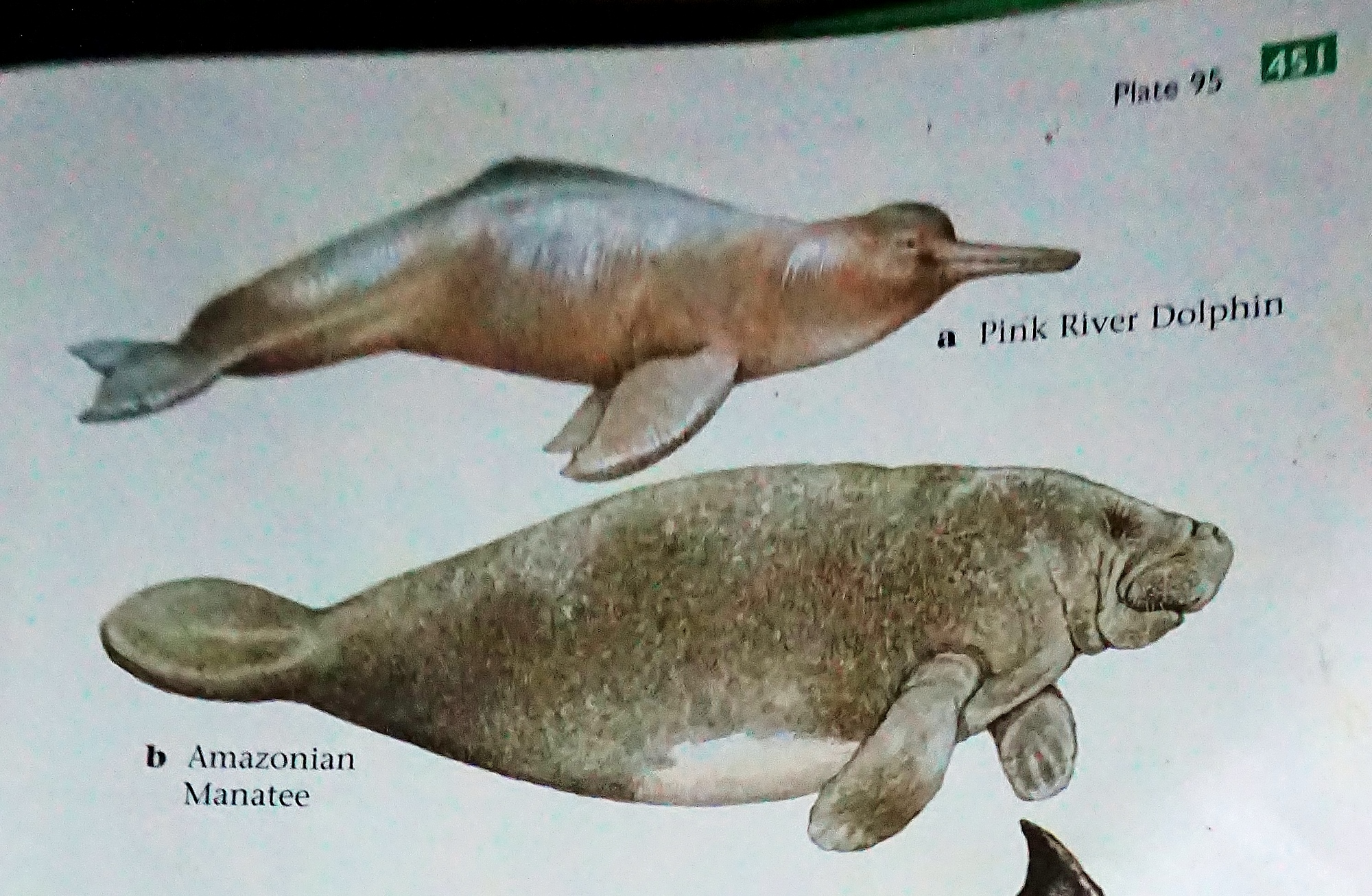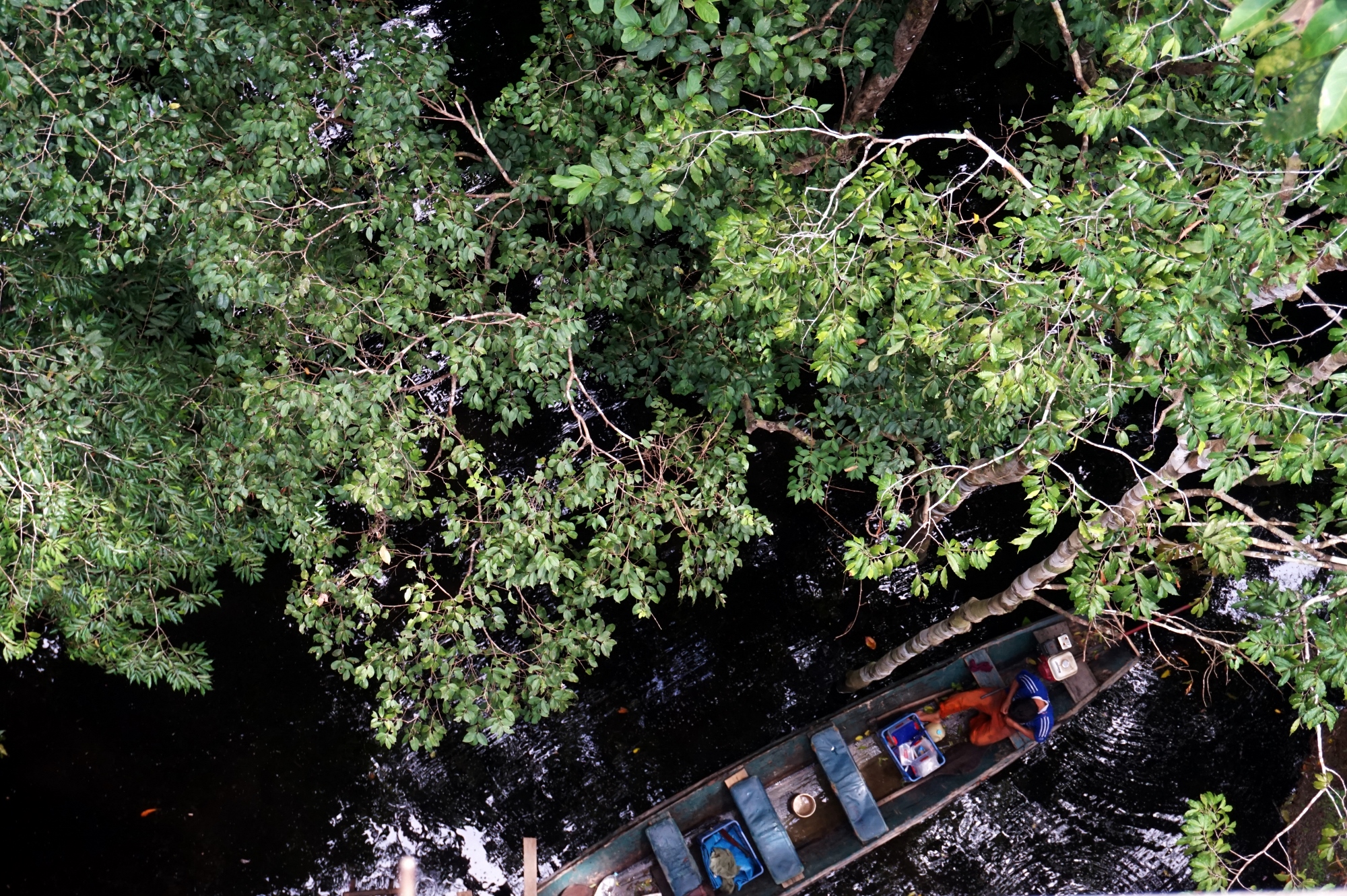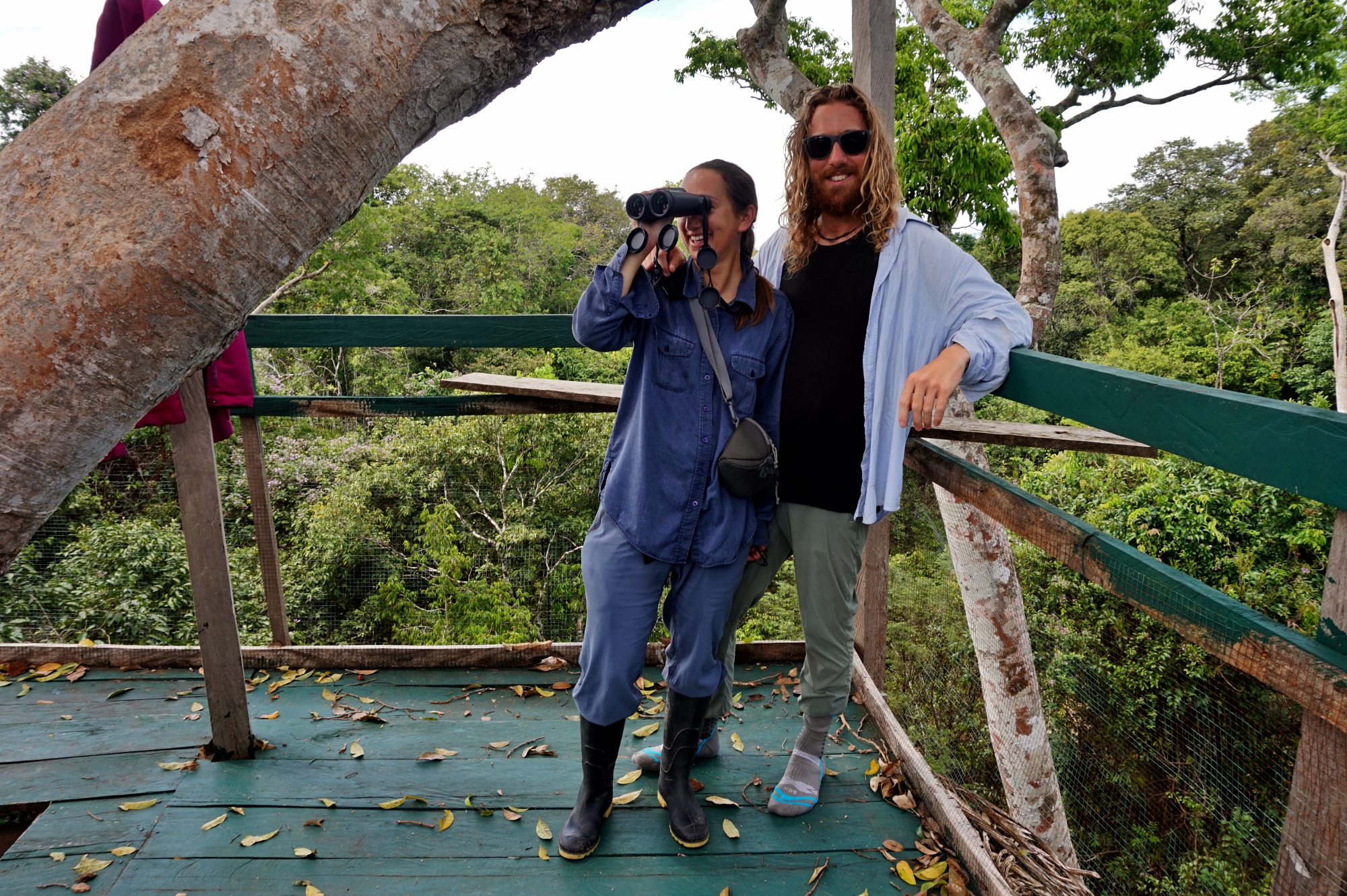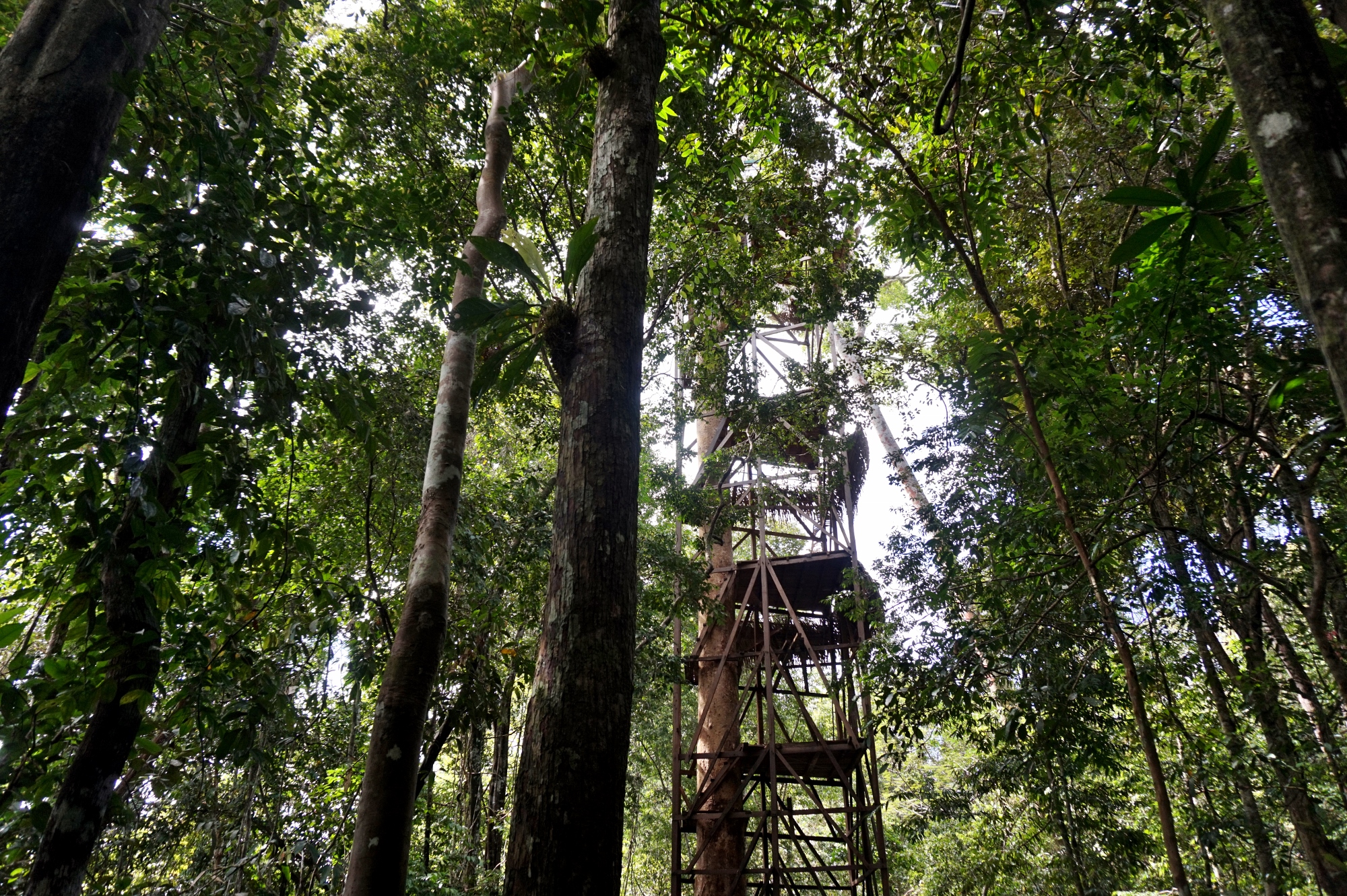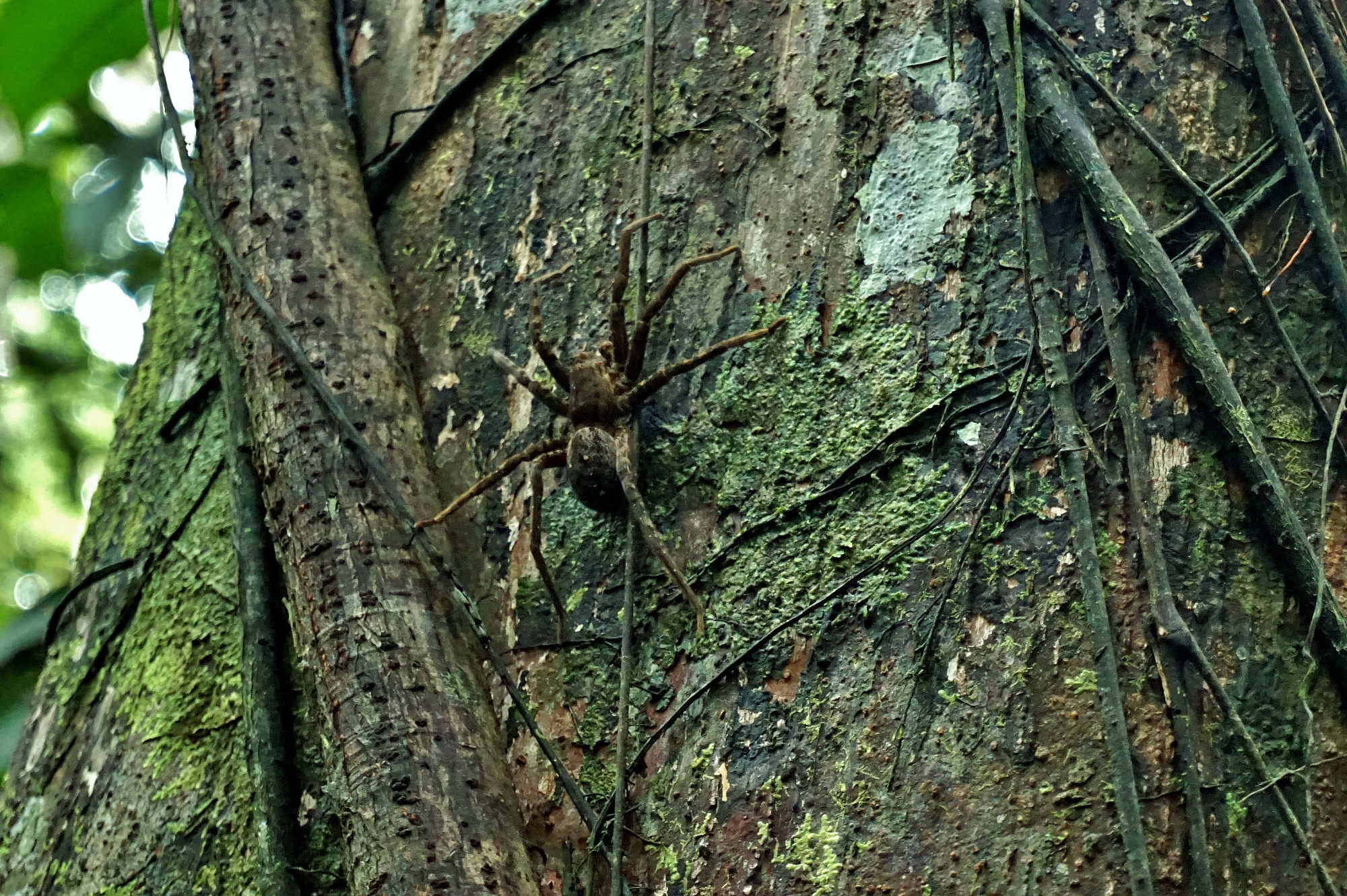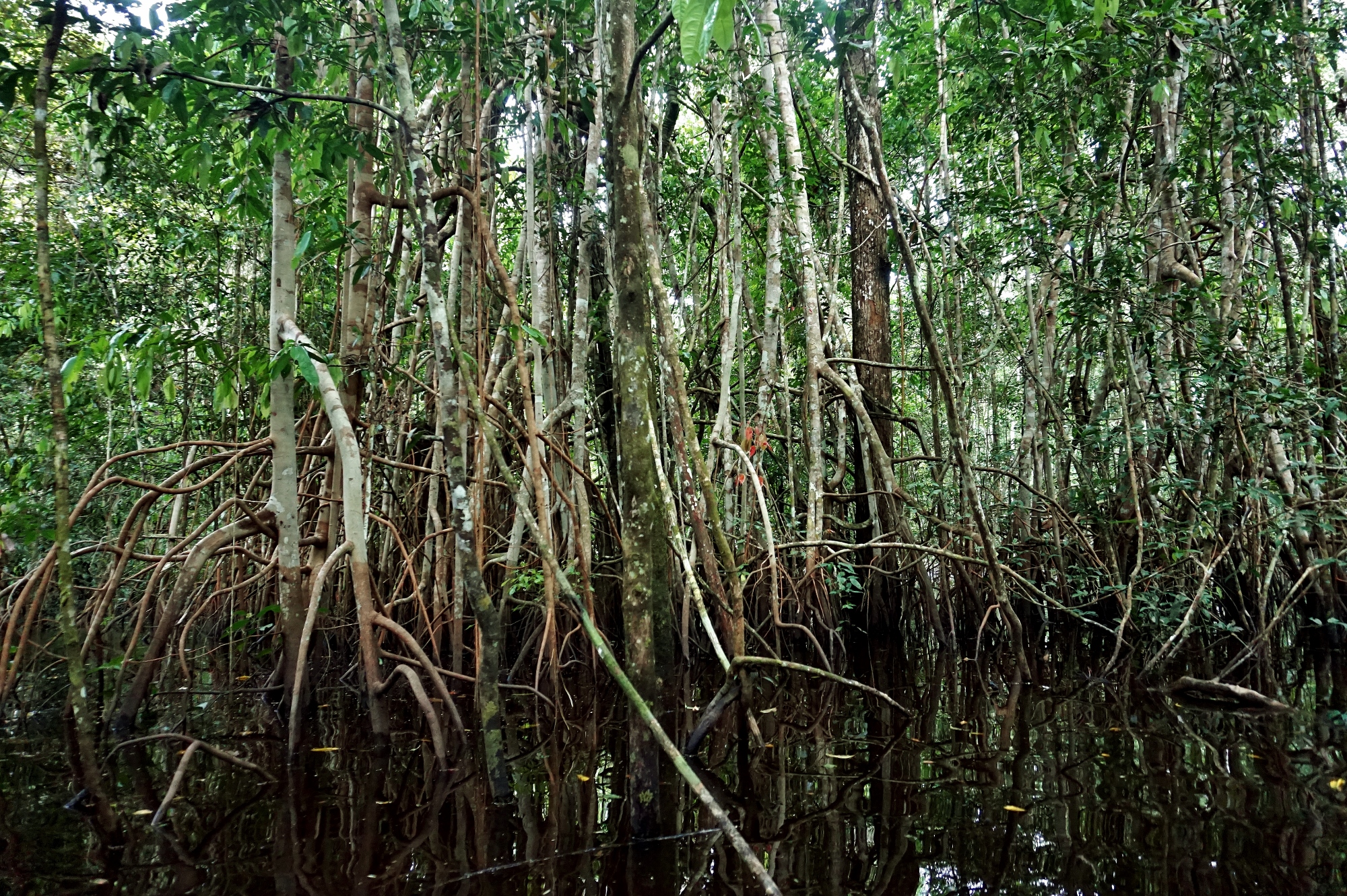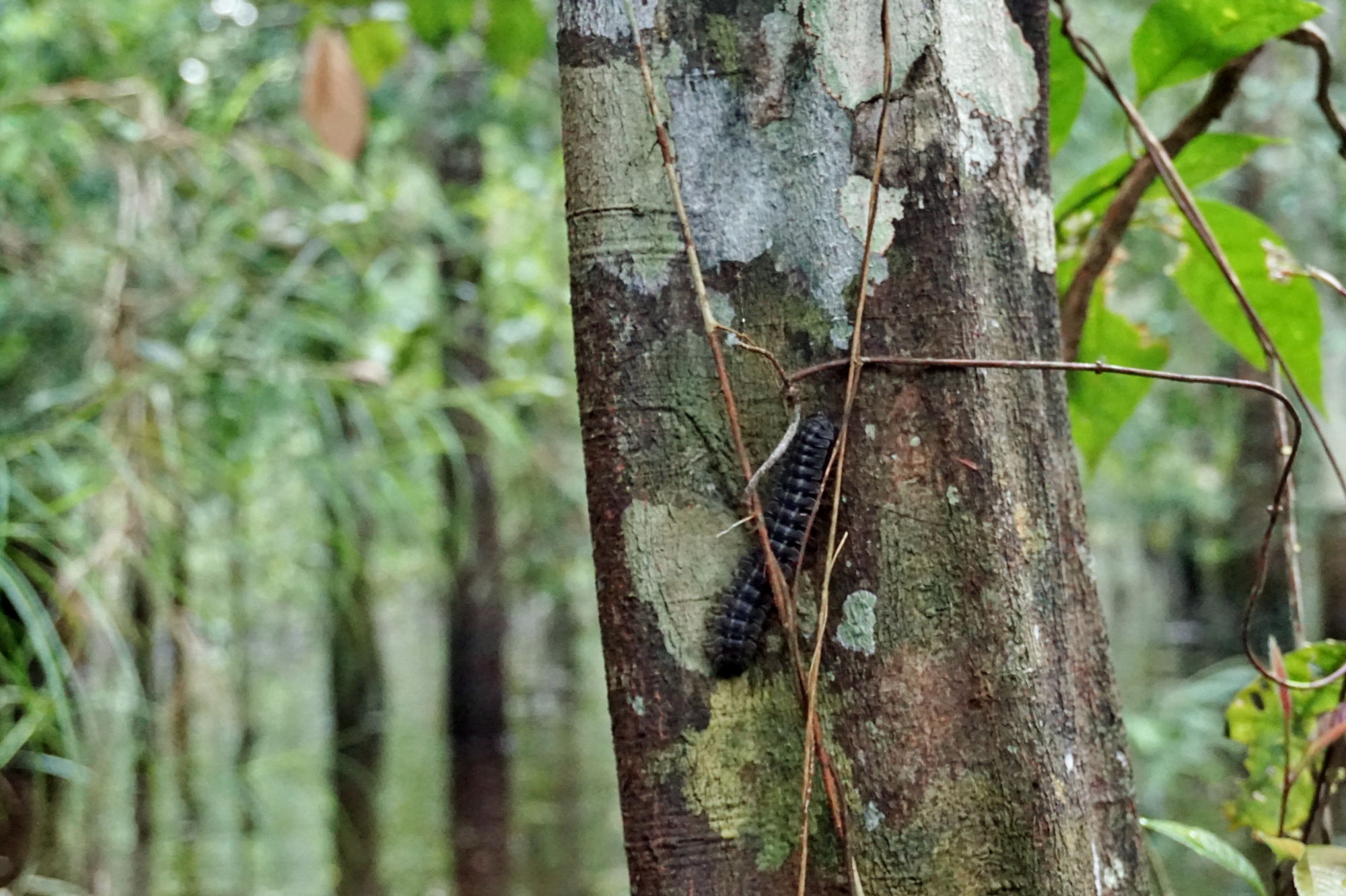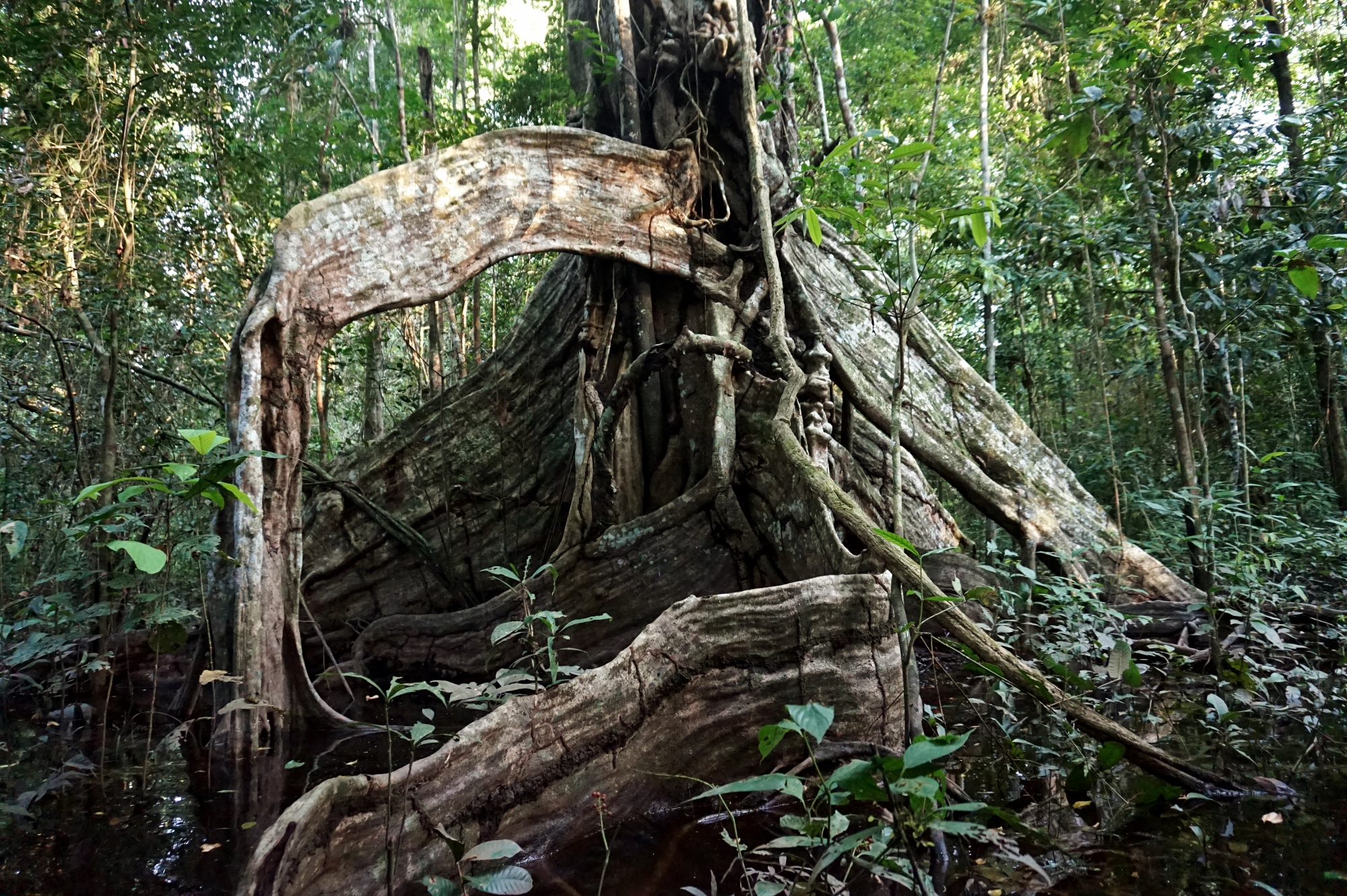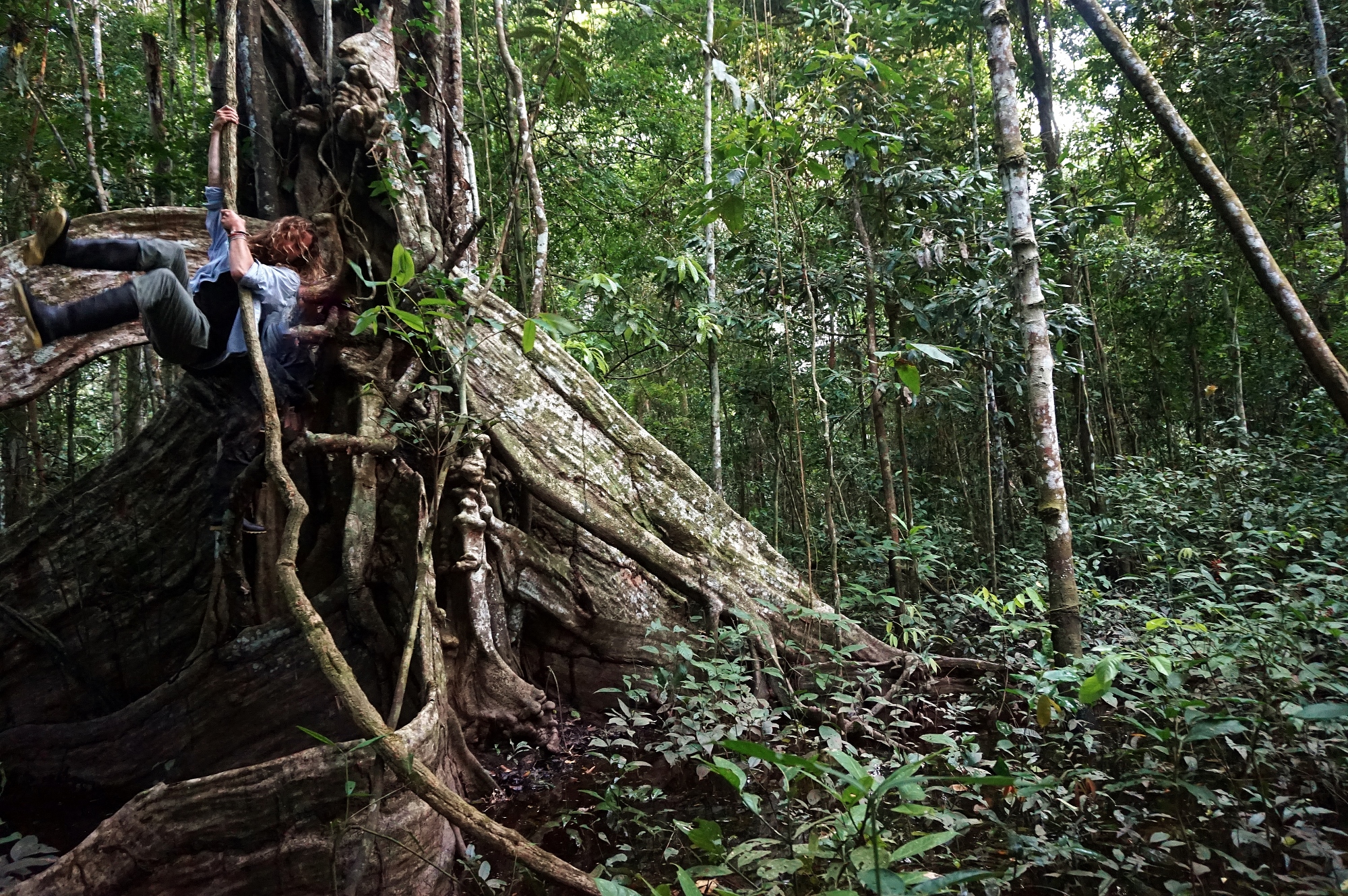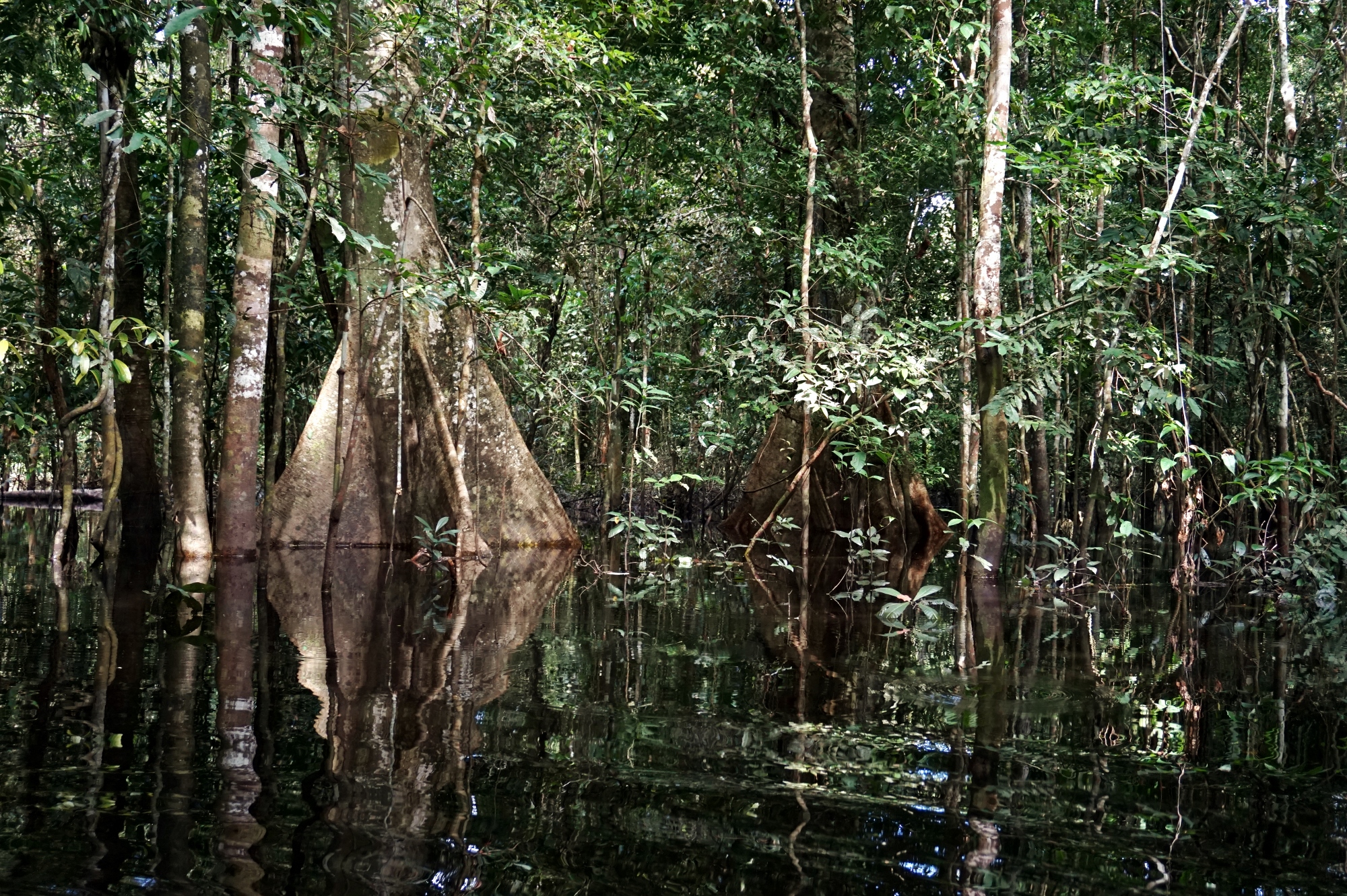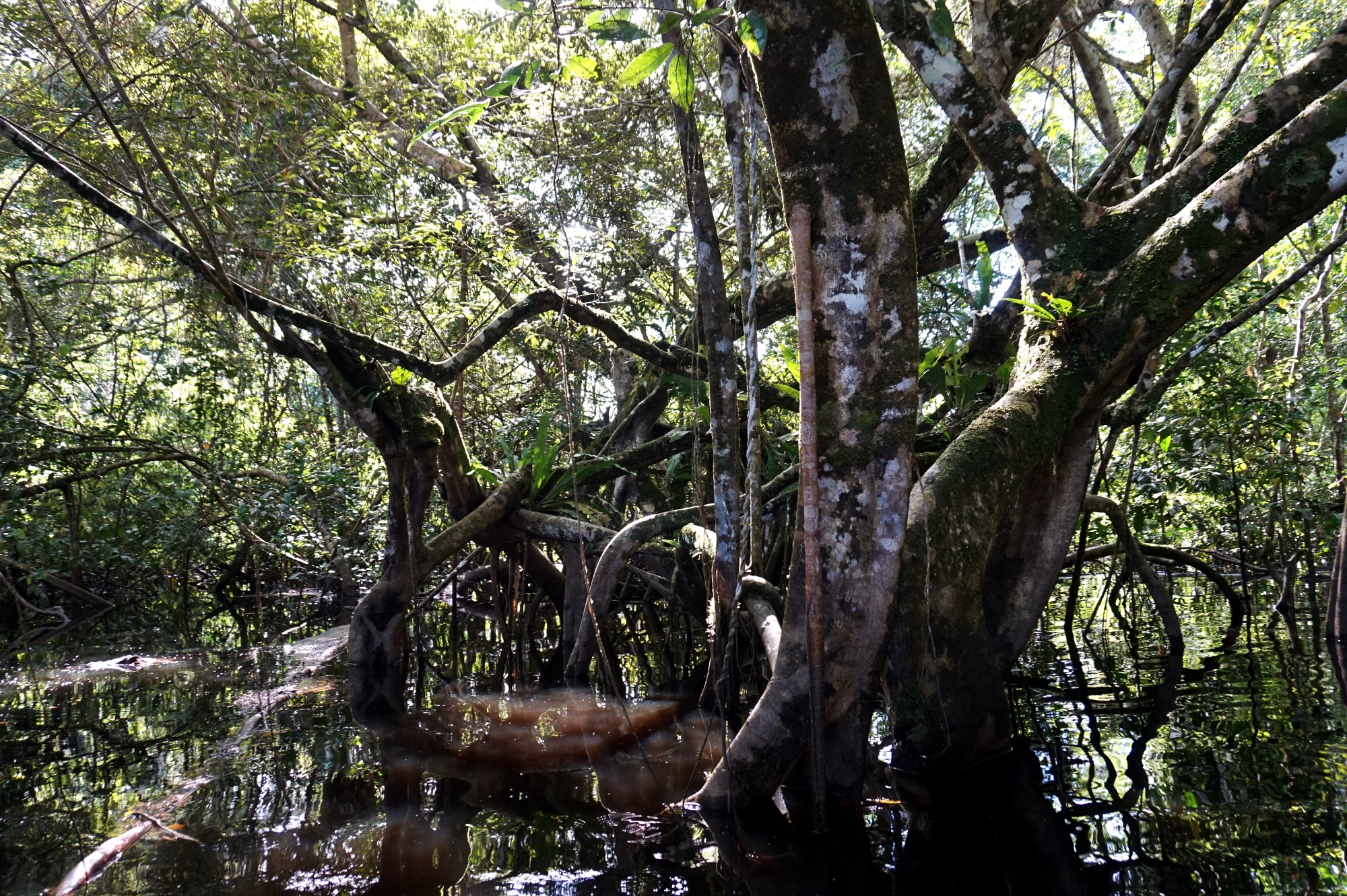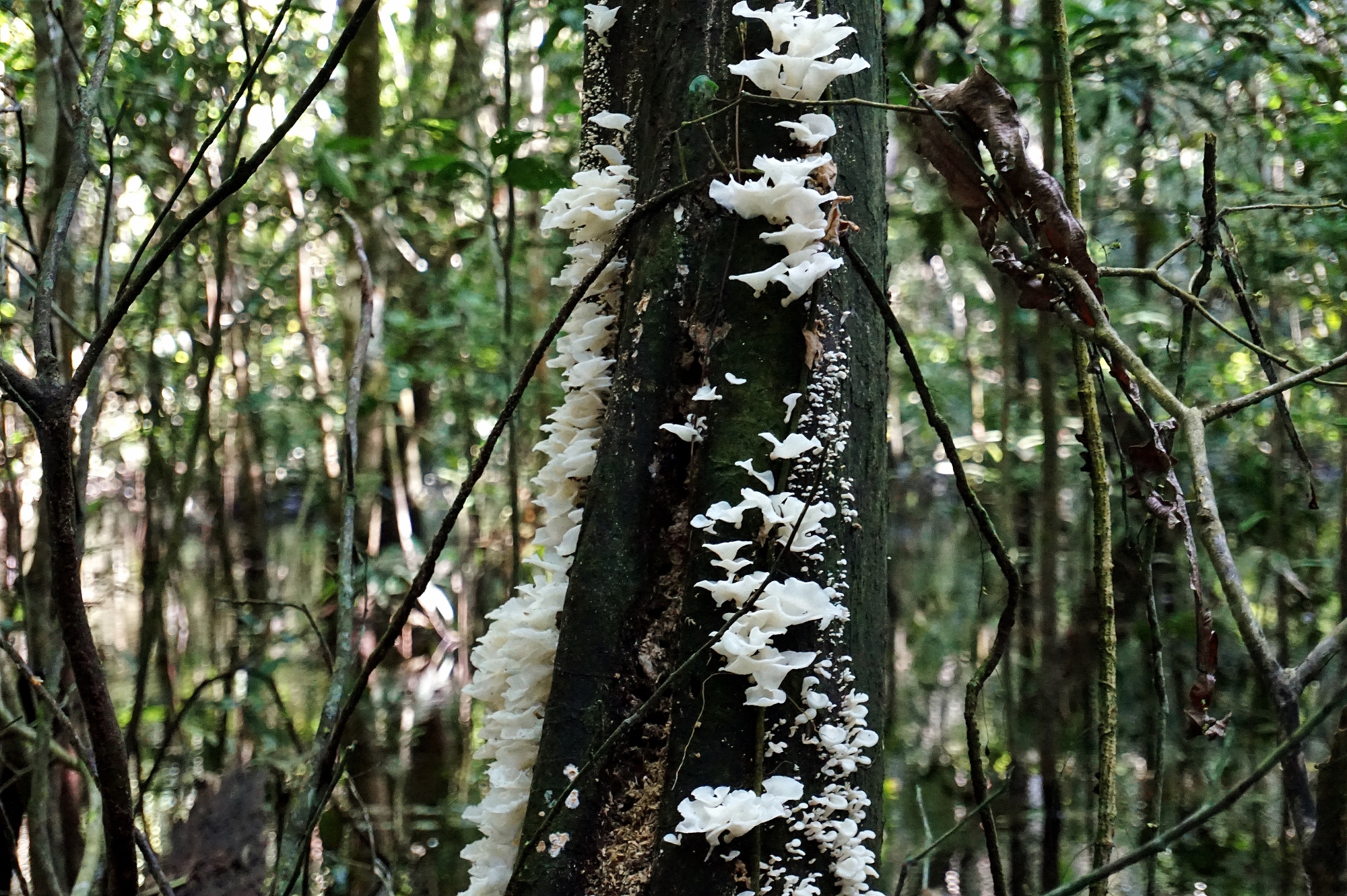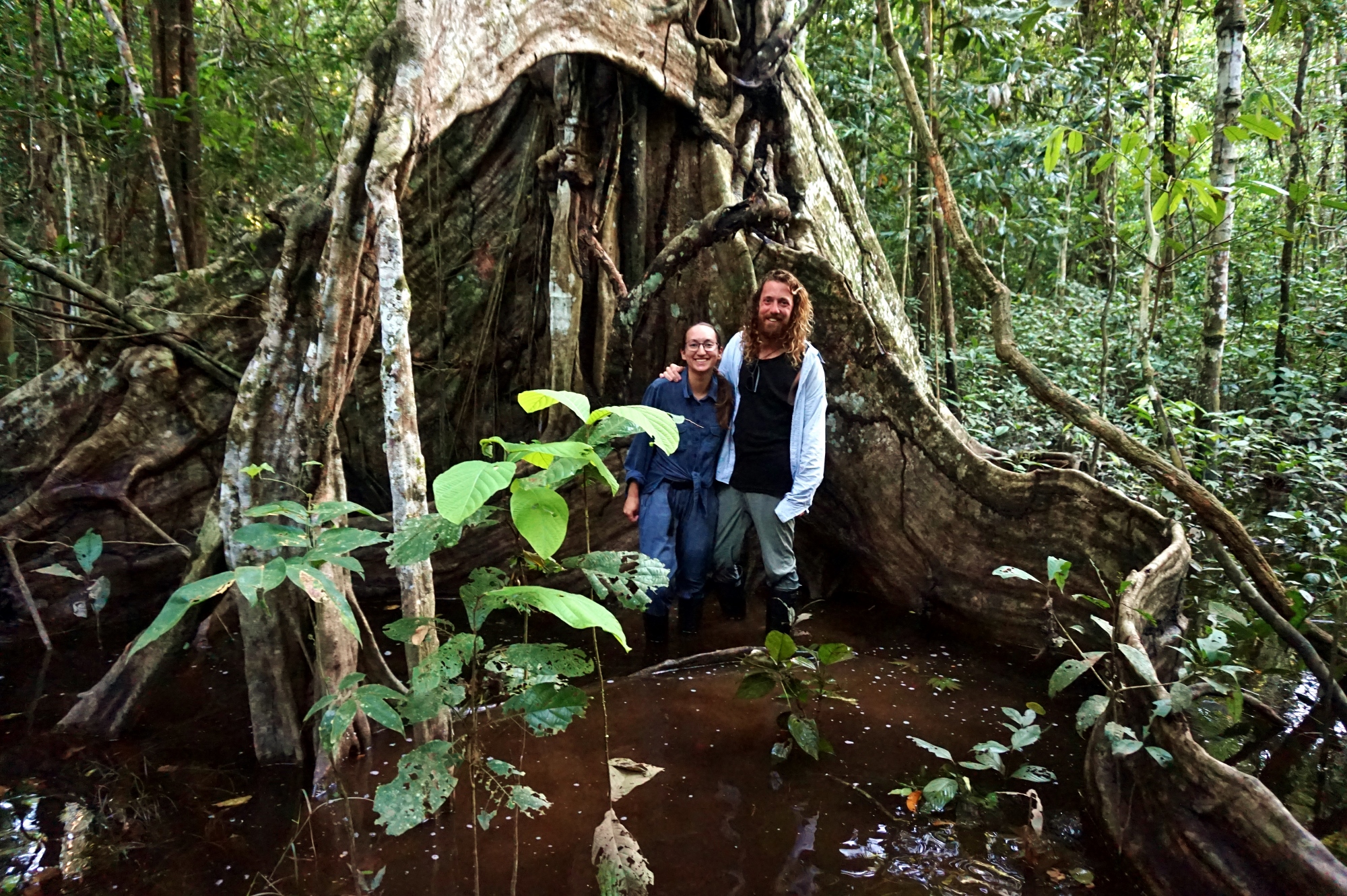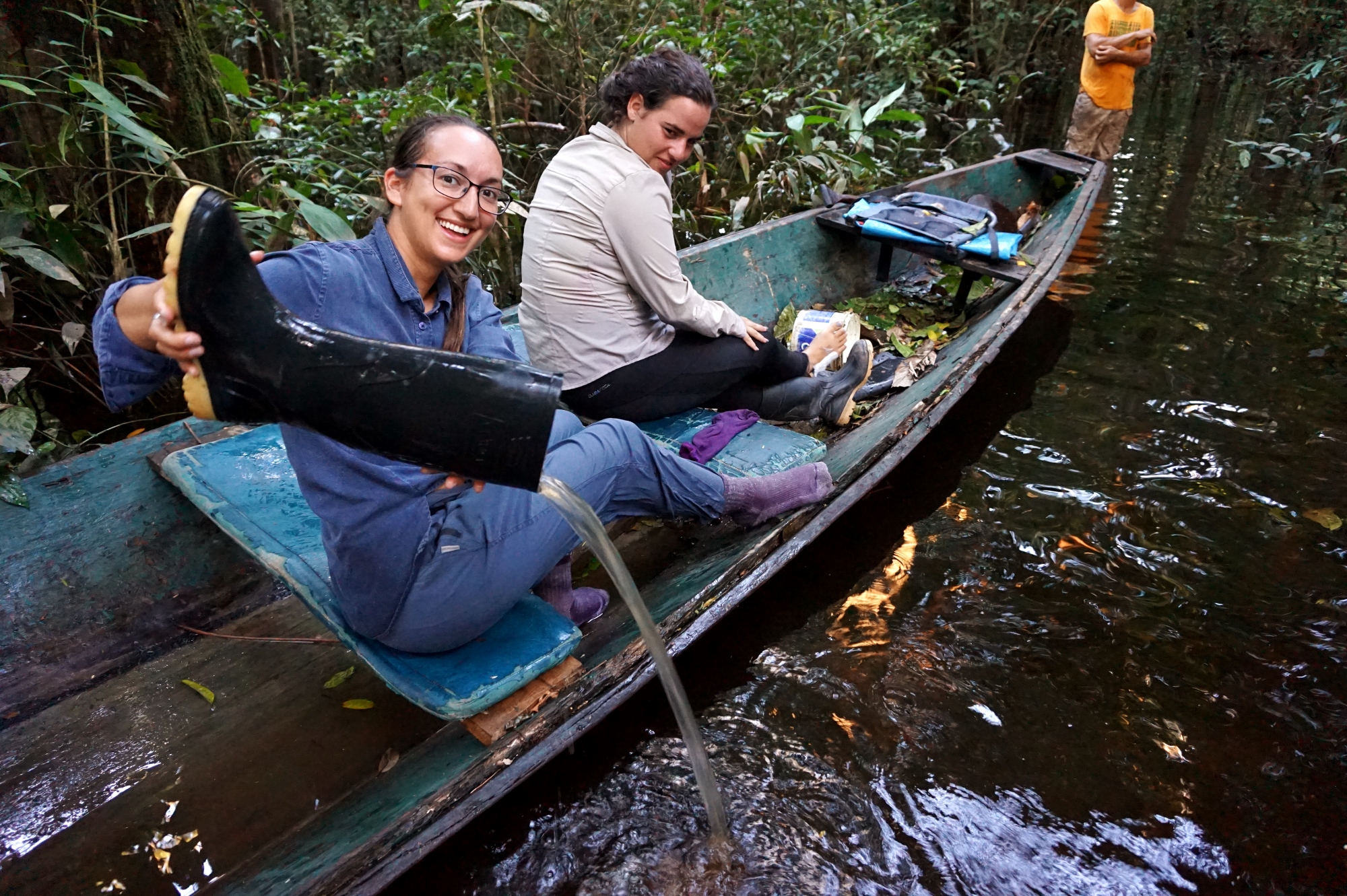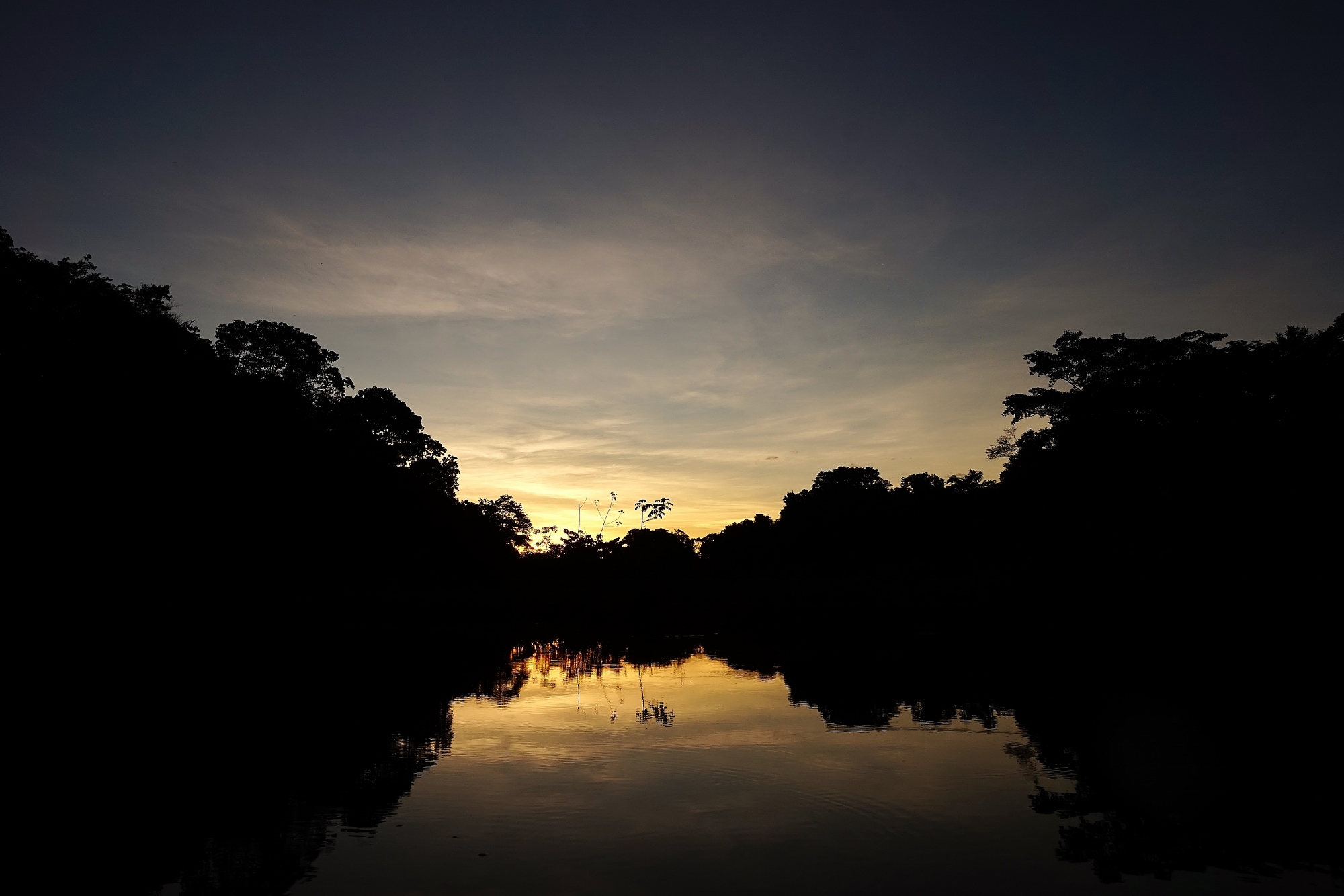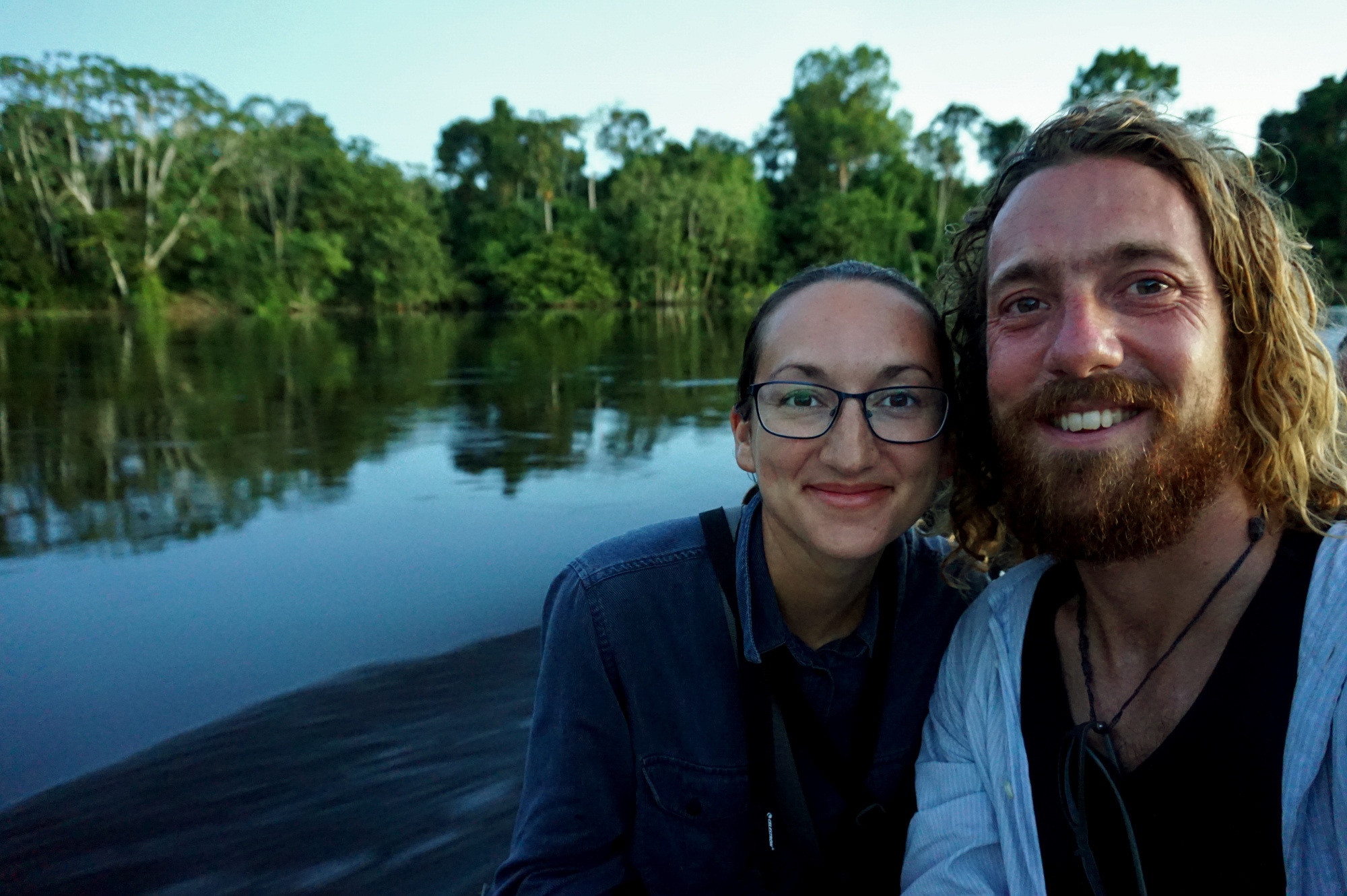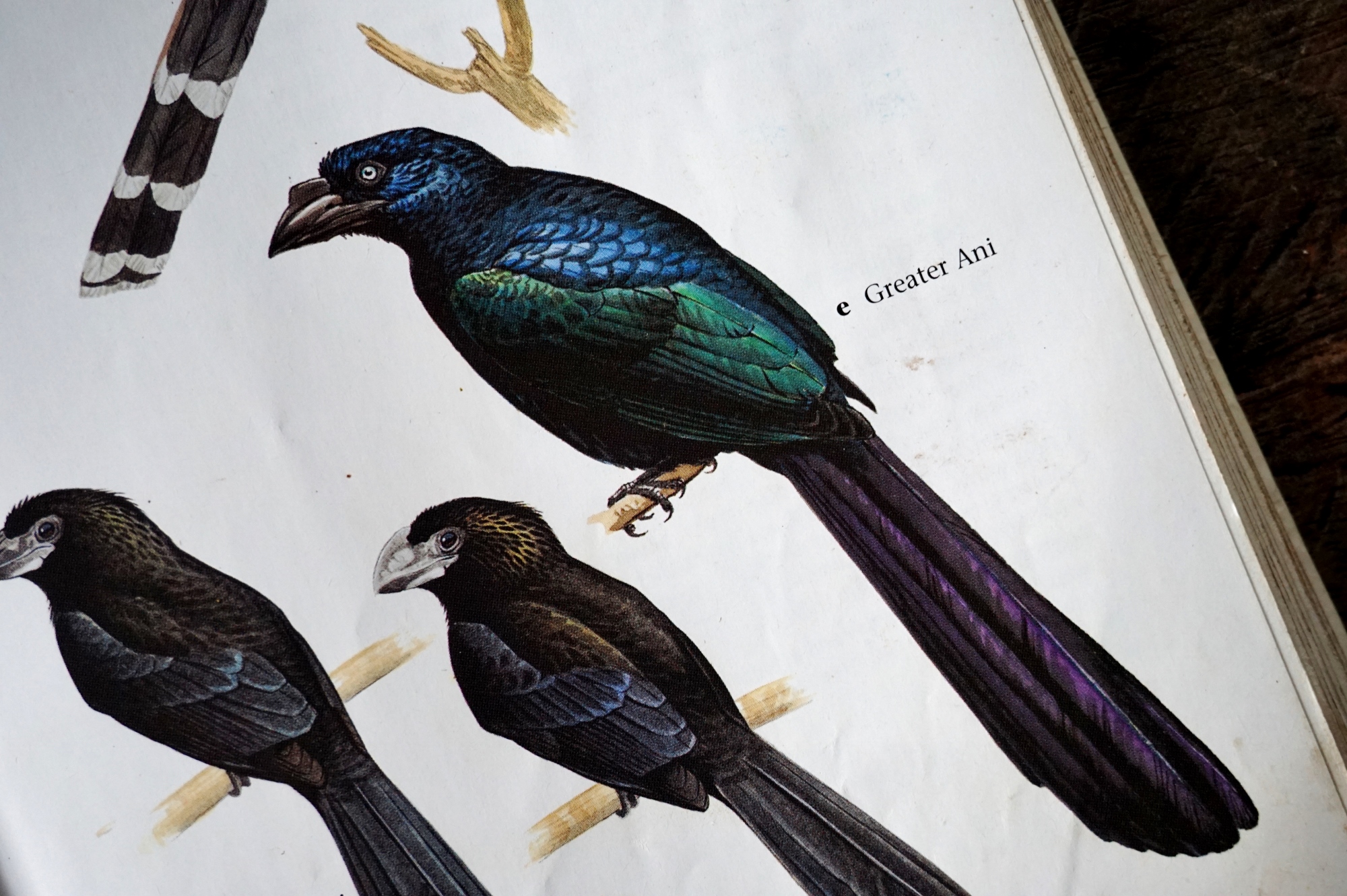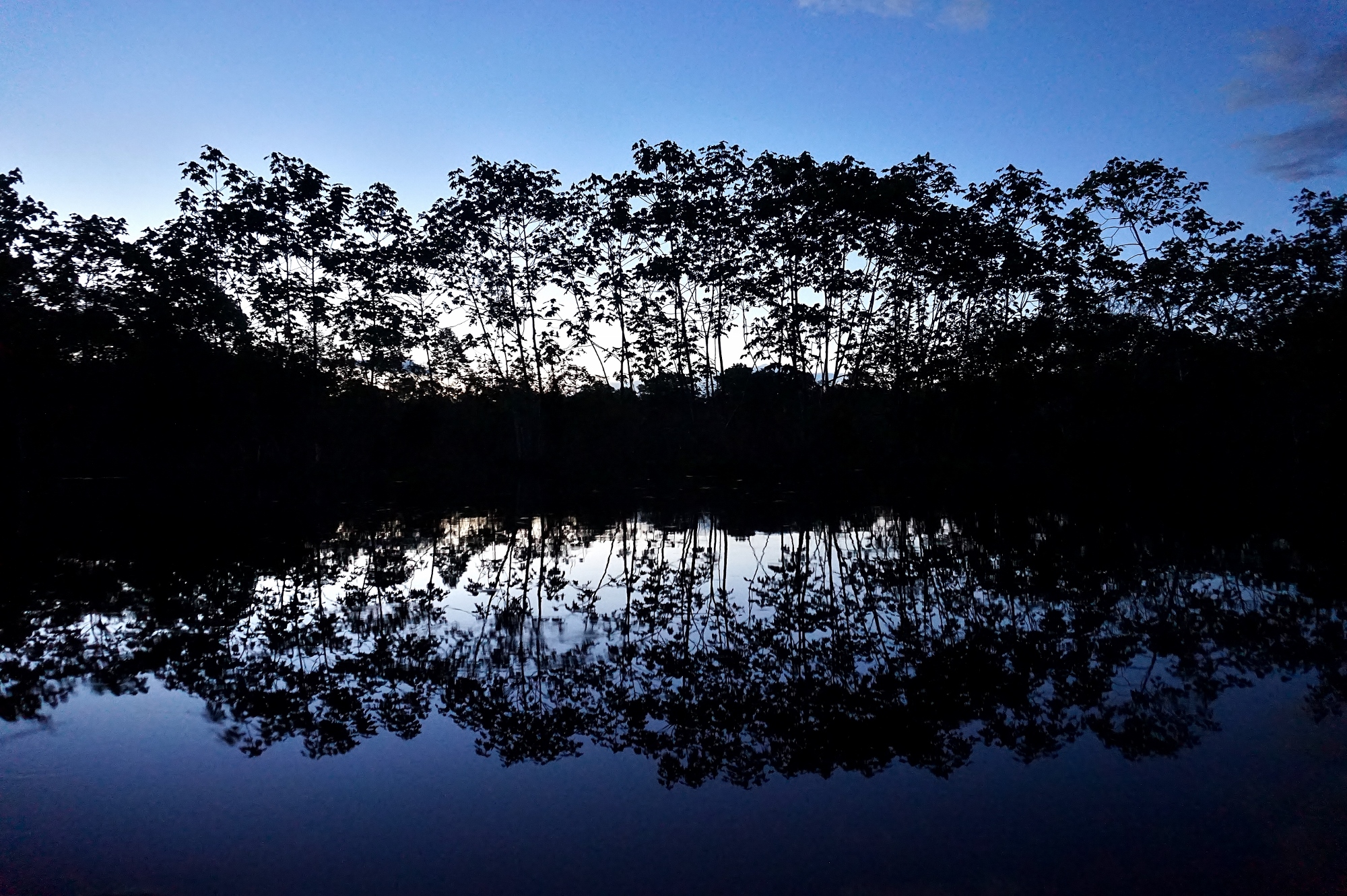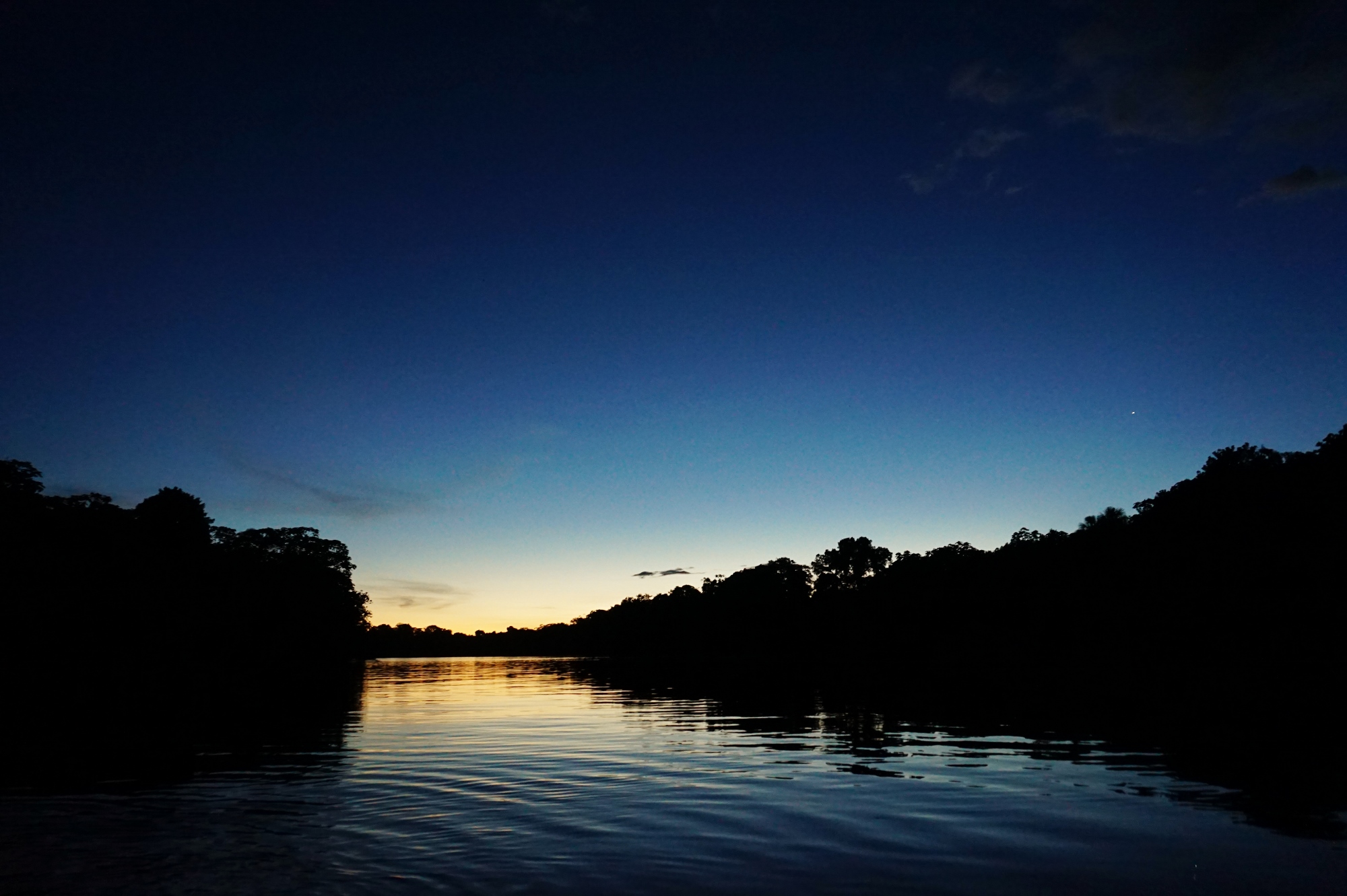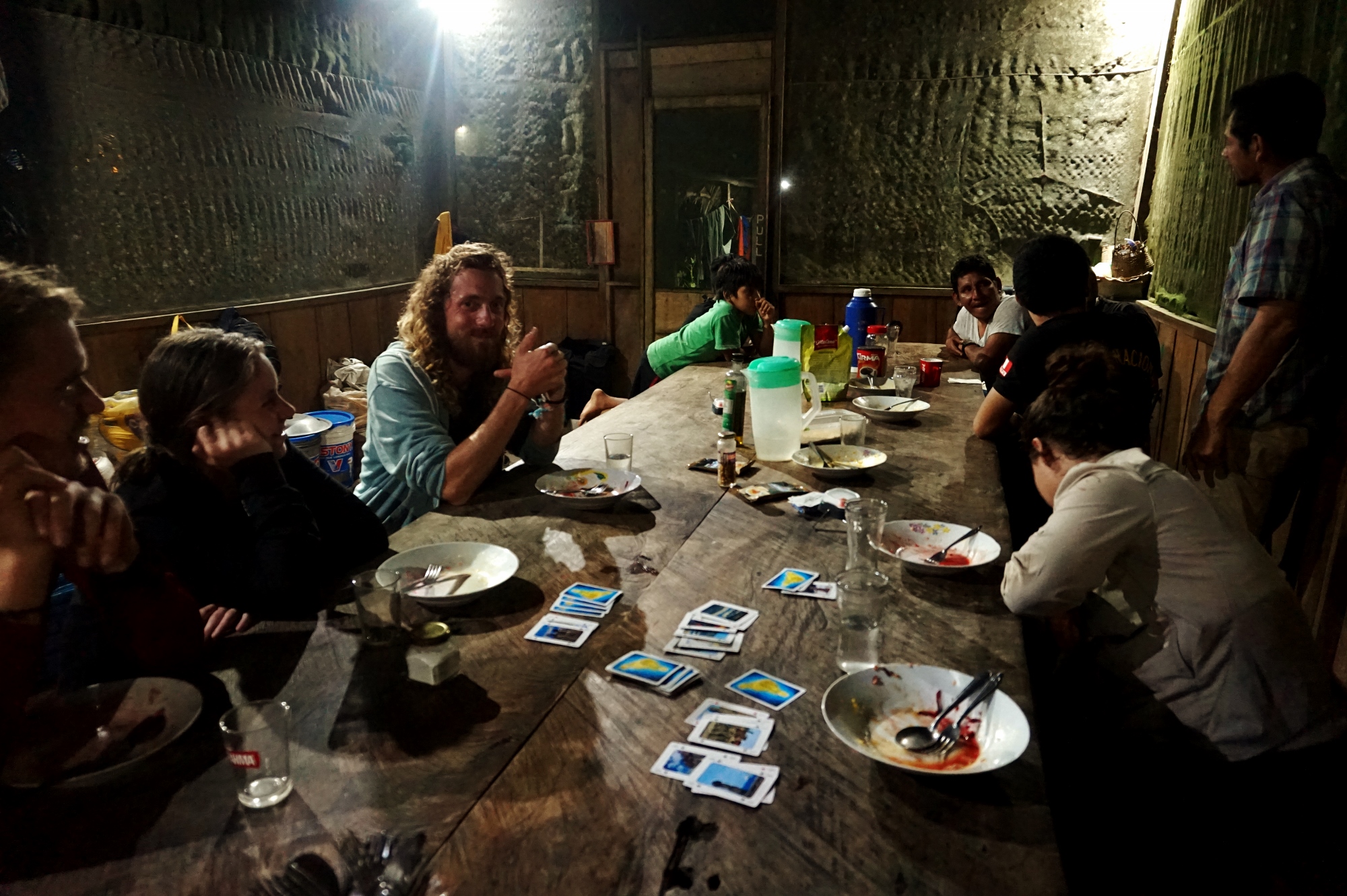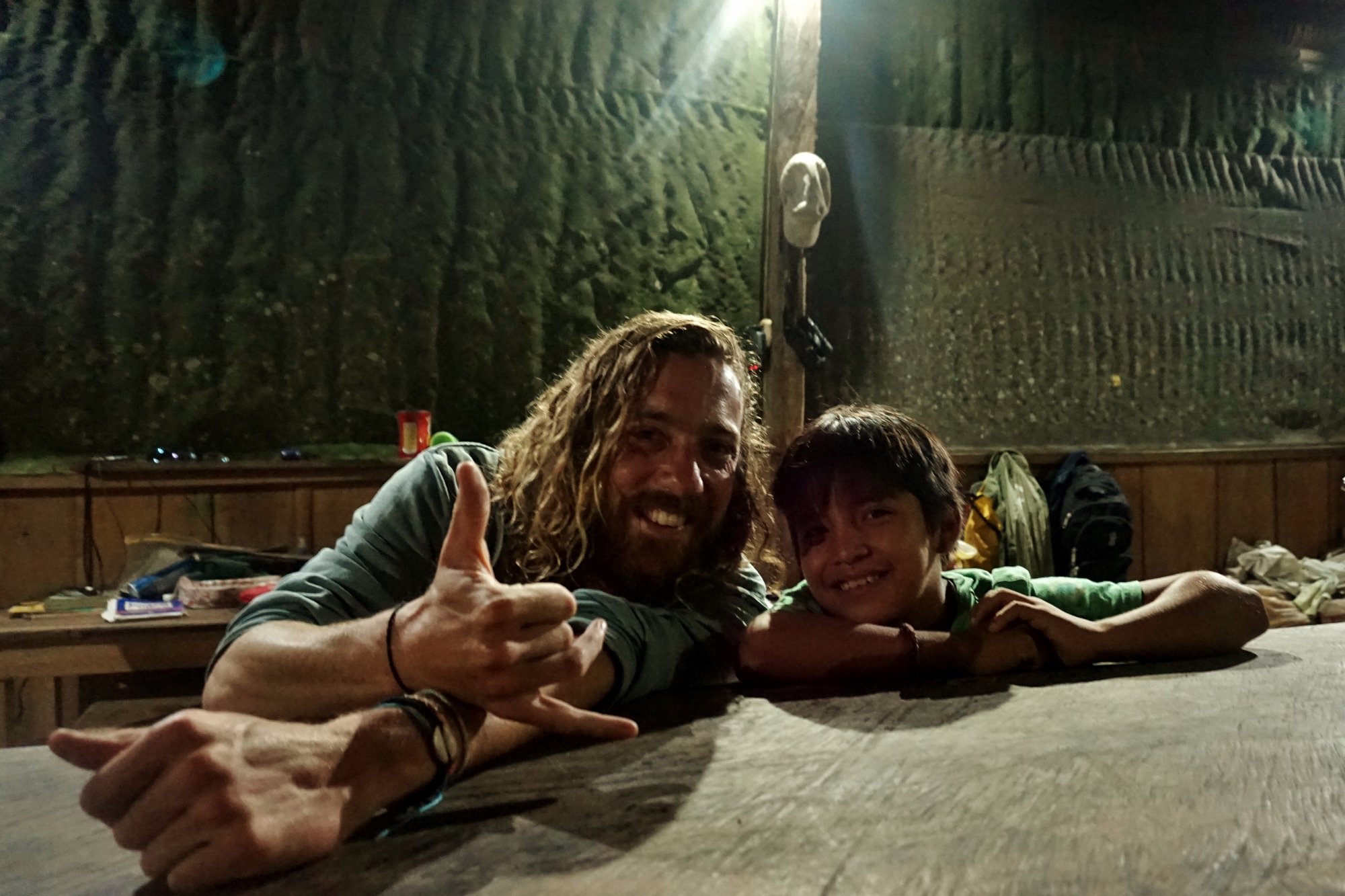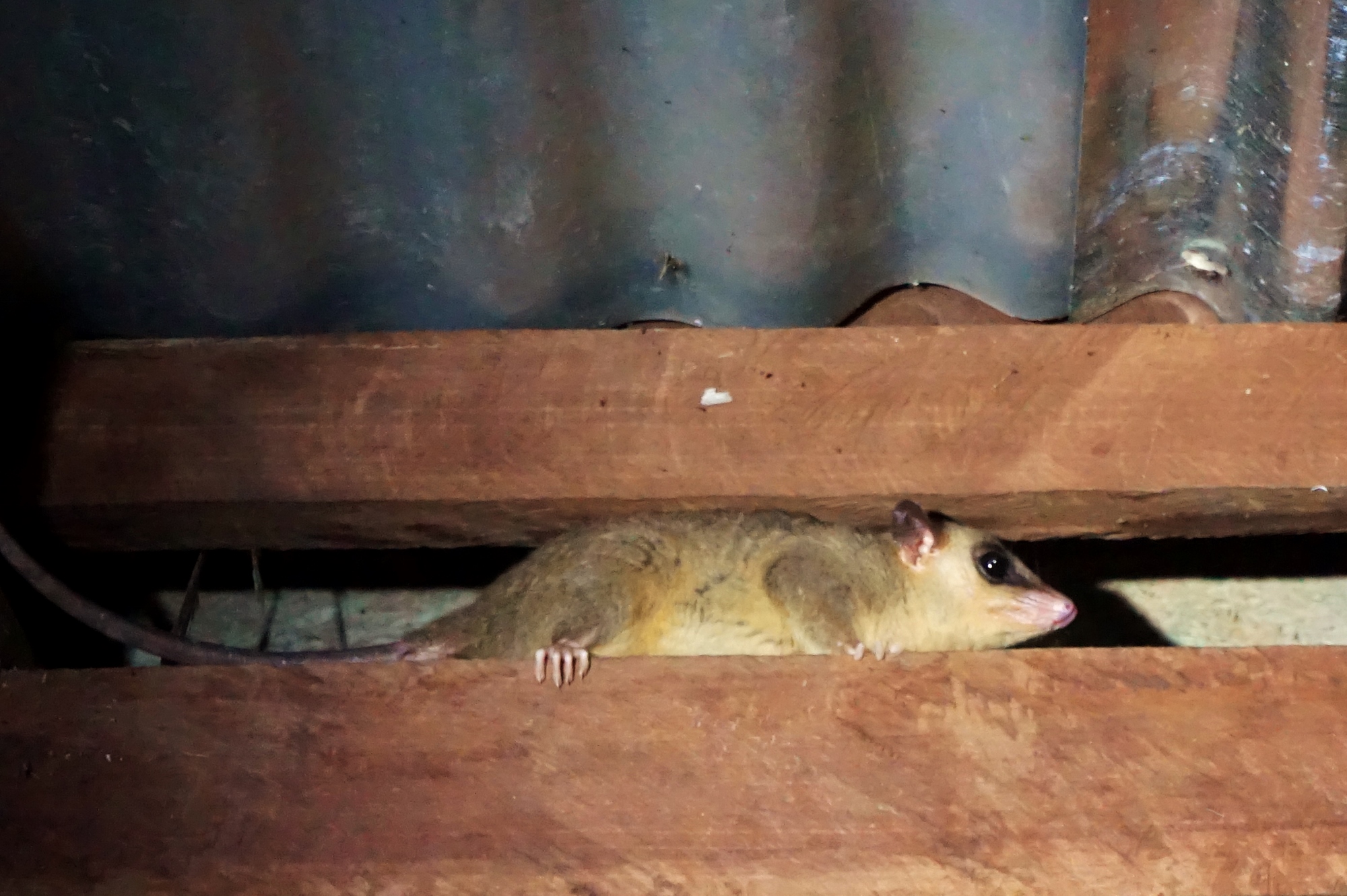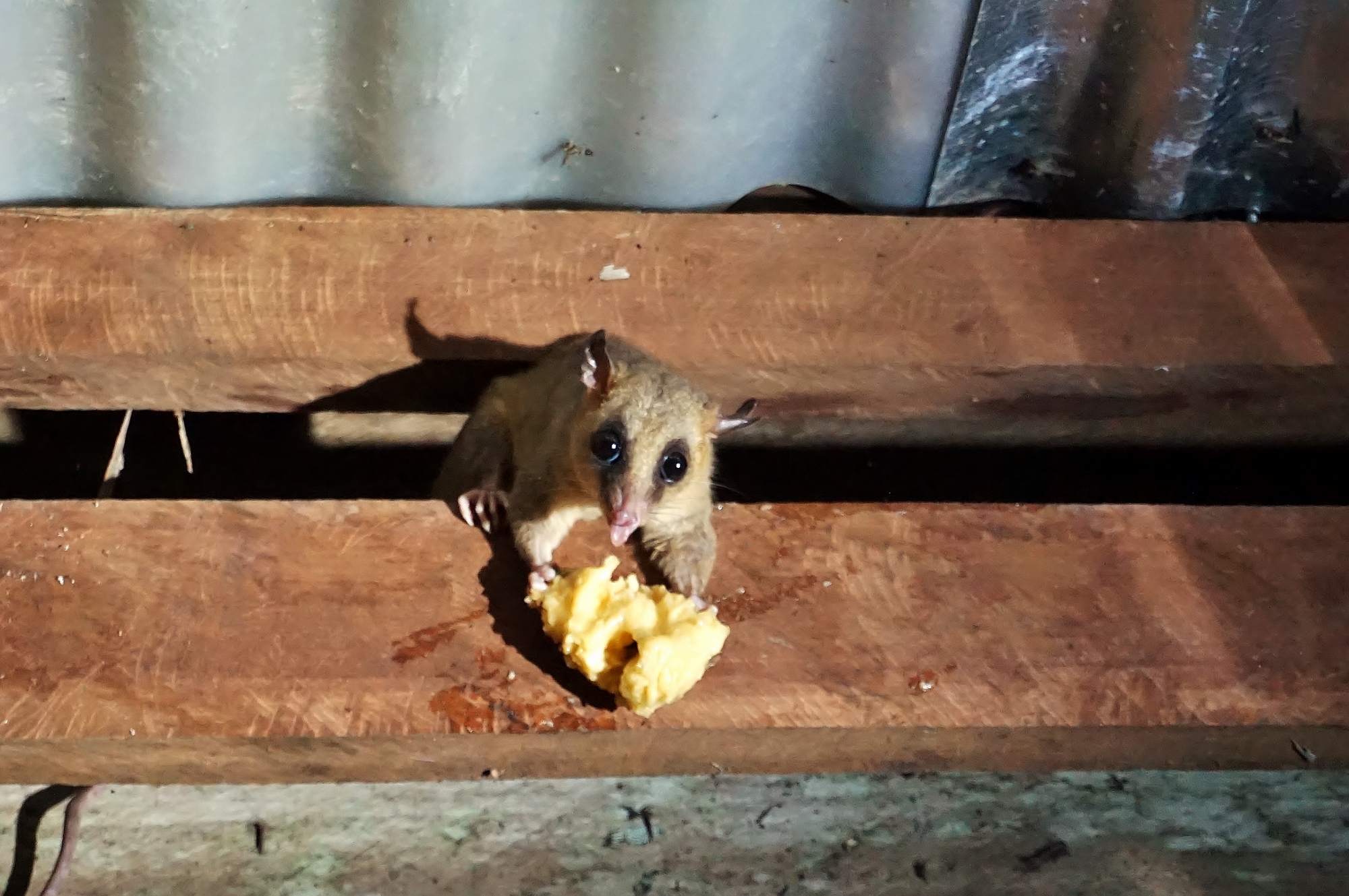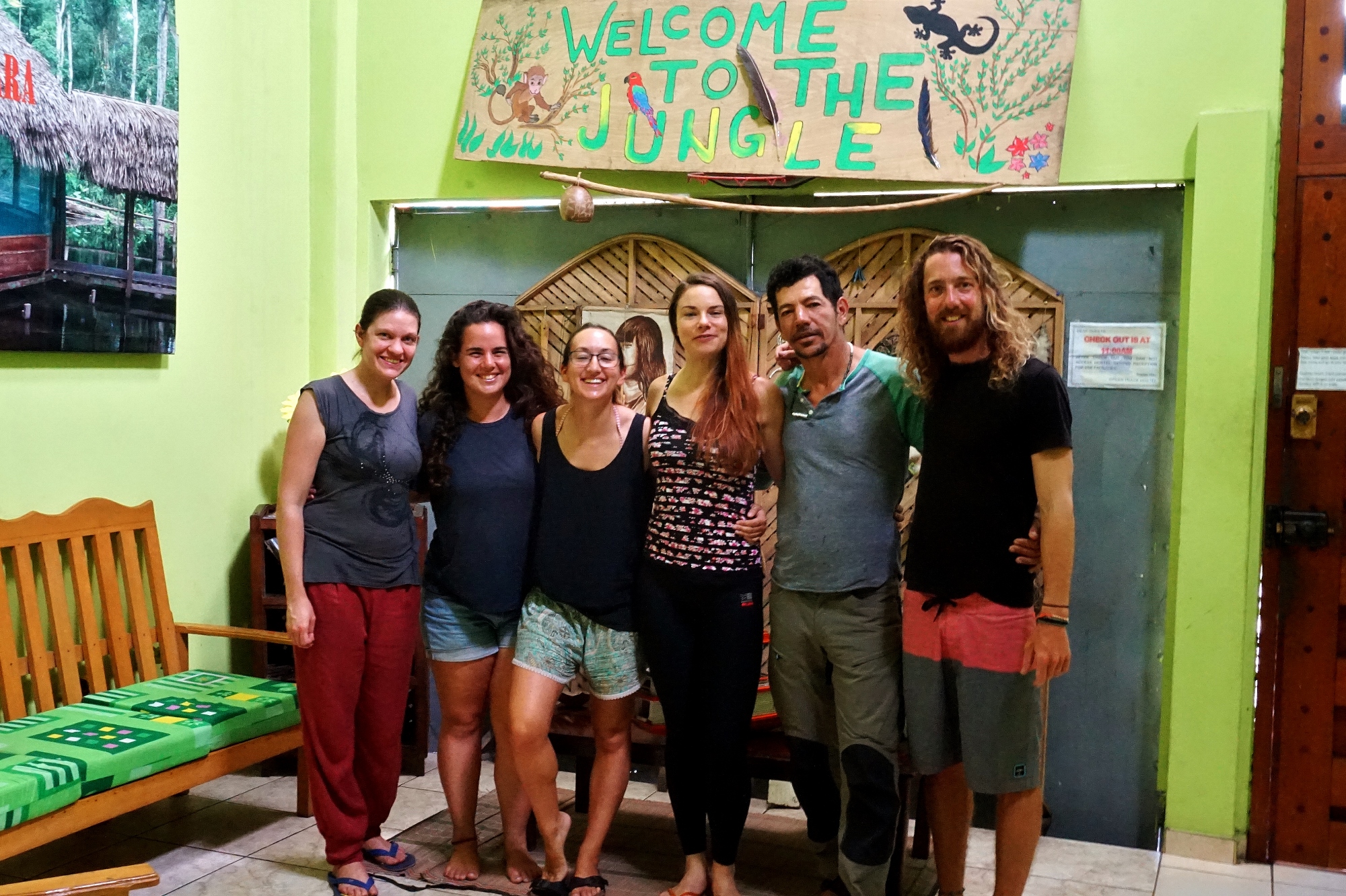THE JUNGLE

Our alarm went off at 5am, we'd be getting used to these early starts over the next few days. We were heading to the Tapiche Reserve, a days journey into the rainforest. To get there we took a tuk tuk, a bus and not one but two boats. It was raining heavily when we crammed into the tuk tuks, I'm not sure why this came as a surprise, it's not called the rainforest for nothing. We took a bus down one of the only roads out of town to Nauta, where the road ends, then boarded a cramped speedboat. All the cargo was thrown on the roof which kept bowing more and more as extra bags, sacks, and crates were stacked up. We sped past the meeting point of two tributaries marking the start of the Amazon river, and up the Ucayali River to Requena, a city deep in the jungle. It really gave us an understanding of the vastness of the rainforest, and the differences between the remote jungle where we were, compared to that just outside of Iquitos, where most of the trees had long since been cut down and most wildlife can be seen (dead) in Belen Market.
We were met by Kato the owner and our guide. One of the first things he said to us when we got off the boat "here is different to Iquitos" and he was so right. It was still a big town where you could buy anything you needed, but it had none of the polish of Iquitos. It seemed like a tough place to get by, with few tourists. It was out there as one of the most remote towns I've ever been. However it wasn't remote enough as we still had 3-4 more hours in Kato's speed boat to get deeper into the jungle
Before we even reached the lodge we spotted a three toed sloth high up in a tree. Moving very slowly so as not to be spotted, it carefully munched on the leaves in arms reach. It was like watching a Thai Chi master eating lunch at half speed.
A hitch hiker in the shape of a stick had joined us at some point. Mr stick insect was small-ish and was sort of swaying/bobbbing up and down, it looked kind of drunk. Later on Will joked that another larger stick on the bow was also a stick insect, but it turned out it was!! They just look so stick-like!
We saw many different types of birds including a Lineated Wood Pecker, with its punk rock red mohican, a Horned Screamer with its little antenna and we followed a Ringed Kingfisher up one inlet. Some tiny monkeys also dropped by, swinging about in the canopy.
The lodge was basic but pretty well built using only wood from trees that had naturally fallen. On the river there's a little jetty with a hammock which rocks every time a boat passes by. You then walk the plank to the guests rooms which consist of bunk beds, mosquito nets and not much else. The building has big openings on nearly all sides where windows should be, but instead there's netting to allow some welcome breeze inside. From here you have to balance your way across a floating walkway of boats, planks and rope to get to the bathroom area and the common room / kitchen.
On our first morning we noticed one of the boats that made up the walkway was missing. It is much more silent and subtle than the larger speed boat, plus we needed it to get into the smaller tributaries! Until a few days before we arrived, there was a circular hammock room which looked amazing in the pictures but Kato had decided to dismantle and rebuild it.
On our first full day in the jungle we awoke to the sound of a the Red Howler Monkeys. After the Blue Whale they are the second loudest mammal on the planet and can be heard five kilometres away. We were out by 6am after an amazing jungle breakfast of porridge and plantain. We were searching for monkeys and Kato was incredible at listening to the sound of the jungle and distinguishing between the calls of different animals. As we were visiting in the middle of rainy season most of the forest floor was flooded. Unfortunately this meant we couldn't do any hiking, however it did mean we could silently move through the narrow waterways between the trees by boat, so as not to scare off the animals. Over the course of the two days we saw many different types of Monkey: Common Wooly Monkey, Squirrel Monkey, Dusky Titi Monkey, Saddle Back Tamarin and the Monk Saki Monkey.
Most of the wildlife allowed us to observe them before we left them to their day. Kato said he always tried to leave the animals before they left us, so that they would learn that he wasn't a threat. I understood but there were times when we wanted a little more time as I spent so long at the beginning trying to locate the animals through the binoculars!
Kato knew every single waterway, lagoon, tree, bird and sound as we we made our way around the reserve. A lot of the time he would have to cut a way through dense areas of jungle using a machete, either because the plants had overgrown over the waterway or trees had fallen over, blocking our way. There was more than one occasion where him and his helper Raquelme had to get out of the boat and physically lift/push the boat over a fallen tree. As we went, they would snap small low level branches as a guide to where we'd come from.
My favourite moments were seeing the Squirrel Monkeys in a tree on the edge of the lagoon. They were low down and close by so we could see them perfectly. They didn't seem to care that we were there as they were gobbling down so many berries. We watched as they swung through the tree, finding new patches of berries and eating their fill. We also saw many different types of birds, the bright blue beaked Capped Herons and colourful Macaws and a startled looking Hoatzin were our particular favourites. Apparently they are very smelly so don't get hunted much.
After going back to the lodge for lunch, we went on a Jungle walk, as do the palms apparently. We walked past a special species that are supported by trunklike roots that can help move the whole tree towards gaps of light in the canopy. We lasted about half an hour after being eaten alive by professional mosquitoes. It is definitely mosquito season oh my god. Any skin we had out or any clothes they could bite through were on the menu. It was a blood bath. We hastily retreated back to the relative comforts of the boat. Definitely wear loose, light coloured clothing if you want to avoid resembling a dot to dot.
We had a crazy ride back almost in the dark and trying to get through the narrow streams before all the light was gone.
After an amazing dinner we sat around the common room in the lodge and played cards until it was time for lights out.
Kato had heard a boat when we were returning to the lodge and decided to go looking for the hunters. One unarmed guy against an unknown number of men with guns. Not a lot of people would be so brave. In the morning we learned the full story, that he had easily tracked them down and confiscated two of their shotguns. When we'd asked him if he was afraid going into these situations he said no, because he knew he was in the right. I wondered if he realised that sounded a bit insane to us. He said the hunters would not shoot a person. The hunters had pleaded to be allowed to keep their weapons and promised to never hunt on his land again. He had heard this before but the same few people always came back. He said they should sleep in their boat the night whilst he thought about what to do. First thing in the morning he went off to fetch the police (the police on this stretch of river don't have a boat... yeah I know). The hunters were charged with possessing a weapon without a license but nothing about the hunting. The police ended up staying the whole day and night at the lodge to get a lift back. (Kato has to keep them sweet)
It was very heavily raining that morning. As we waited for the rain to stop, some people went in for a swim. I was too scared that the penis fish might like females too so didn't venture in! Later we found out a giant anaconda got caught up in the nets below the boat bridge a few days before we arrived, only a few feet away from where the guys jumped in.
With Kato on police duty, this left us with Raquelme as our guide, originally a commercial hunter who was now working for Kato putting his hunting skills to a different use. He was a stocky, strong man who scratched his back with his machete. He spoke no English so we really didn't get much information that morning but as it was raining so much there really weren't any animals to be seen anyway. We had a 'second breakfast' up the watch tower, in the rain. It was an amazing structure built around a very tall, very straight tree.
Once the rain had subsided, we did see some incredible Agami Herons who were nesting here, the eggs were a light blue. They had brilliant hairdos and shimmering blue and purple faces.
Around midday, Kato joined us and we headed back up the watch tower for lunch and hopefully to see more wildlife now it had stopped raining. We saw some pink dolphins in the river as well as a handful of birds, but the animals still seemed to be hiding from the weather rather than drying off in the canopy as we had hoped. However there was no shortage of ants up there and they literally got everywhere and their bites were horrendous. On the way back down we saw a porcupine's head poking out of a hole in a nearby tree. He seemed happy observing the comings and goings of the forest.
In the afternoon we tracked down some more large howler monkeys who were high overhead and pretty difficult to spot. One did a crap that landed on Camellias bottle. We then went on a bit of long winded tour through a dense section of jungle that they hadn't yet cut a path through. It was interesting at first but eventually, because they had to make so much noise chopping down branches to clear the way, meant we didn't see any wildlife for hours, except spiders and centipedes. We would have preferred to just be floating in a waterway, but I think Kato really didn't expect it to take so long to make the path. At one point we all got out and just walked through thigh high water to speed things up, which was actually rather fun if you stopped thinking about all the things that could be filling your boots other than water.
As the day was drawing to a close, we were paddling back to the lodge through a narrow creek, when a flock of maybe 30 black Greater Ani birds flew right over our heads. The last of the days light caught the feathers on their backs, picking out tones of green and blue. It was incredible sitting in silence and hearing the beating of their wings as they flew past.
That evening we played cards with Miguel, the nine year old son of the lady who cooked the meals. He was the only worker at the lodge that took an interest in us! In the ceiling of the common room, Kato spotted a Long Furred Wooly Mouse Opossum and passed him up a piece of plantain.
Our fourth day was spent travelling back to Iquitos. On the final leg of the journey, a man was standing on the bus in front of us, and his bag was moving. Kato frowned and touched it, it was a live turtle. He starts shouting about endangered species and transporting animals to which there is no reaction. We sat there watching that bag wriggle unsure what to do, it's a sad moment. Watching that turtle struggle alone inside that bag was like the struggle that kato is facing trying to stop hunting and logging in his reserve. One man shouting out but no one on the bus doing anything.
What struck me most about Kato's life is his constant, never ending struggle to fight the hunters, and how small and insignificant it felt. But it's not. Yes he has 36 square kilometres of land in the jungle 5.5 million km² and yes it is a minute part of that. But he is working around the clock to make sure his small piece of the rainforest is a safe place for animals and he is seeing the results. Unfortunately this doesn't make him popular with the locals, forcing him to lead a lonely life with few friends near by. The community he has entered do not understand the importance of his work. And I can see why. In an area where there are very few job prospects and where children don't go to school, who wouldn't jump at the chance to earn some proper money to help their family - even if that is through illegal hunting or logging. Unfortunately there seems little choice for many people than hunting and selling the meat - of rare monkeys, turtles and other animals to be eaten. We battled long and hard with these thoughts in the short time we got a glimpse into life there and wondered why it seemed ok to eat some animals and not others. We concluded that the difference is that some animals are farmed and bred for that purpose. Here they are wild animals and many are becoming endangered in the Amazon. It is also illegal but the police do very little here, I guess because of their very limited resources.
In Belen market we had already seen turtle, armadillo and caiman meat for sale so we knew it went on but it was still extremely shocking for us to see. However inside the reserve we got a little too close to the hunters for comfort.
This tour is expensive and it takes you into some very remote jungle, 10 hours out of Iquitos. Which means you spend two of your four days travelling there by fast boat so you don't see much on these days. We didn't like spending so much on these travelling days. However we saw such untouched areas of forest, with wild animals as they should be - wary of humans. You have to remember that this is not a zoo or a safari park. There are not going to be animals at regular intervals to keep your interest. The guides job is to know every noise the animals make and what to look for so that they can track down animals for you to look at in your binoculars, which they are bloody good at. The animals job is to try to stay hidden - which they are also bloody good at. The trees are very tall and very dense and a lot of the animals hang out at the top, meaning they are pretty far away and often hidden by leaves and branches, meaning a clear line of sight through the binoculars is not easy. But after all this, we saw many many monkeys and birds and I left feeling like we had seen a lot.
I hope that Kato wins the local people round in the end and has the strength to keep going with the project as it seems like he has very long term goals for the area. He has invested his life's savings here and really tried to integrate with the local community and provide alternative jobs for as many people as he can. He has done things like donate solar powered lights to help the community and offer a couple of scholarships for local kids. The world needs people like him who are willing to stand up for the rights of animals and the rainforest, when everyone around him thinks he is a mad man.

